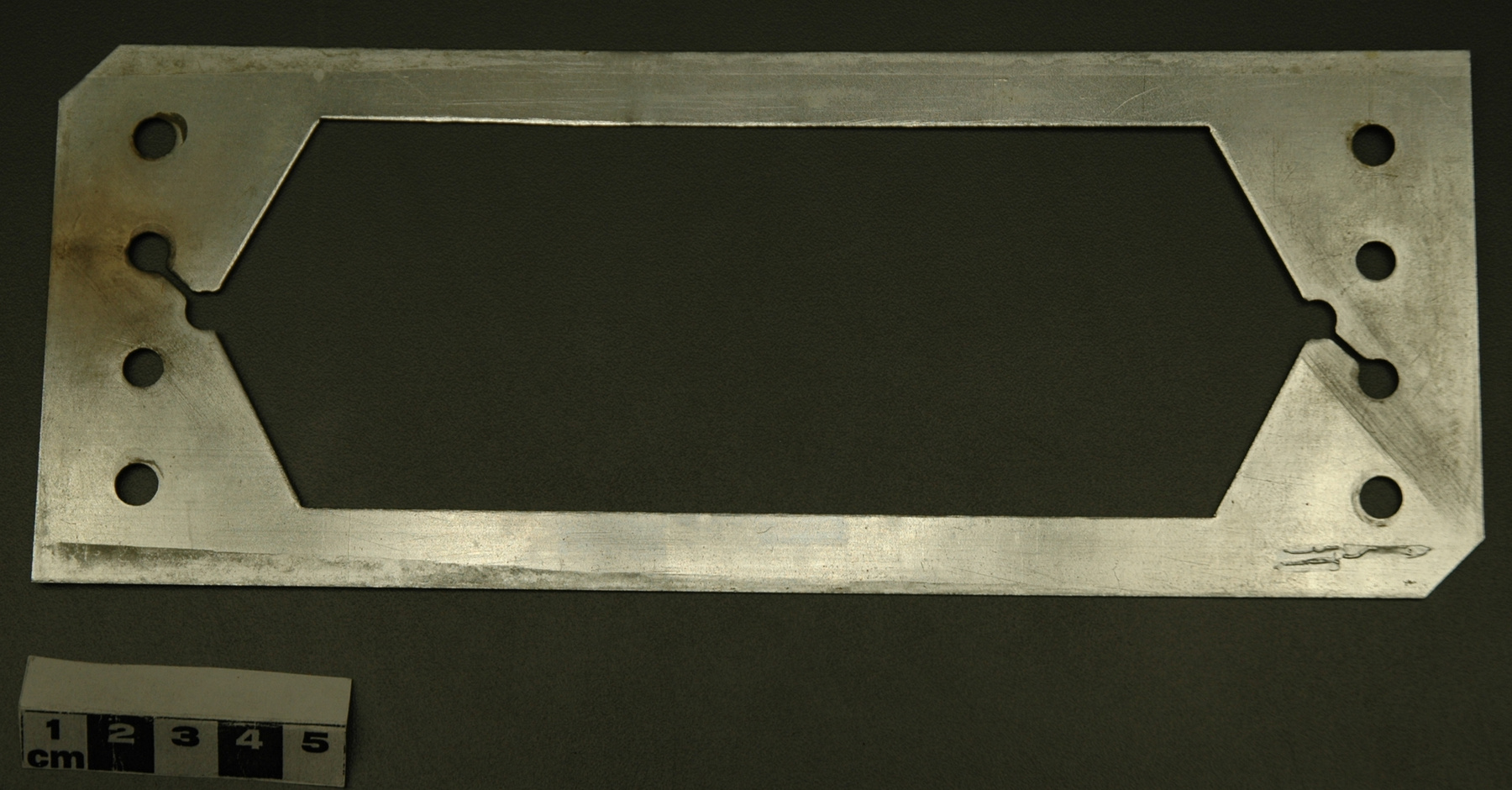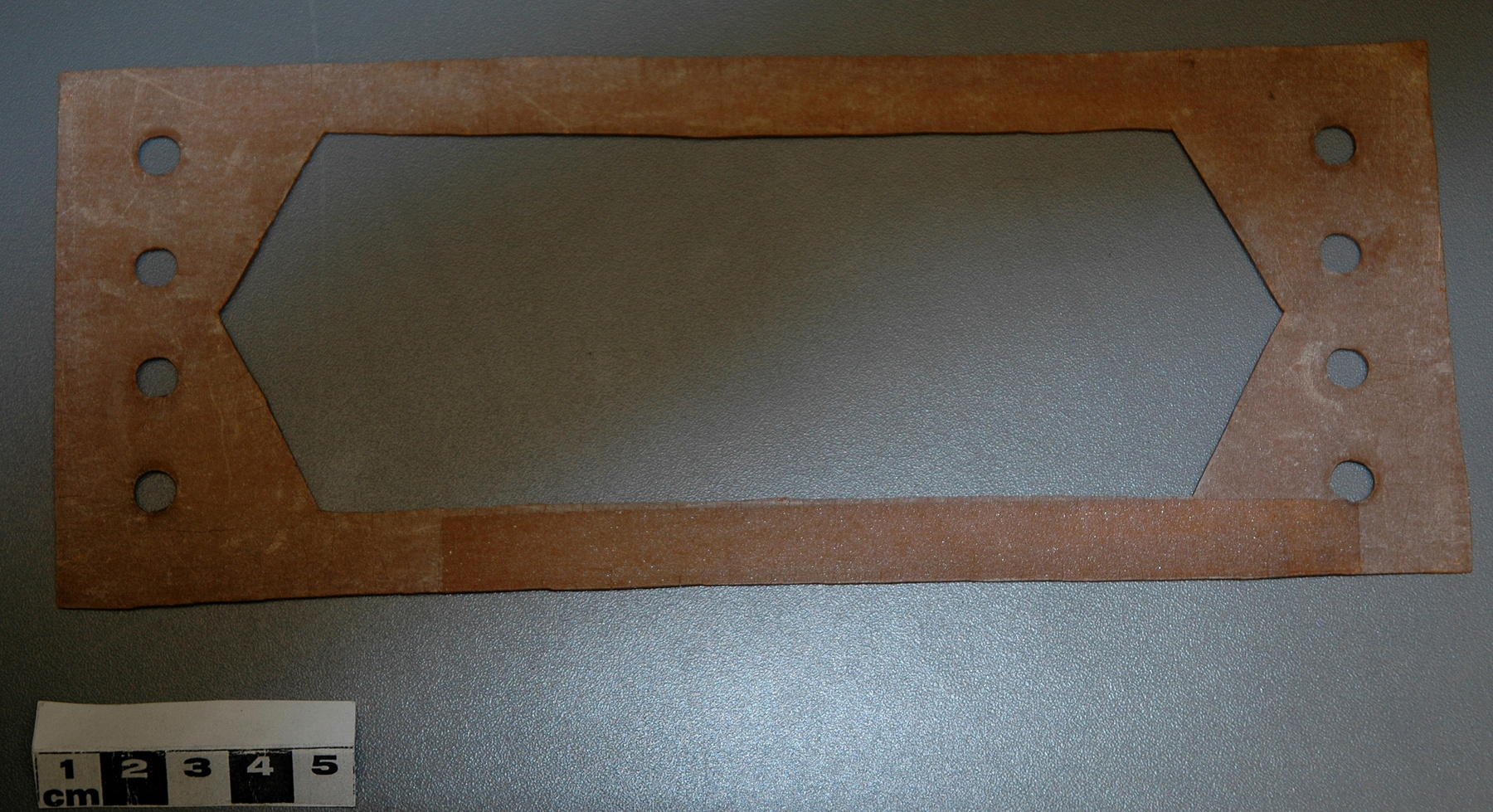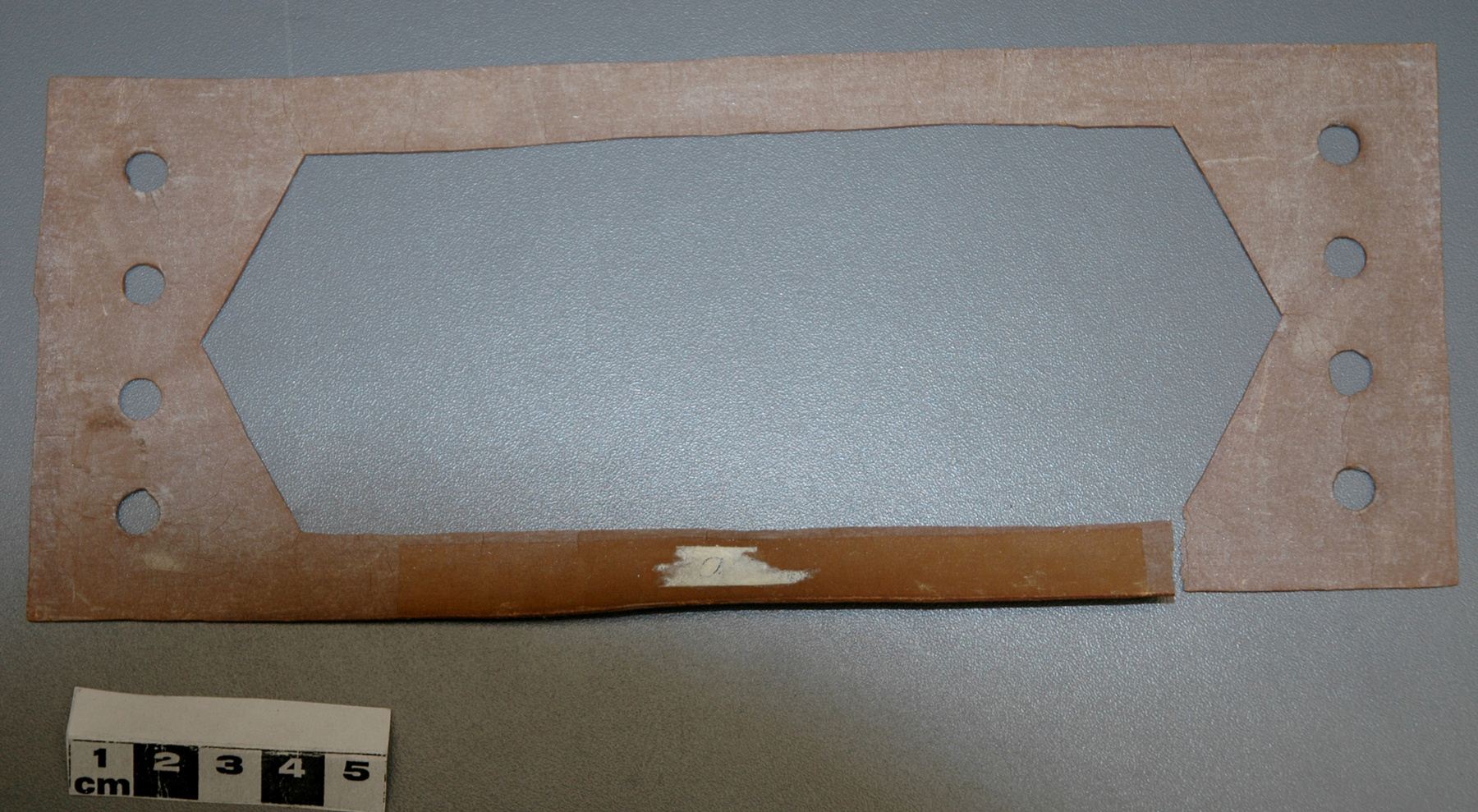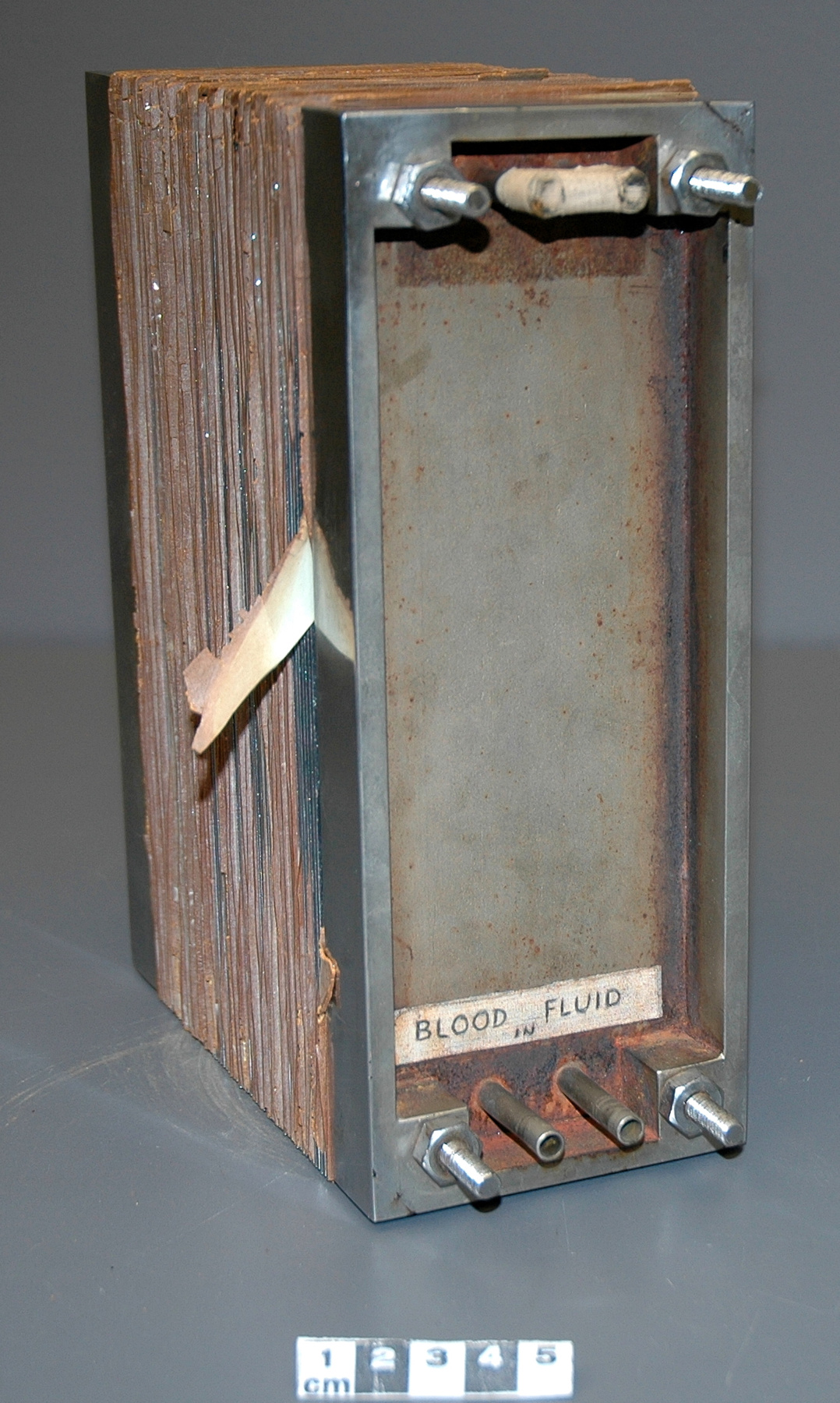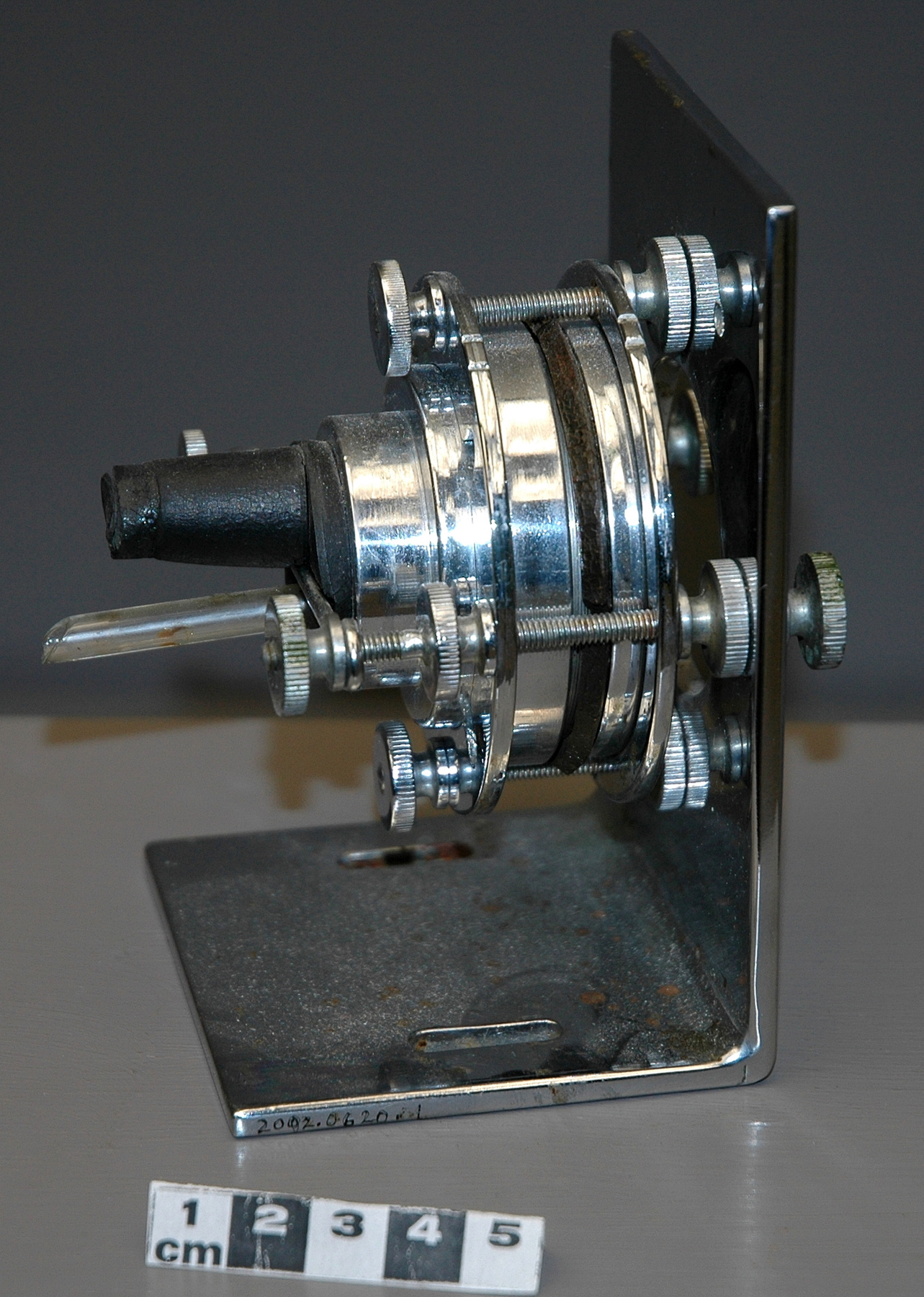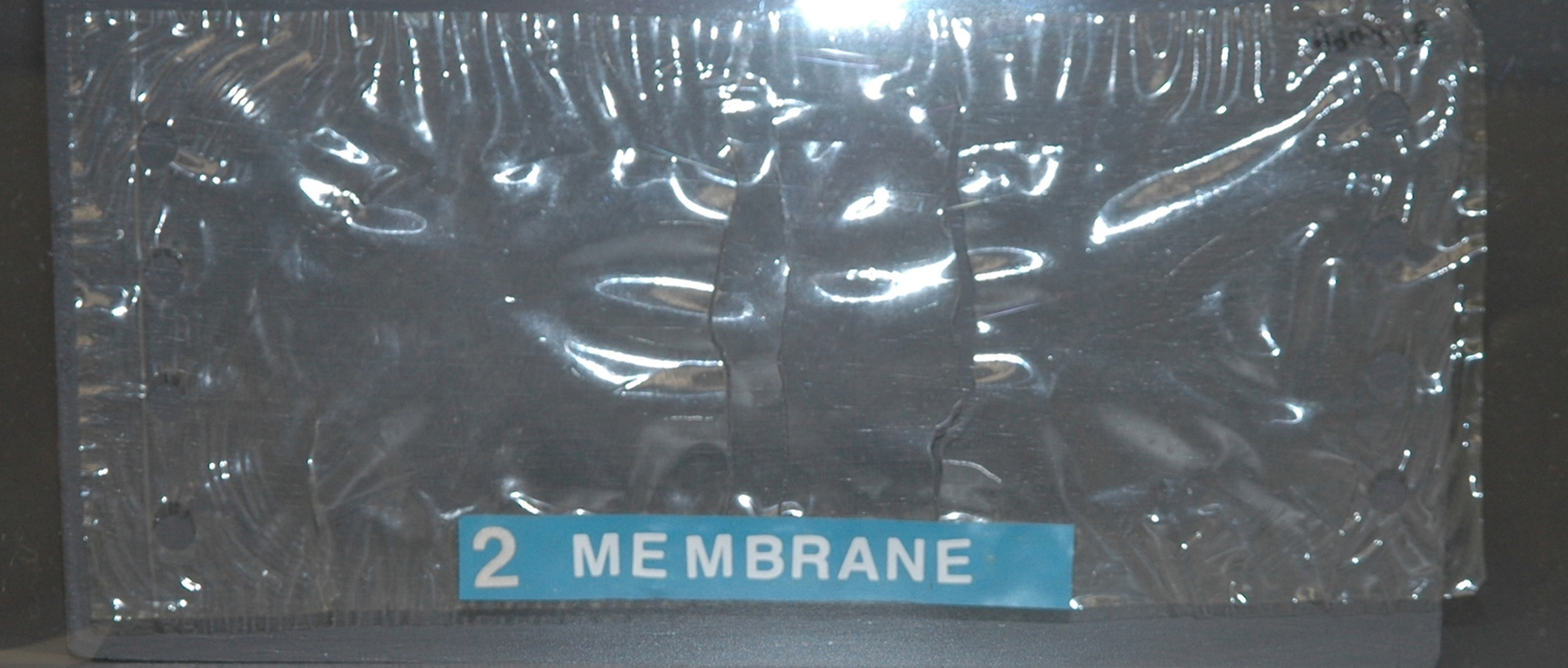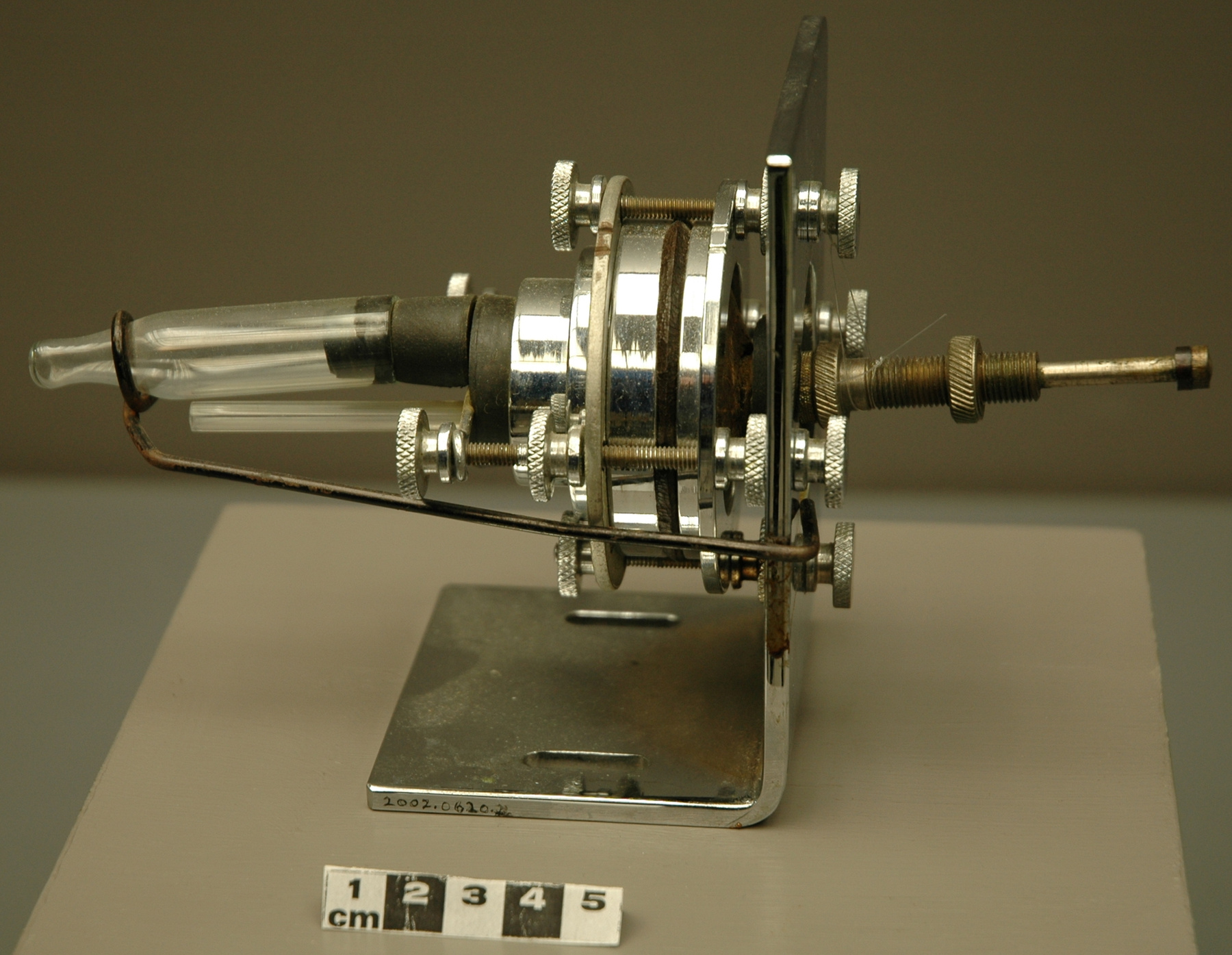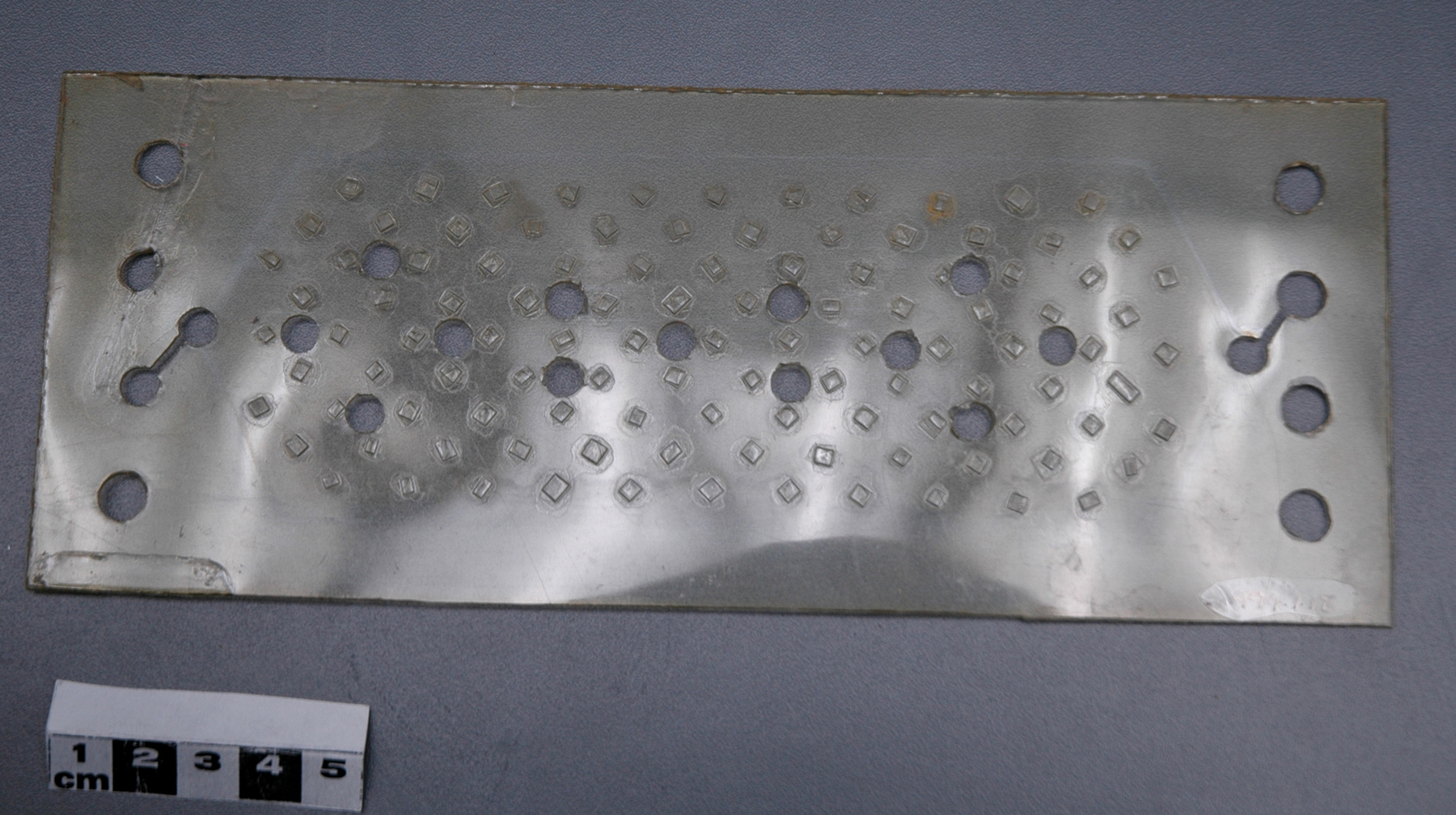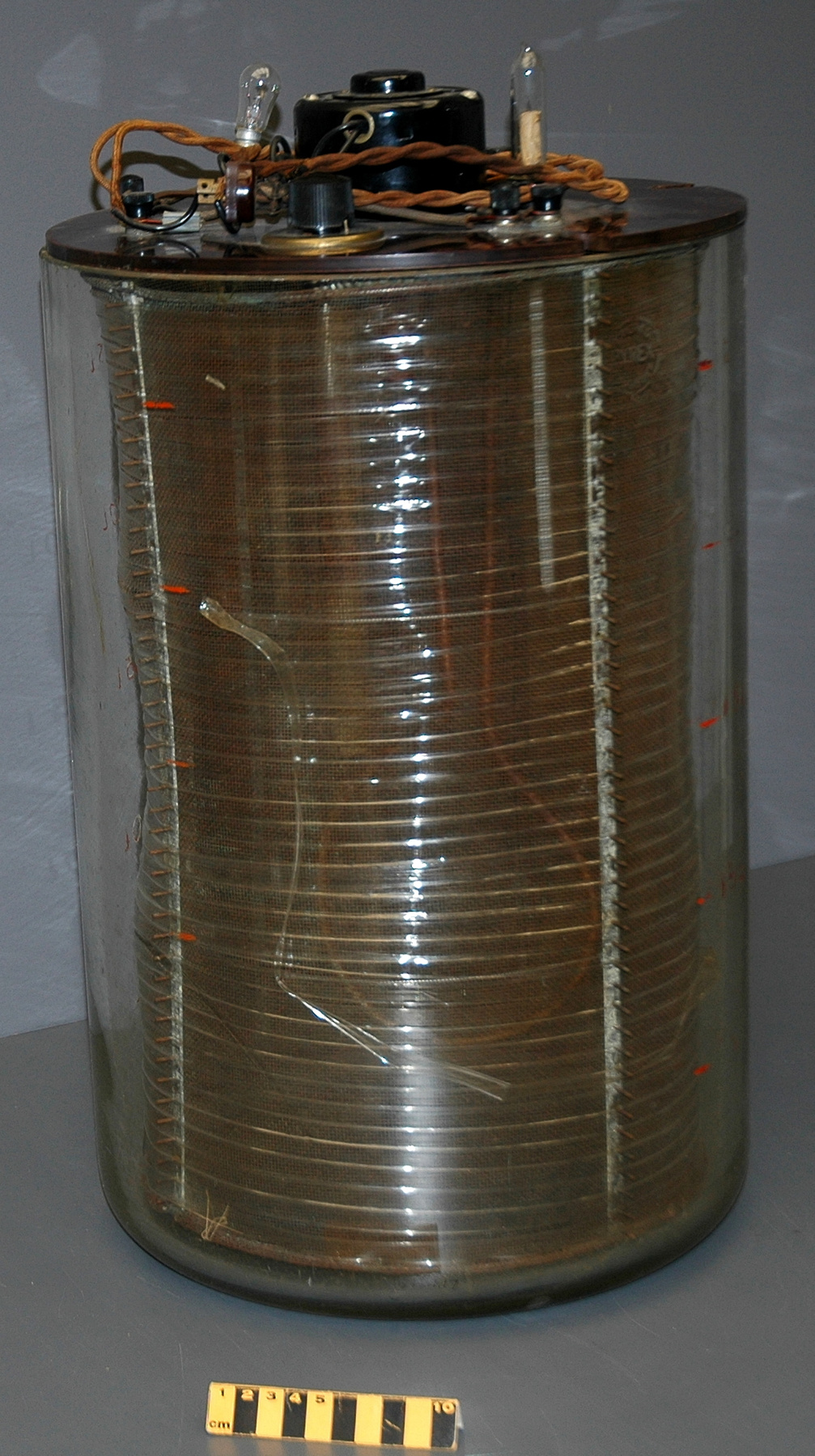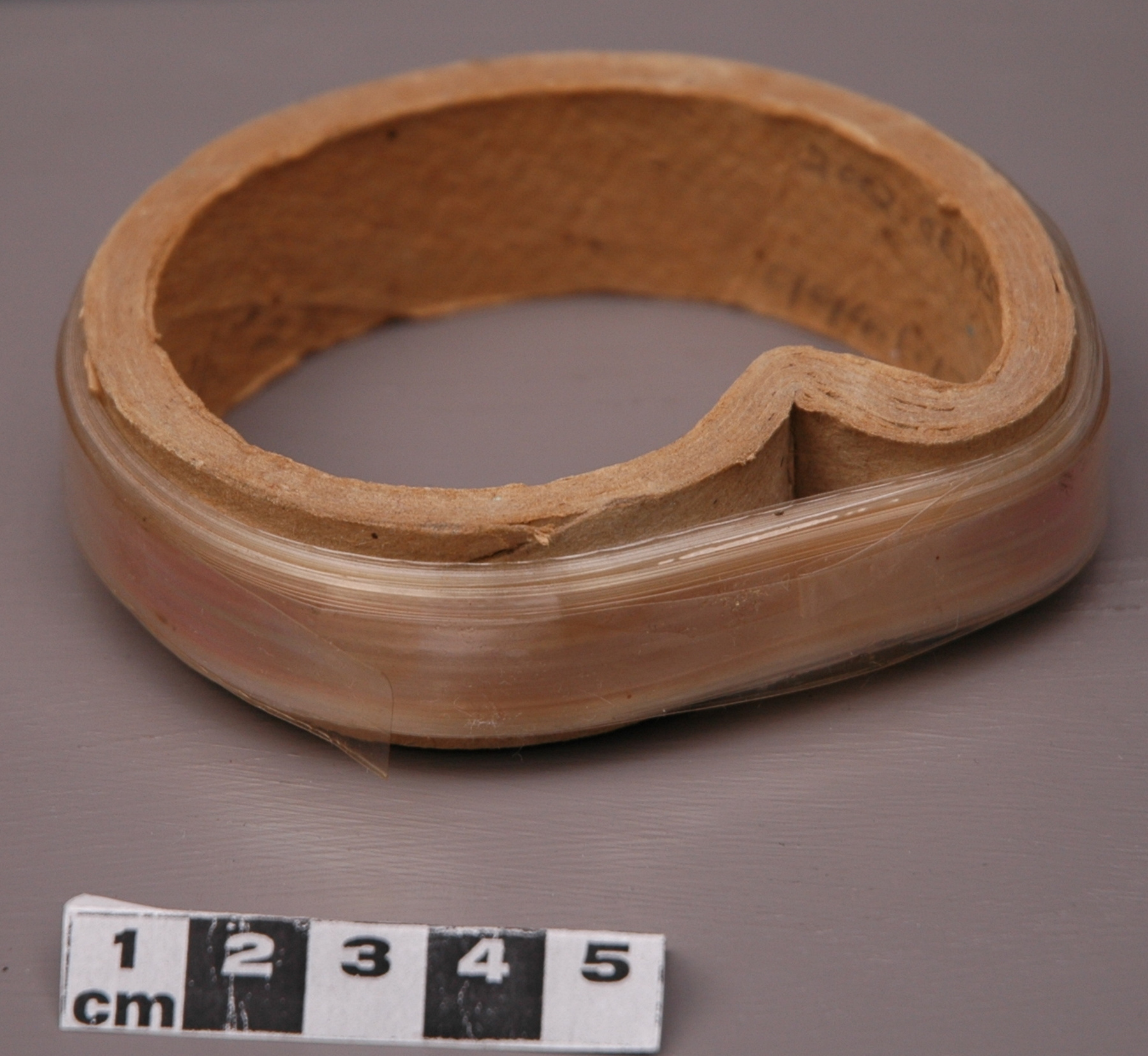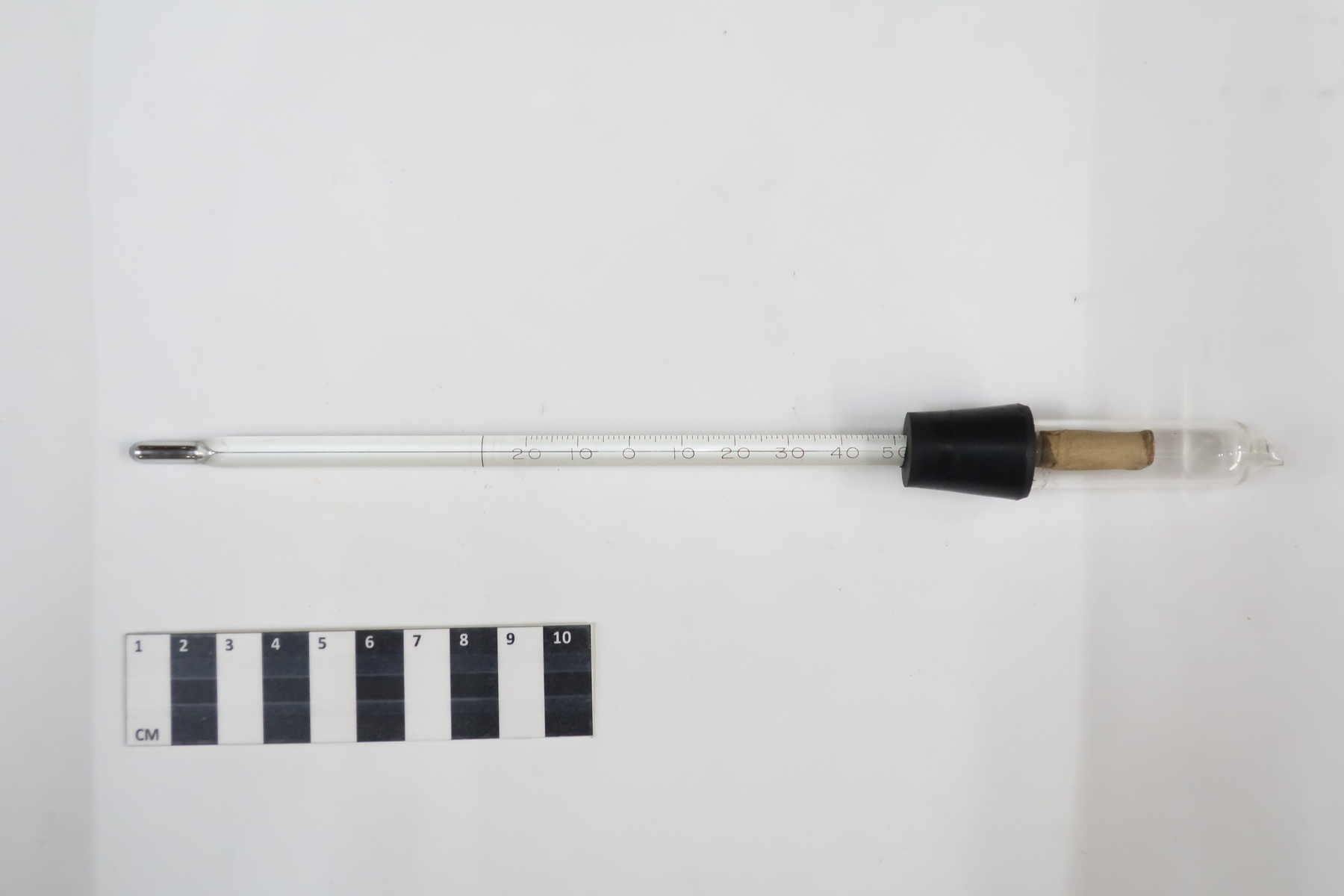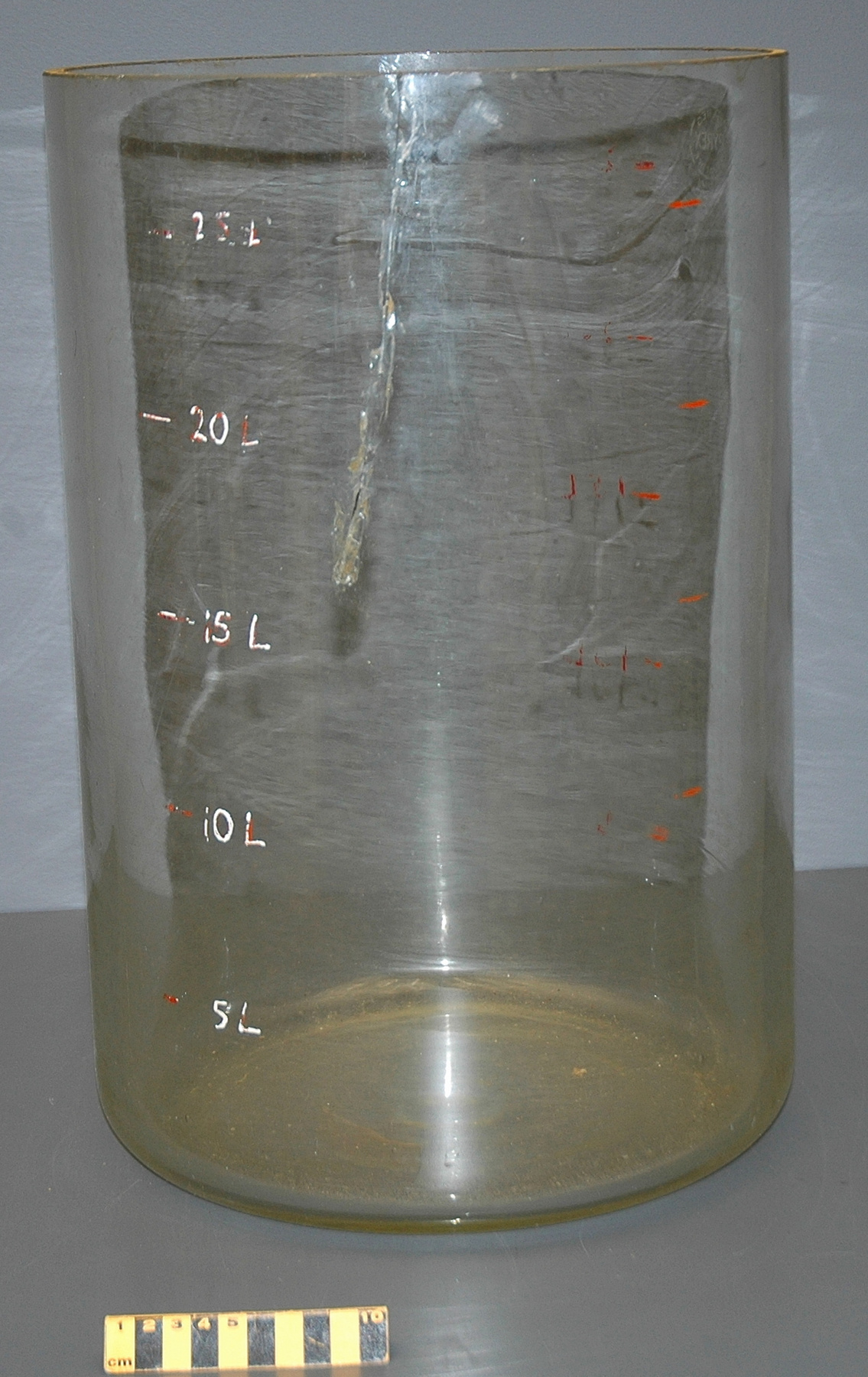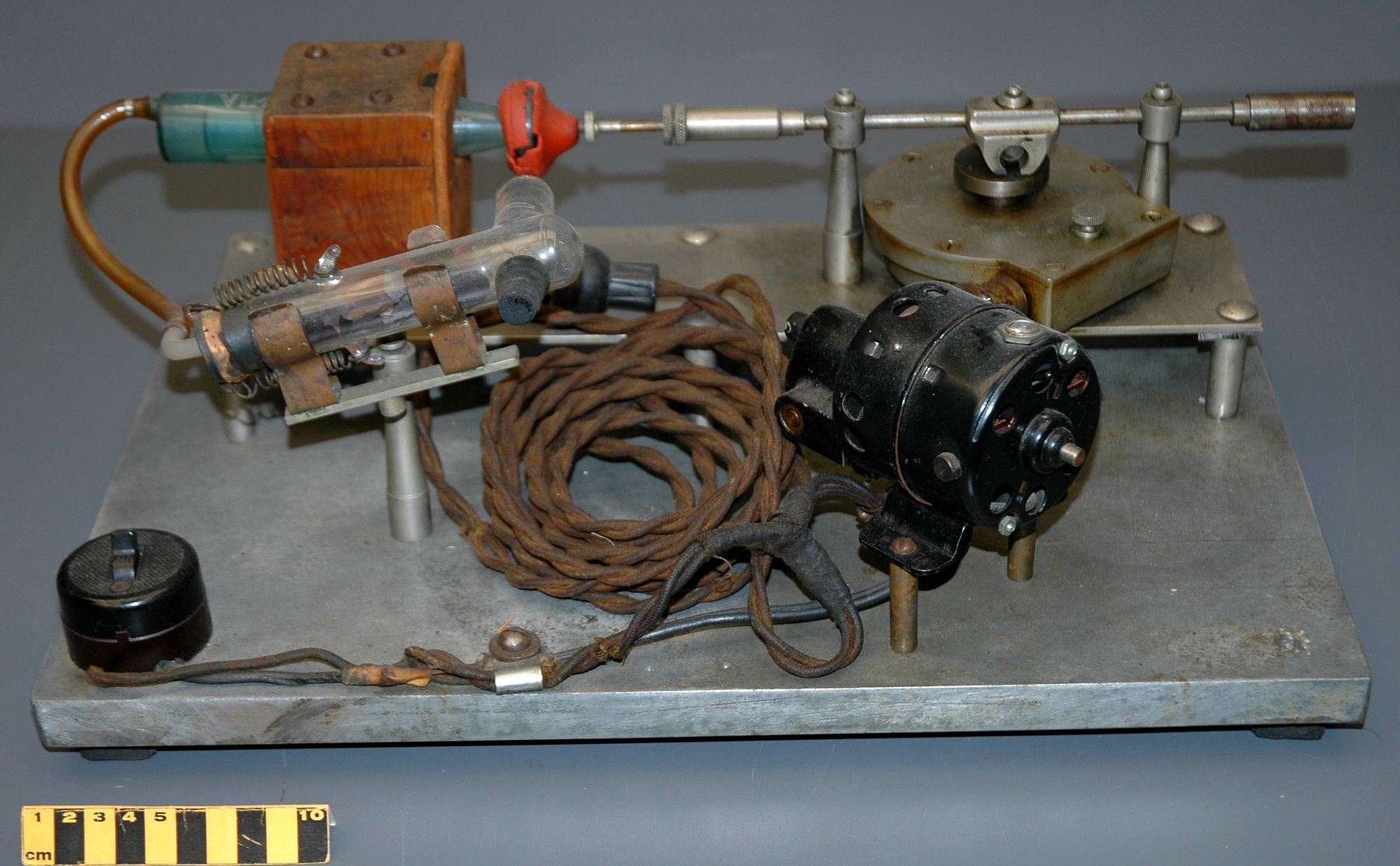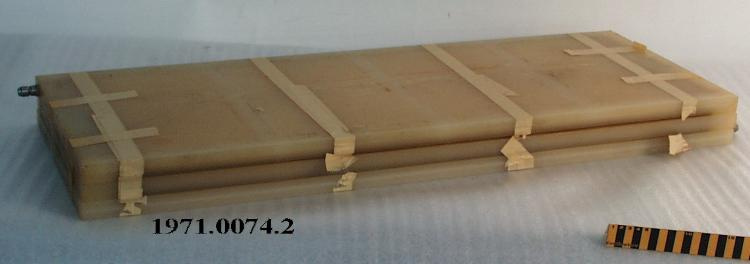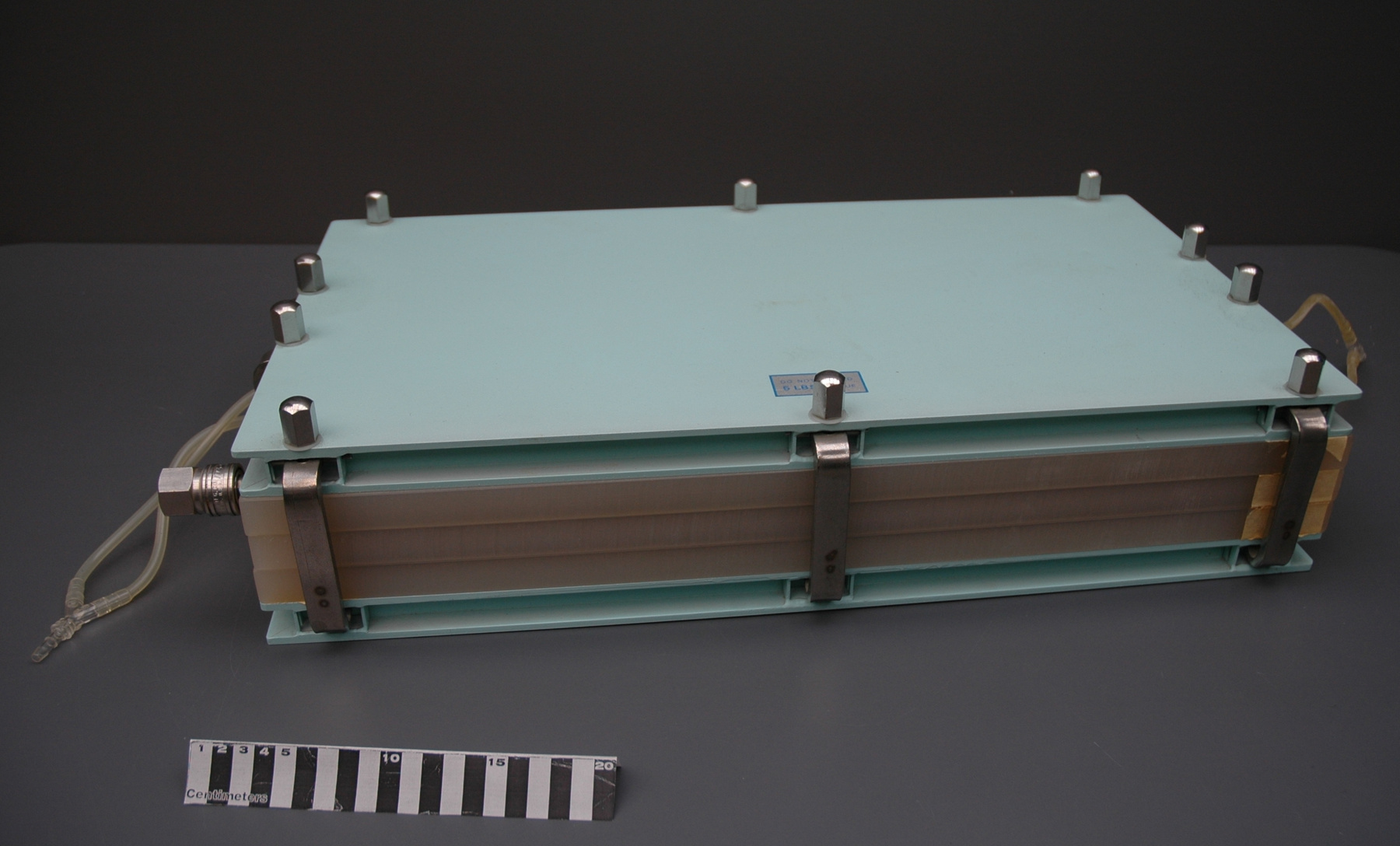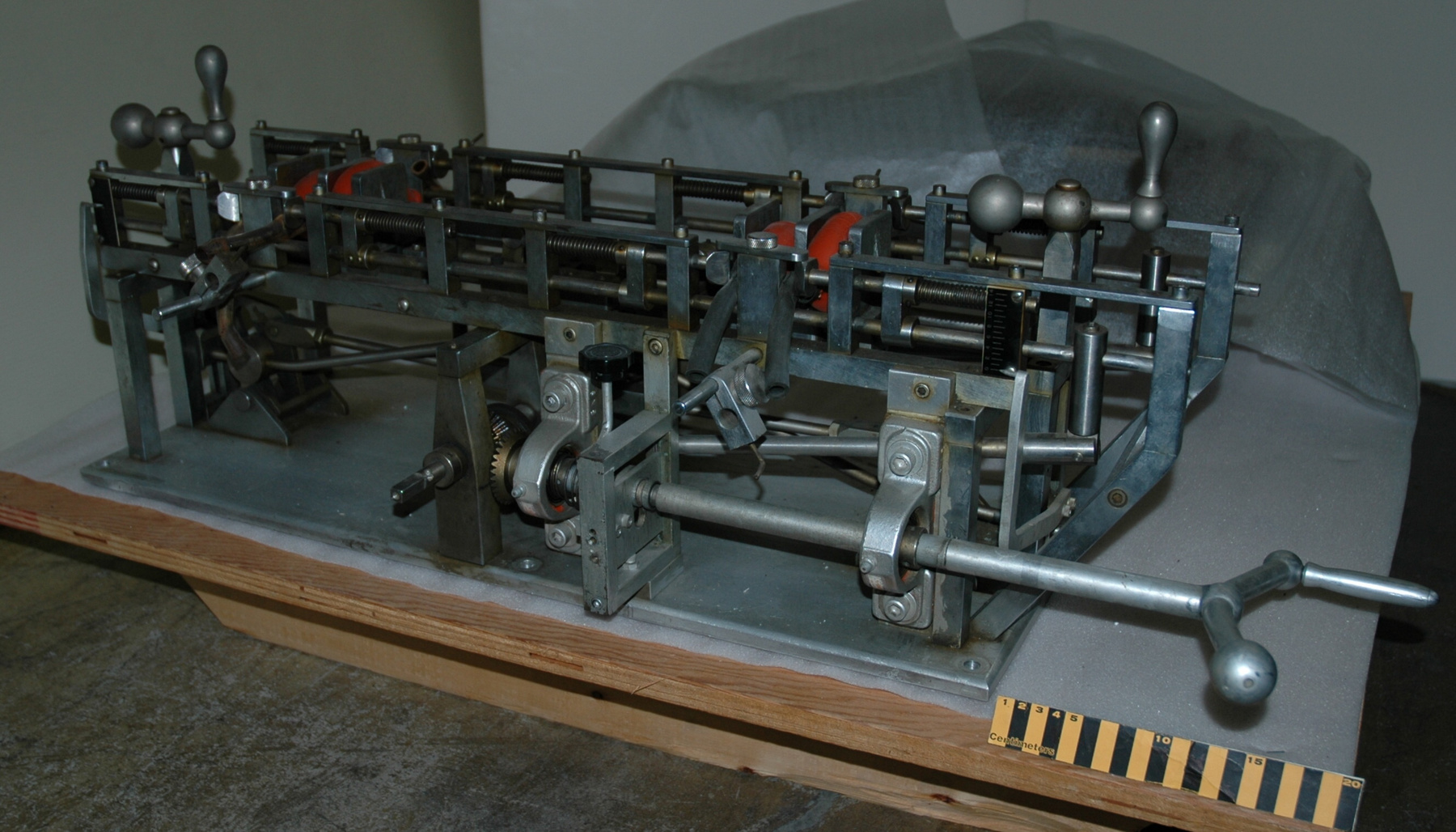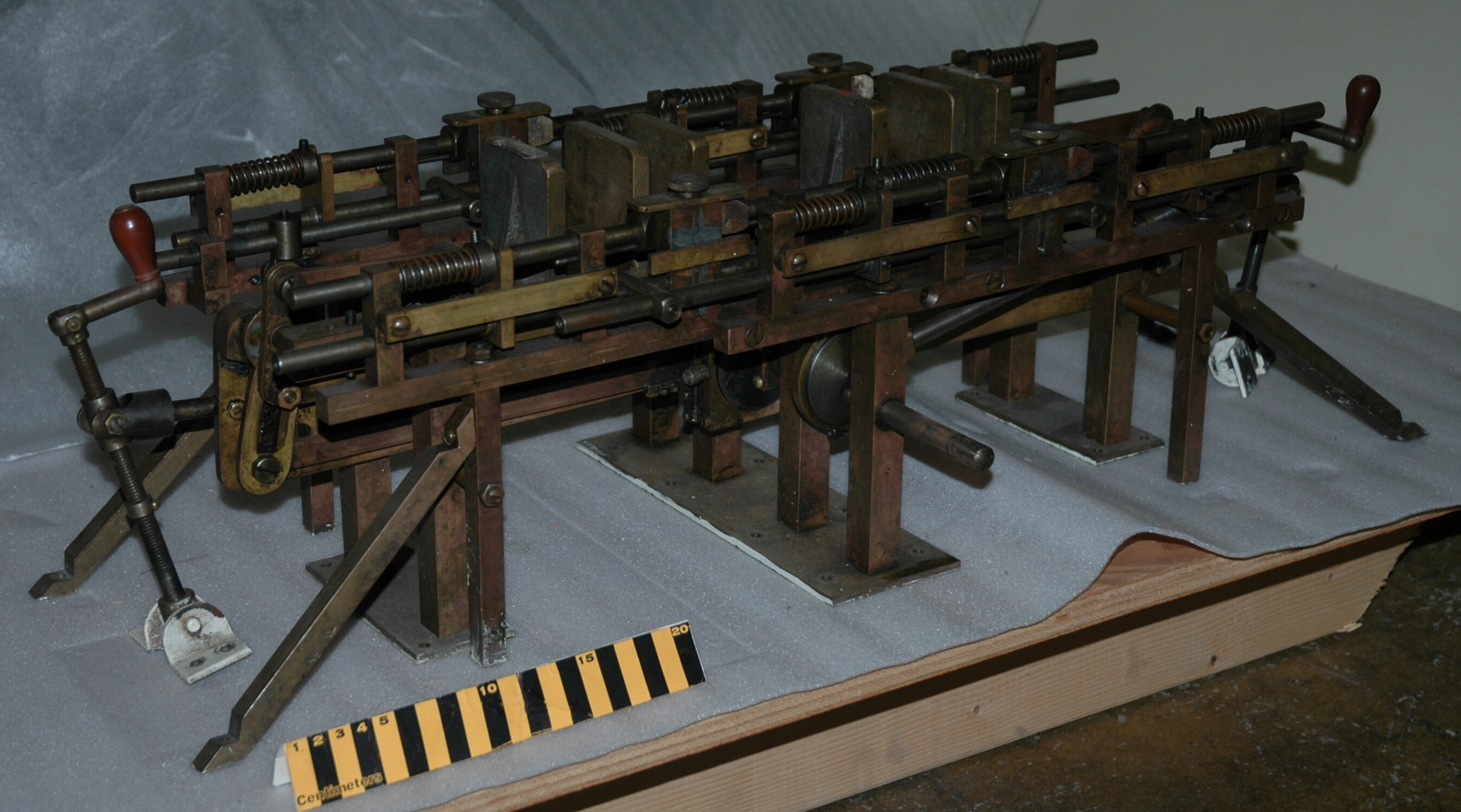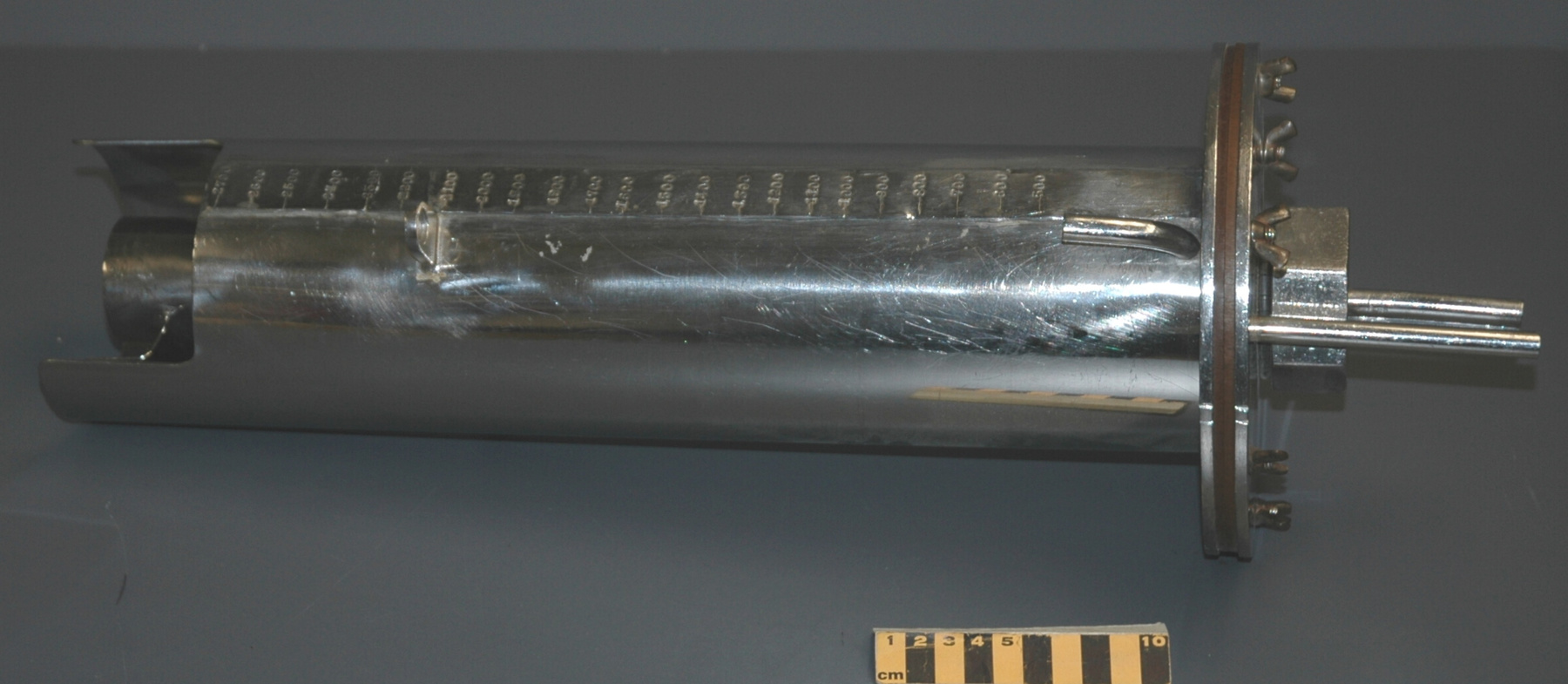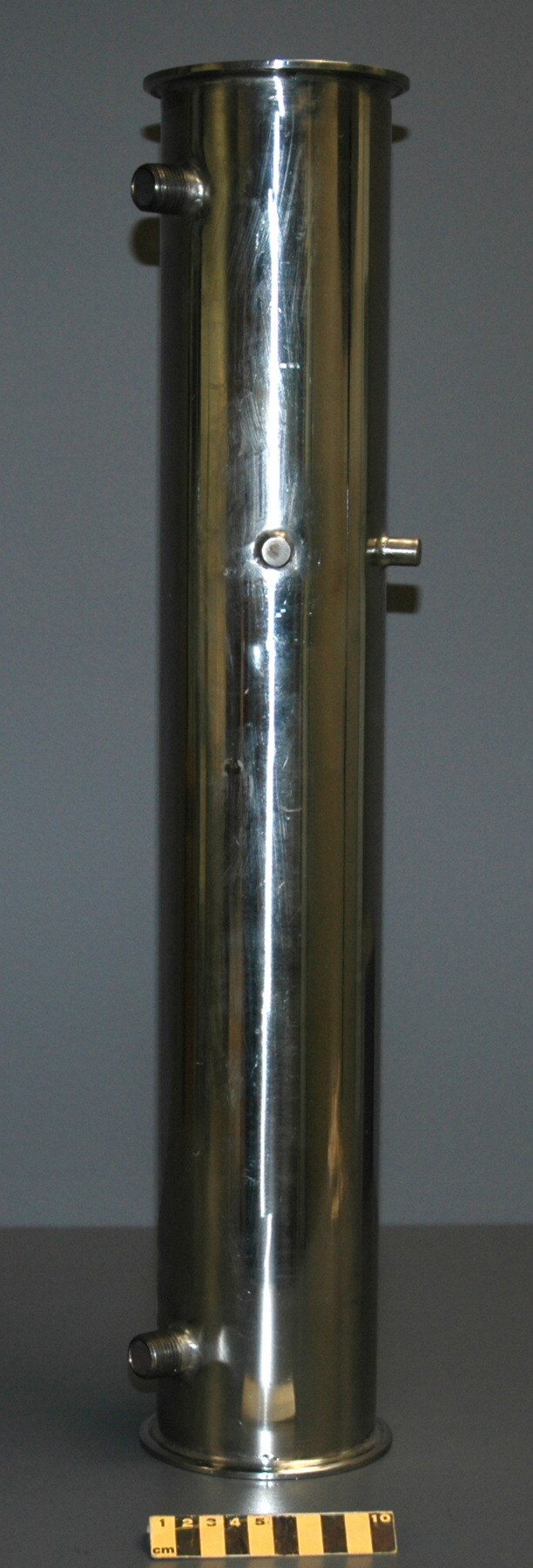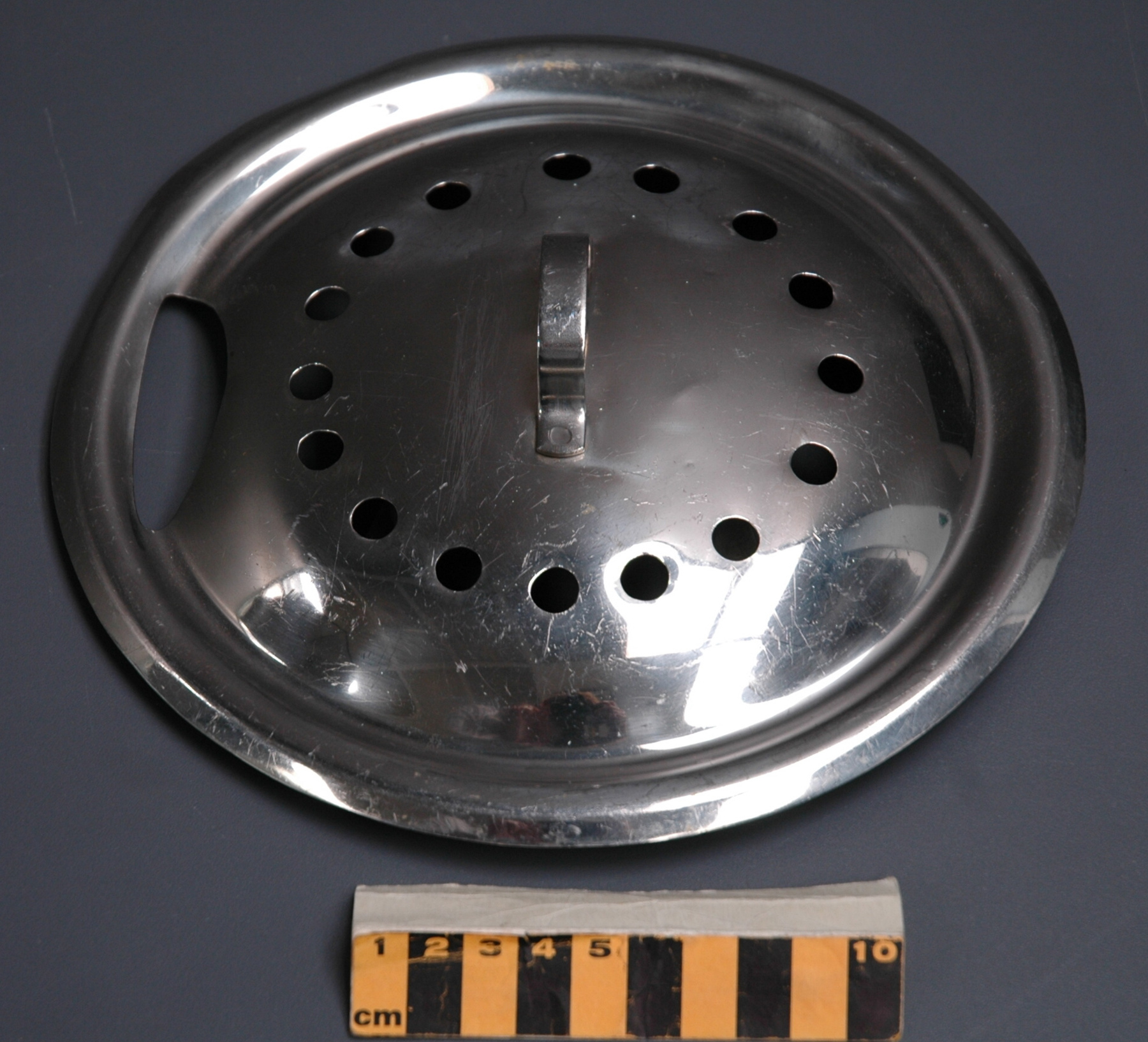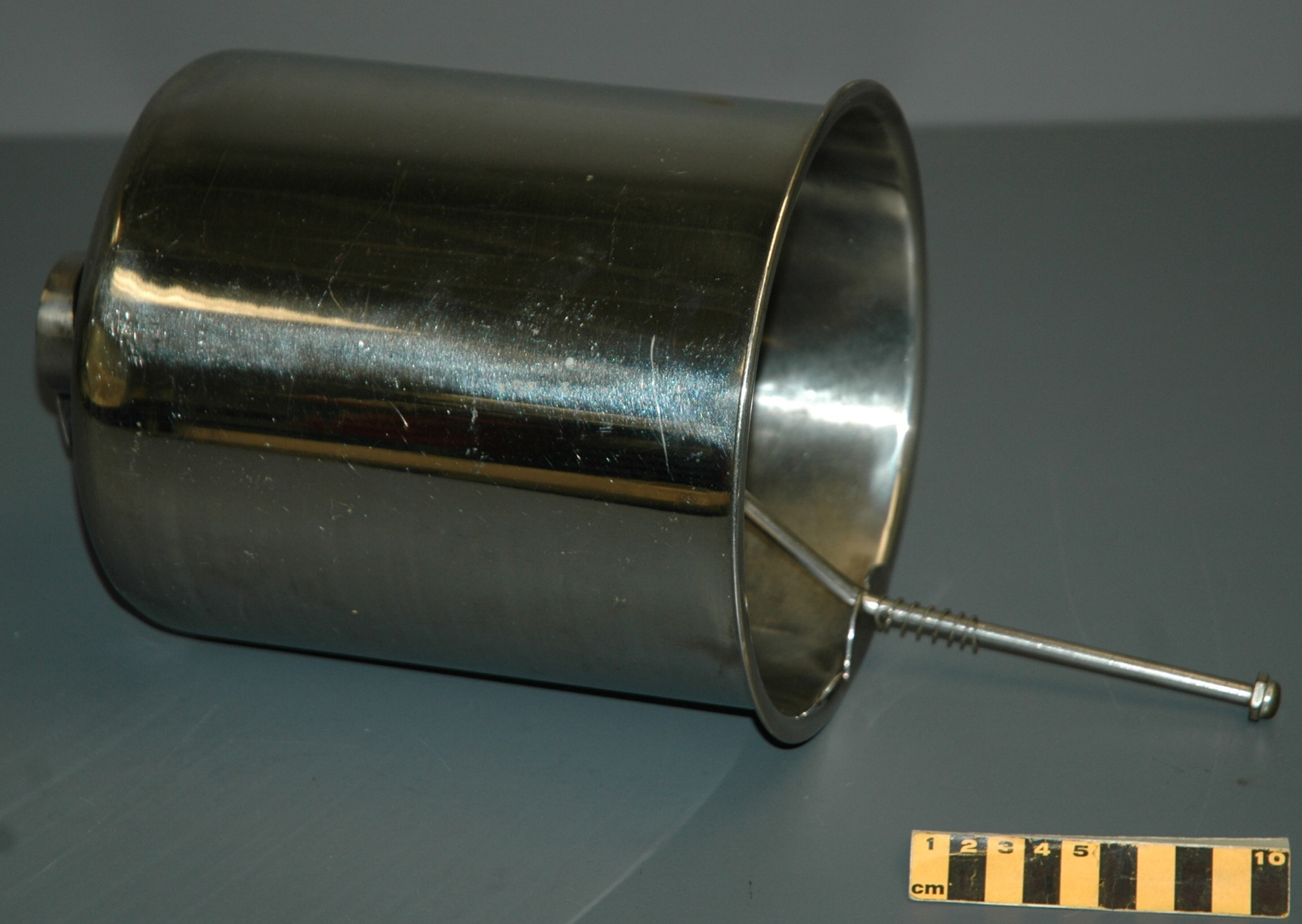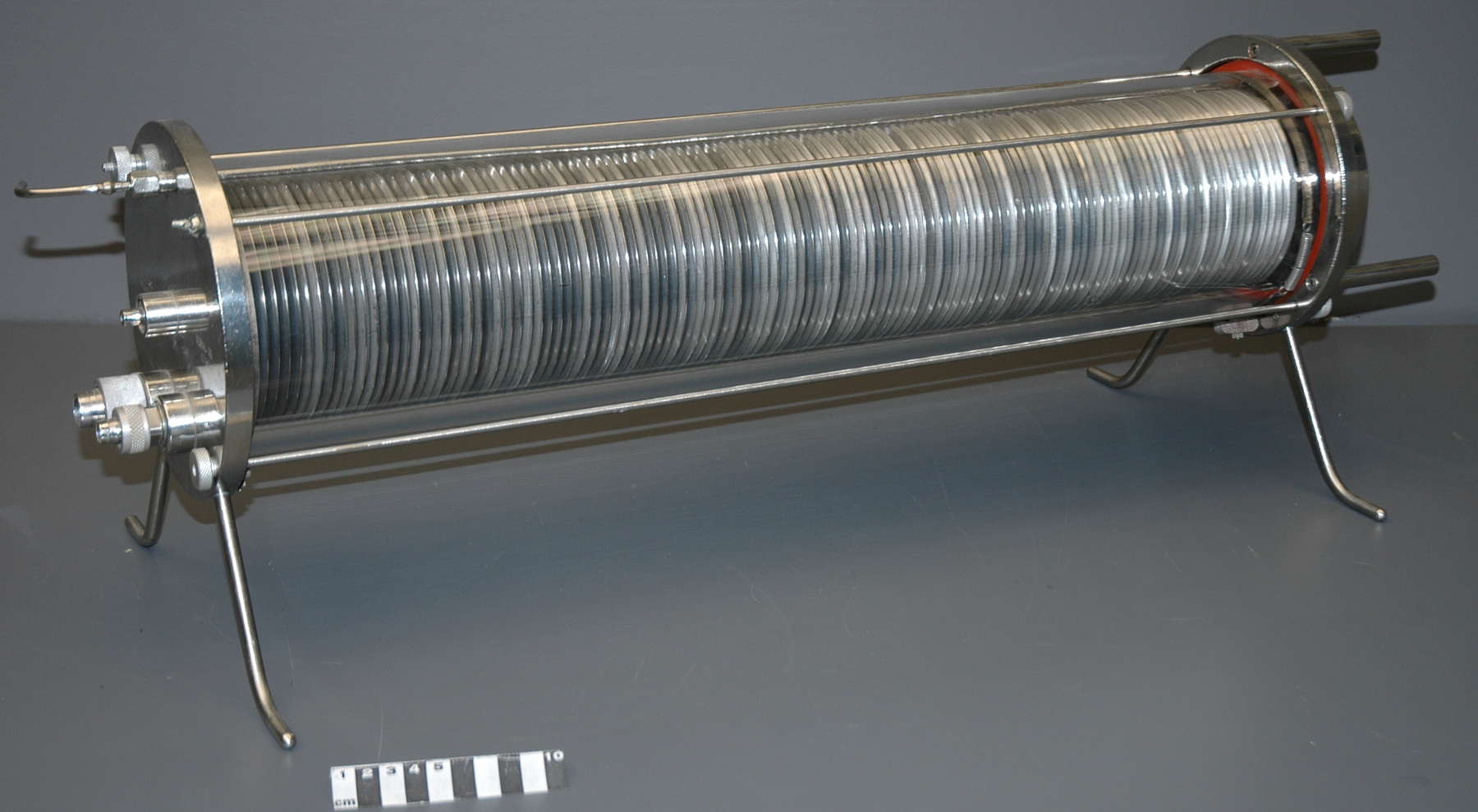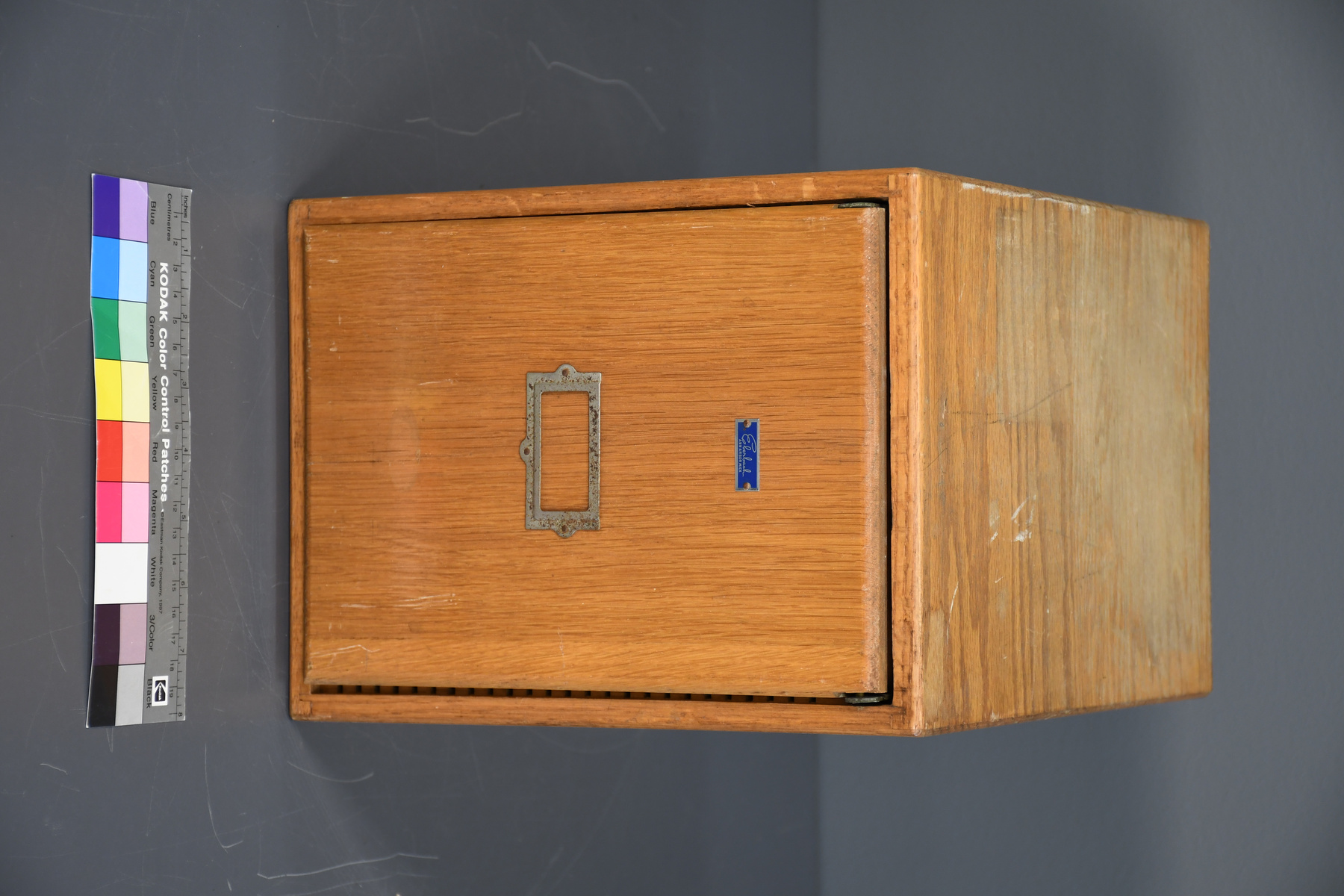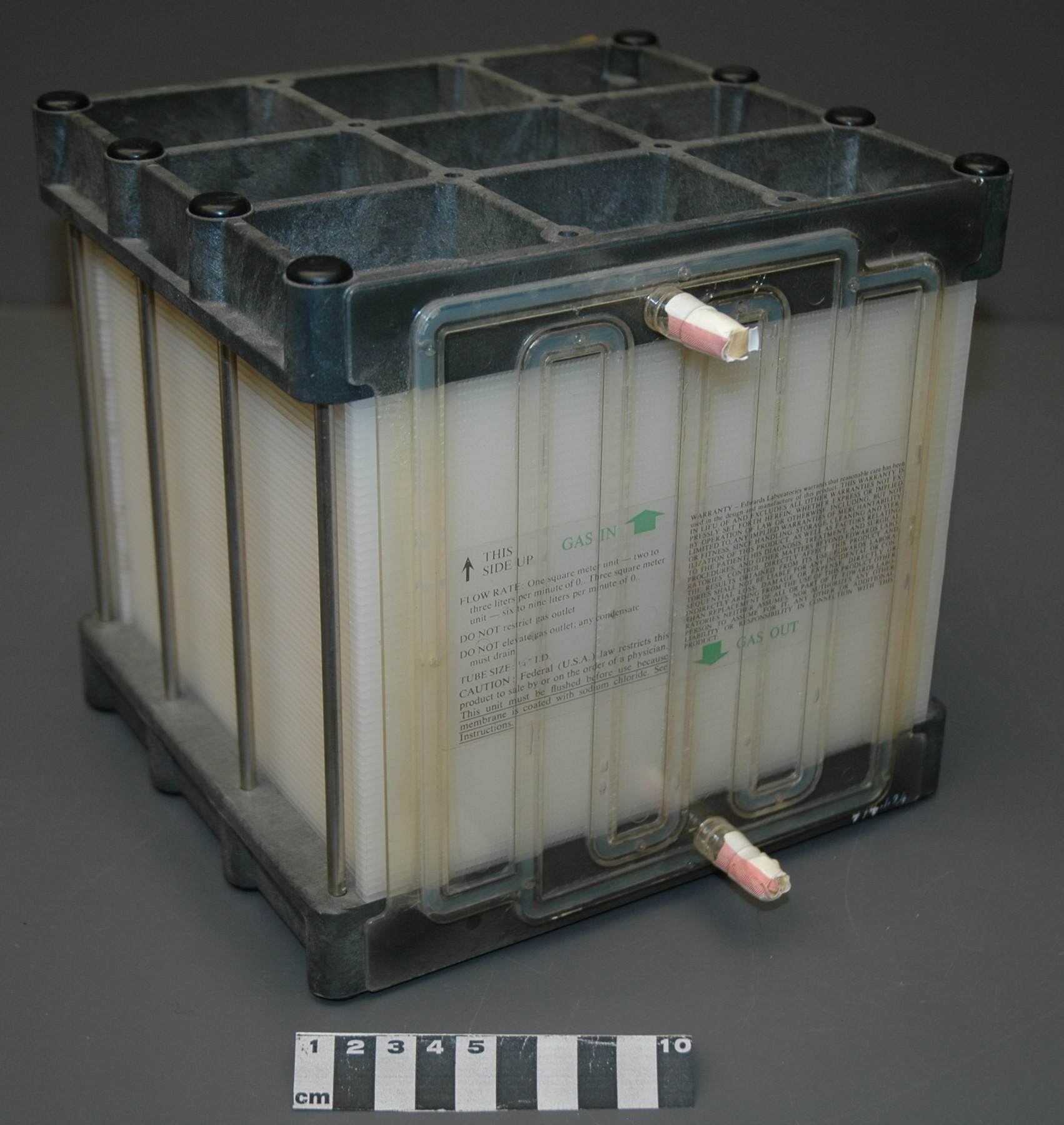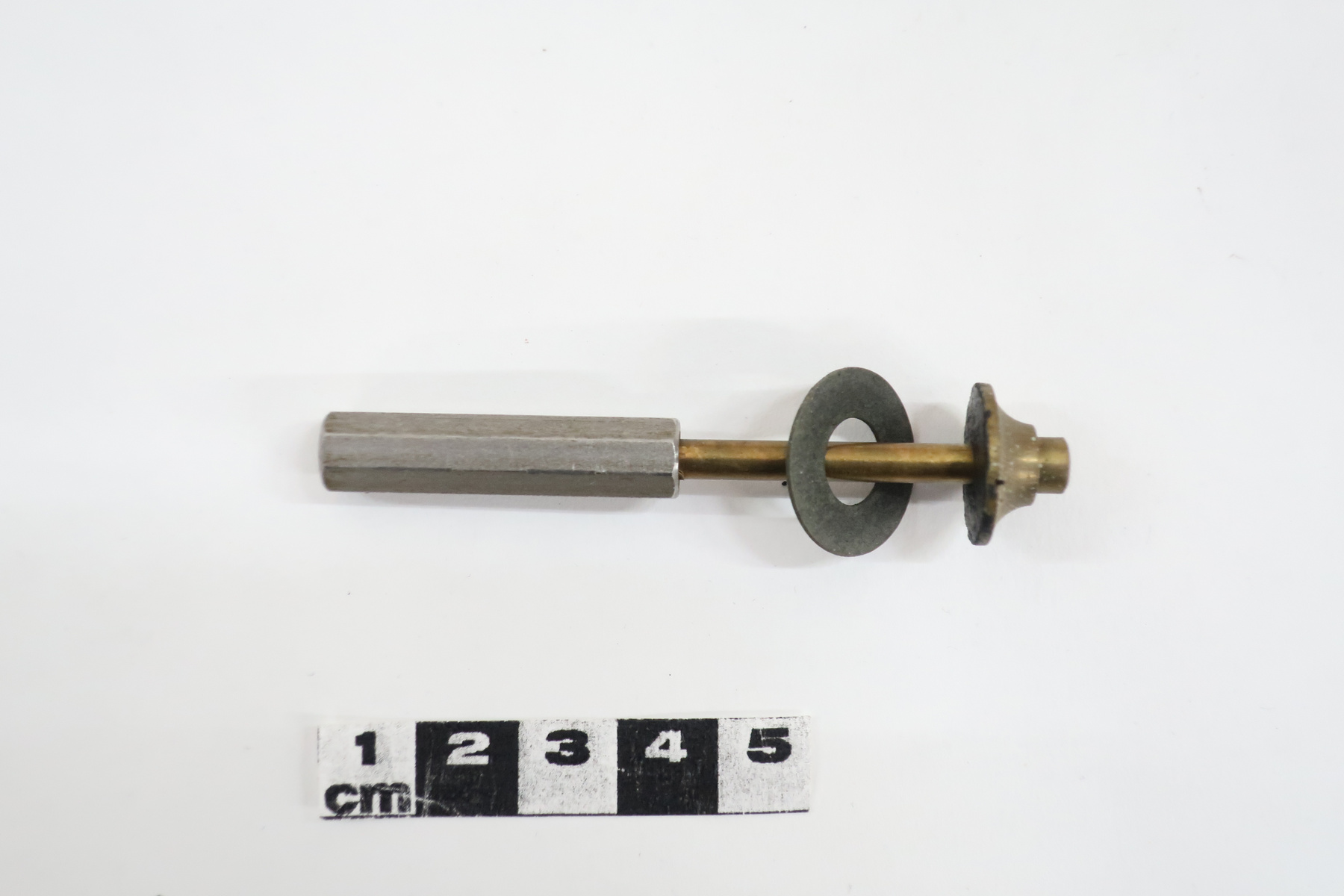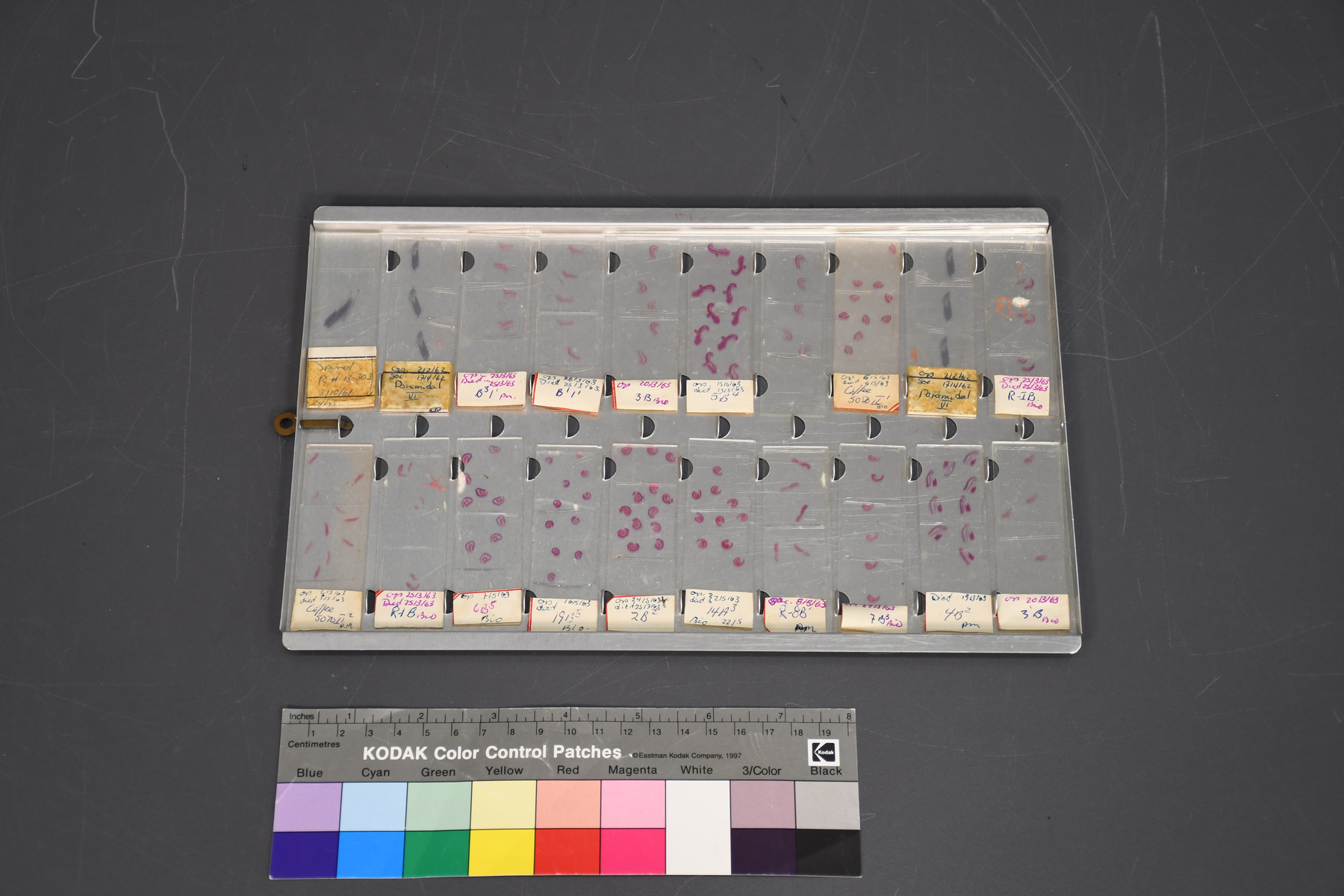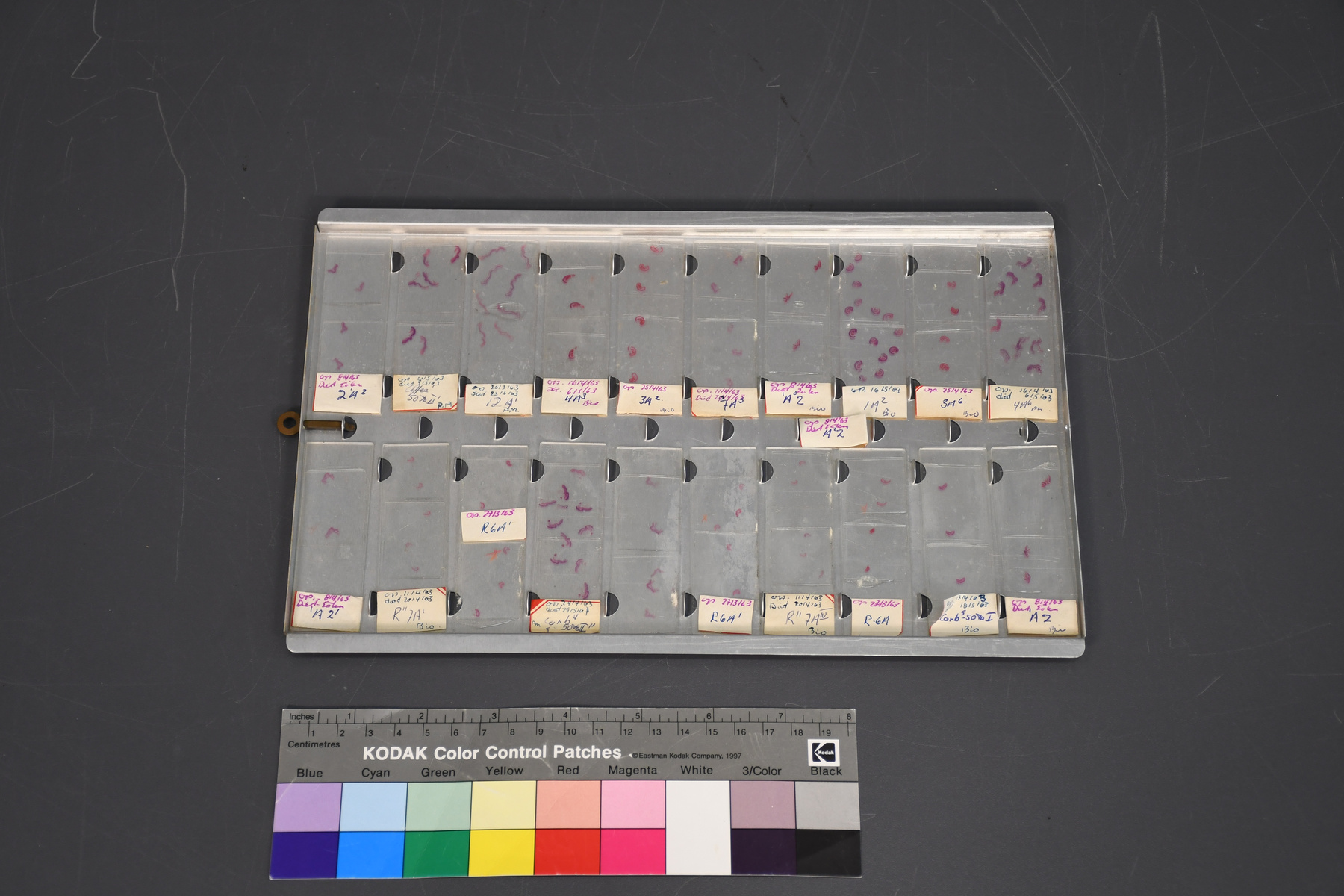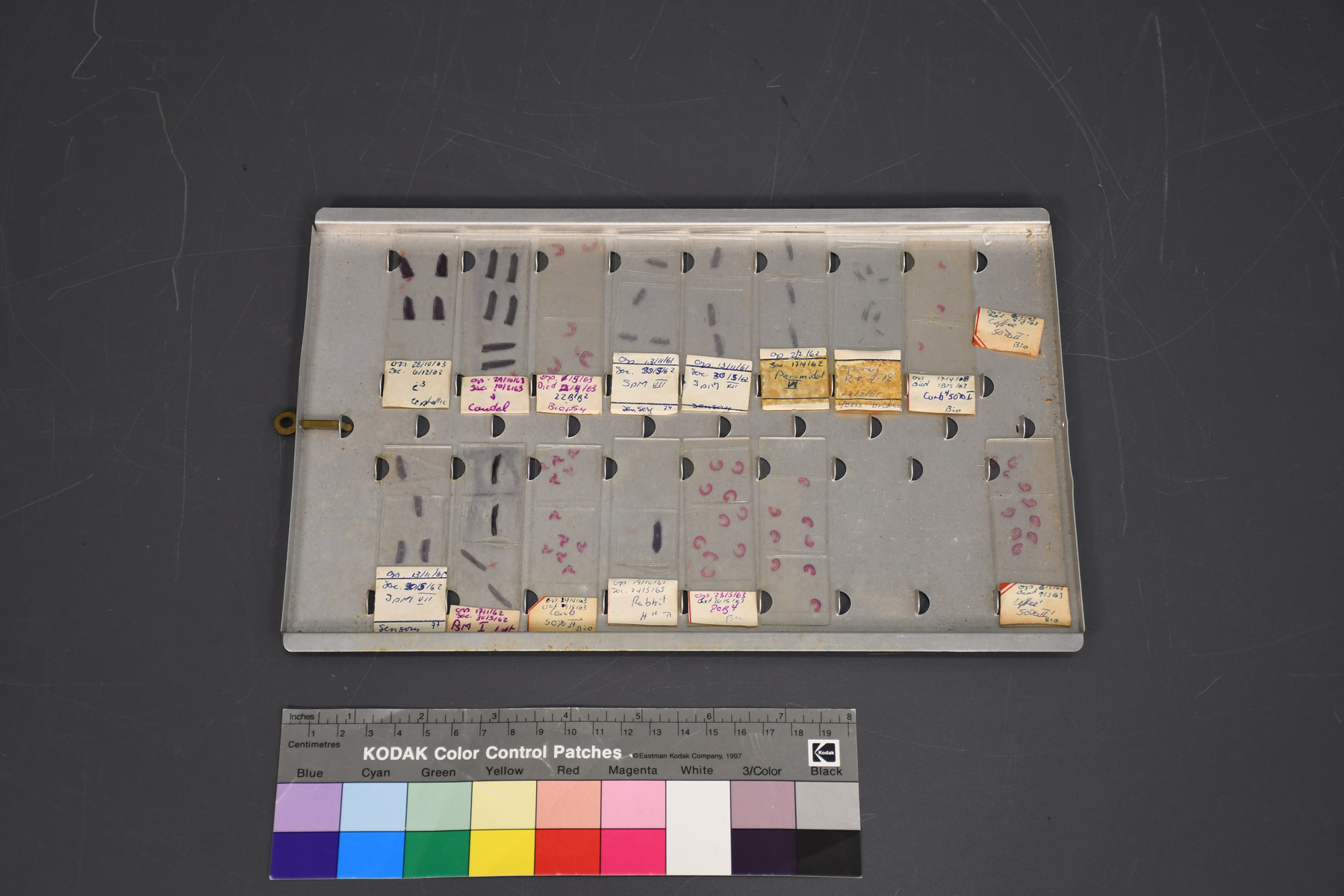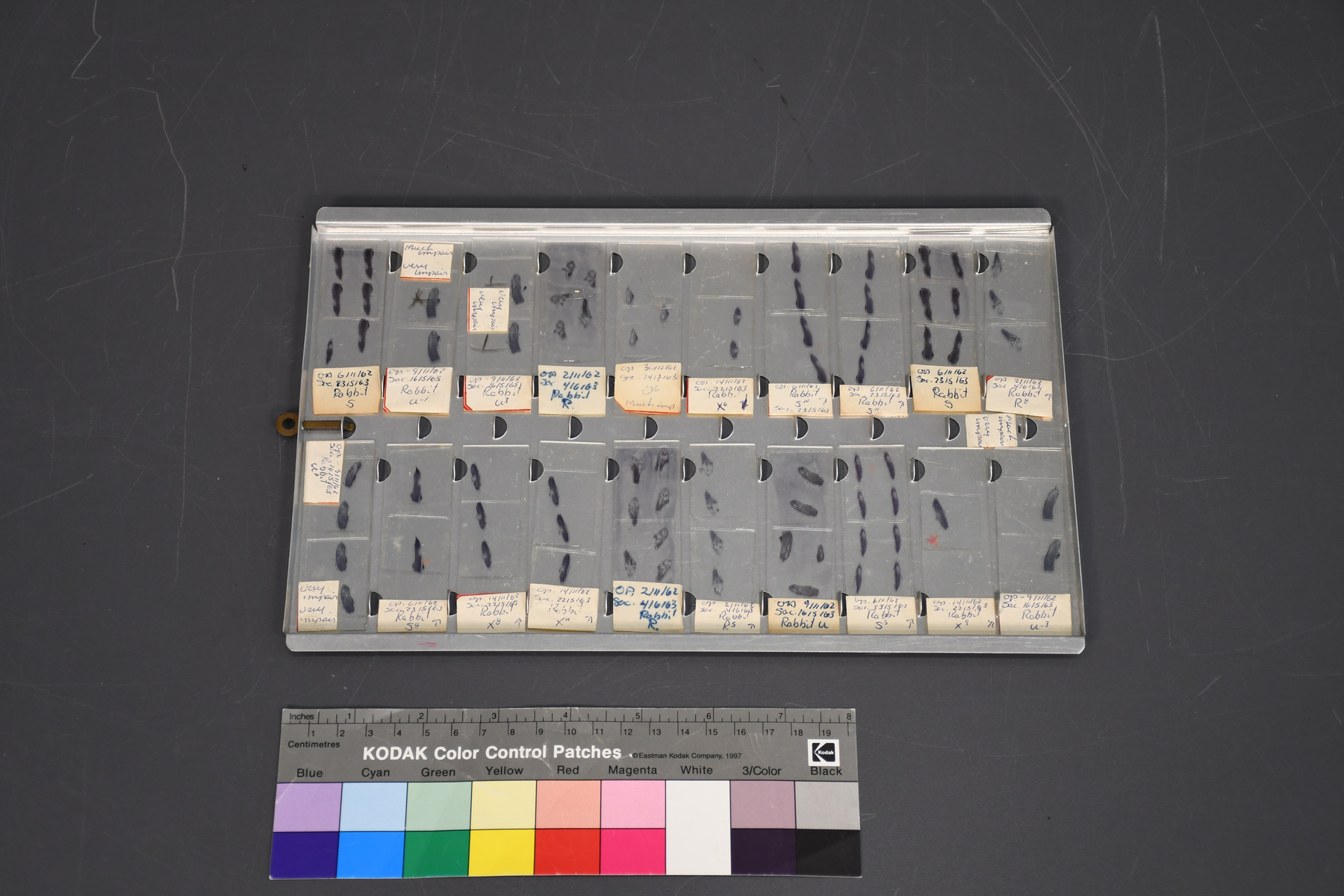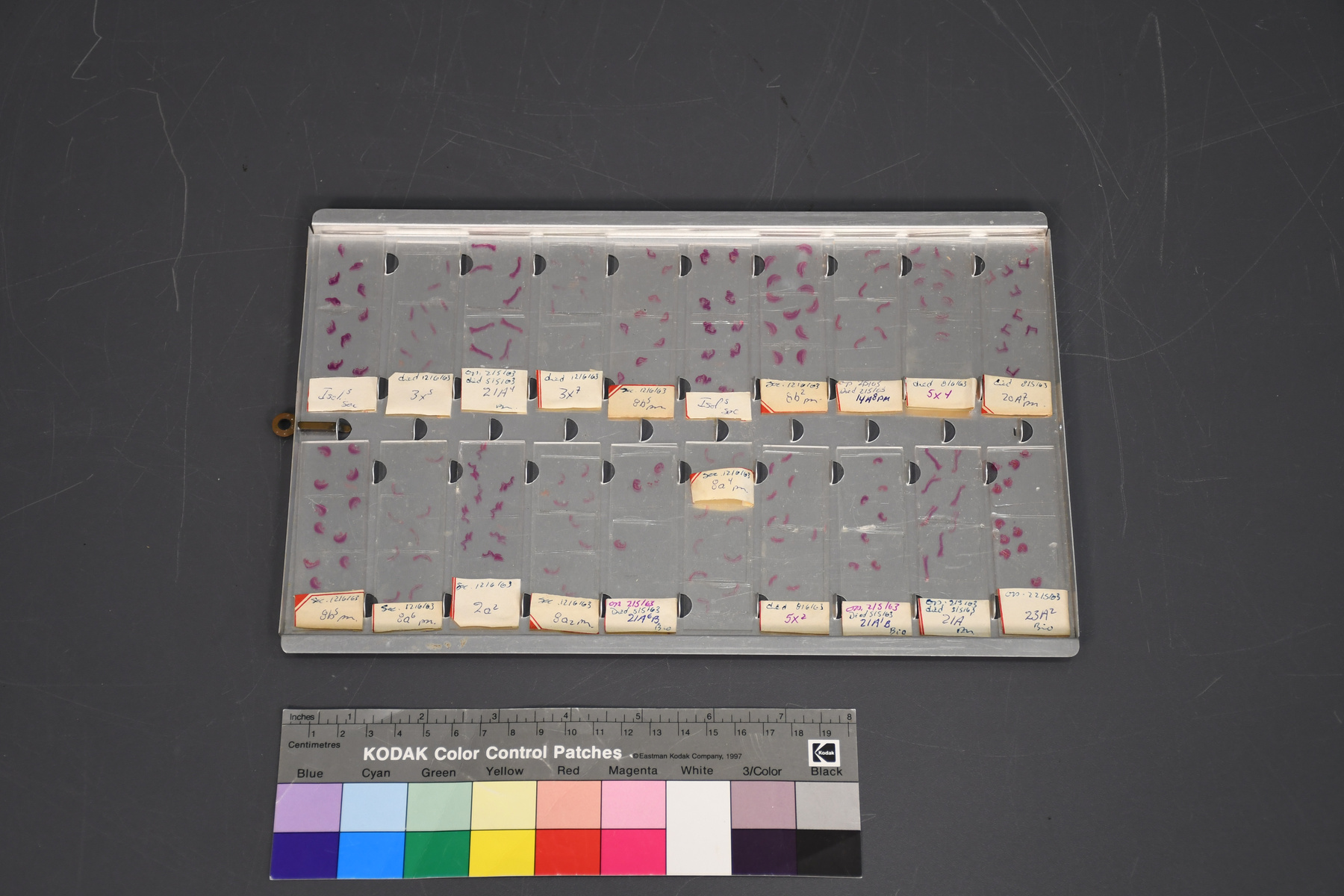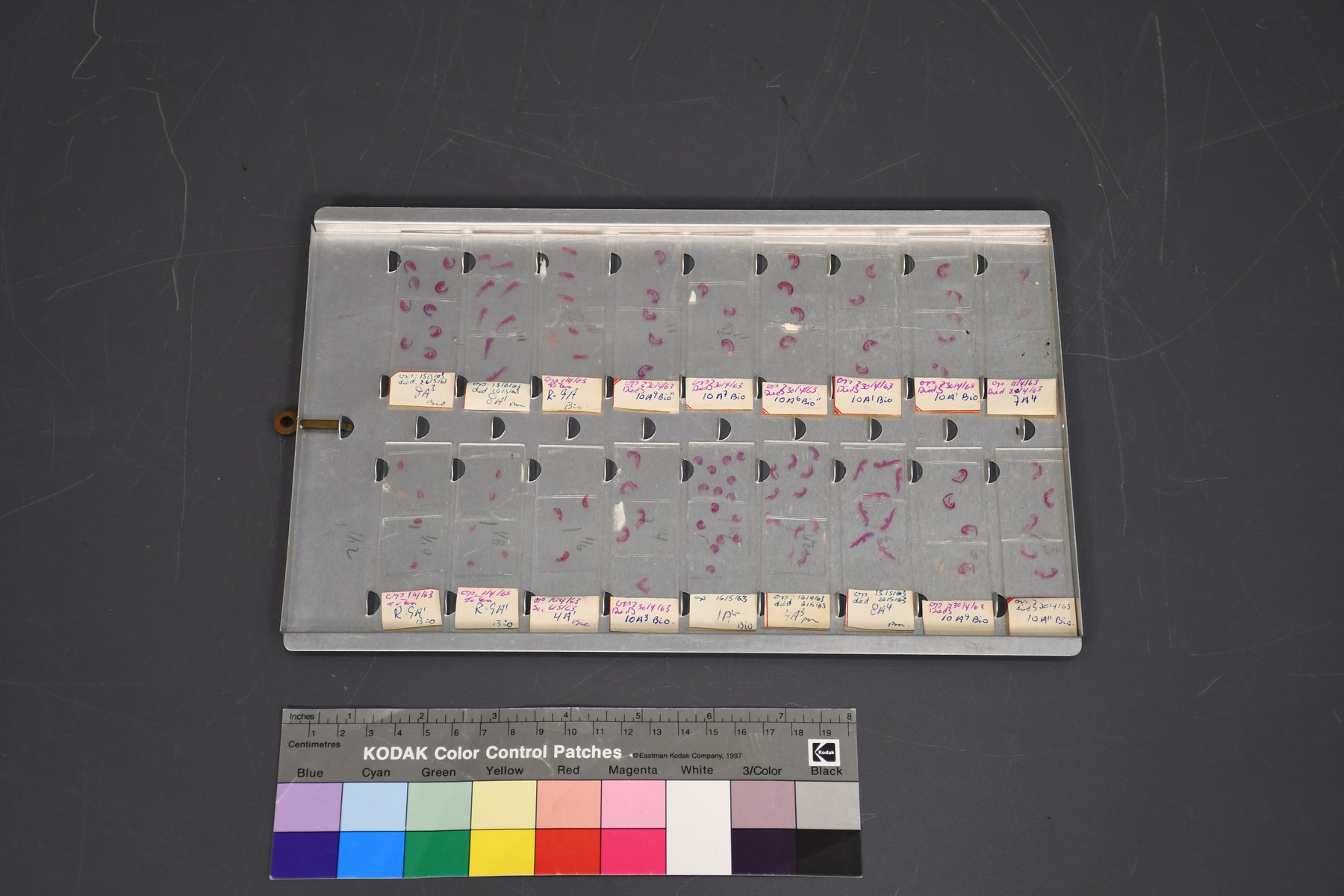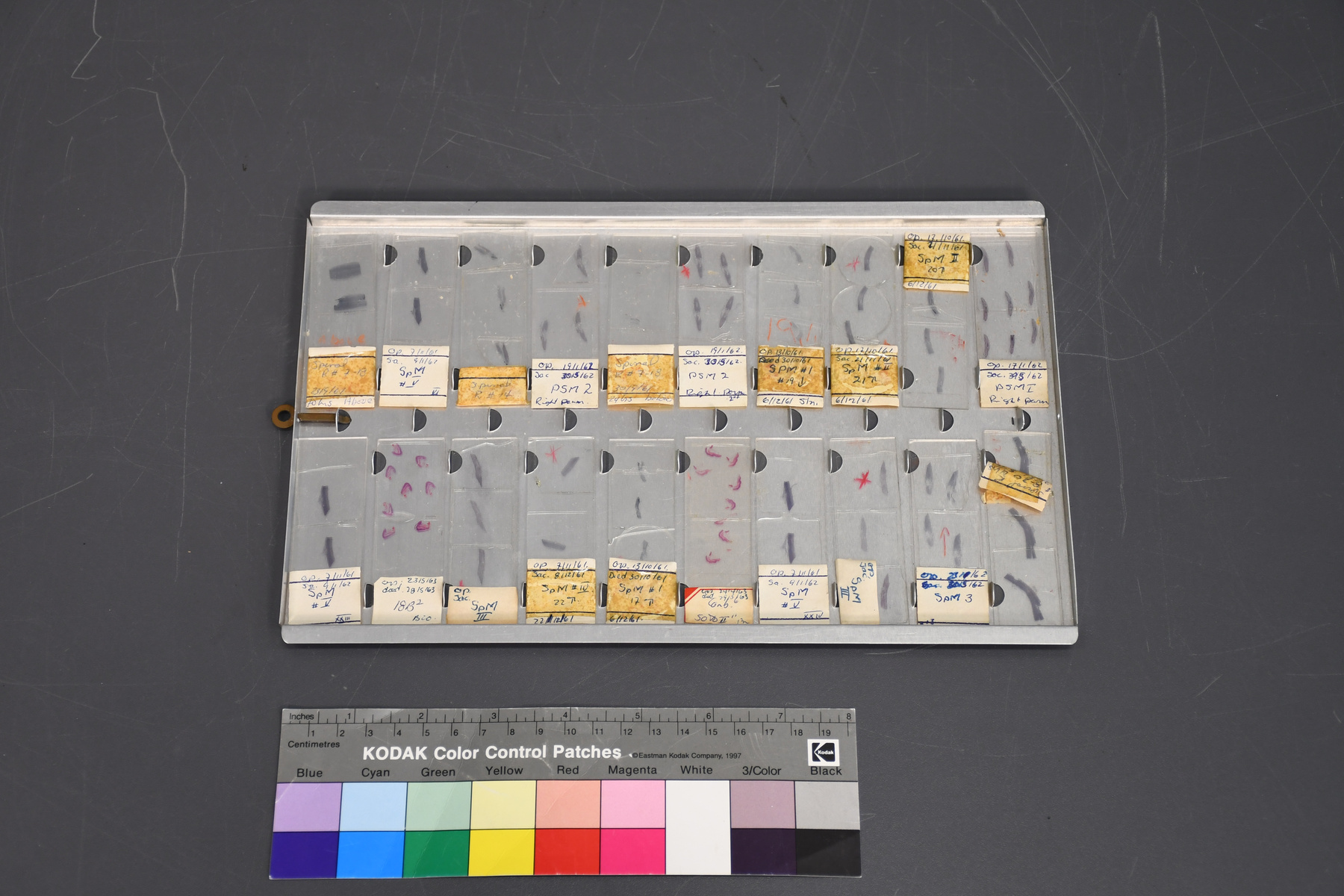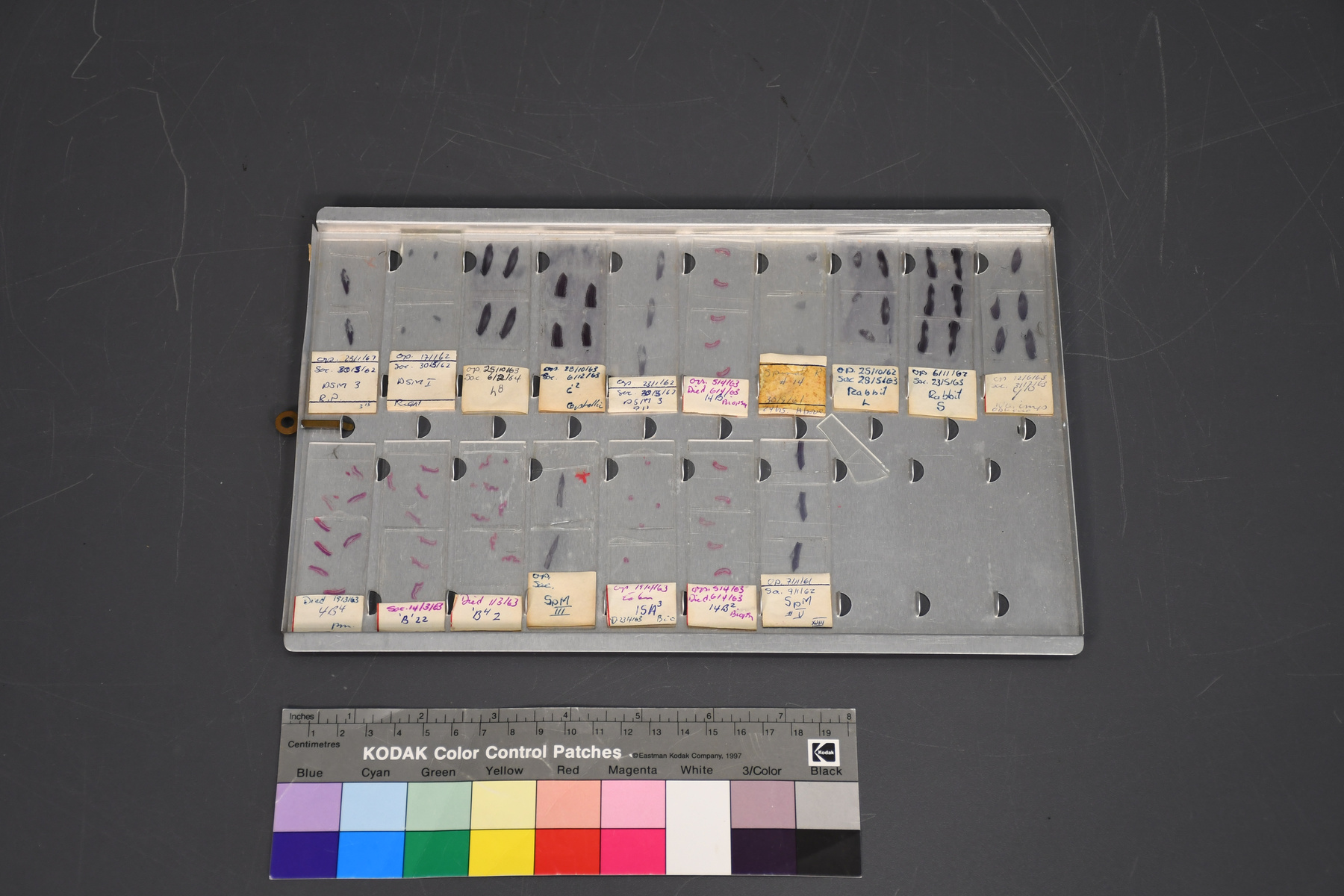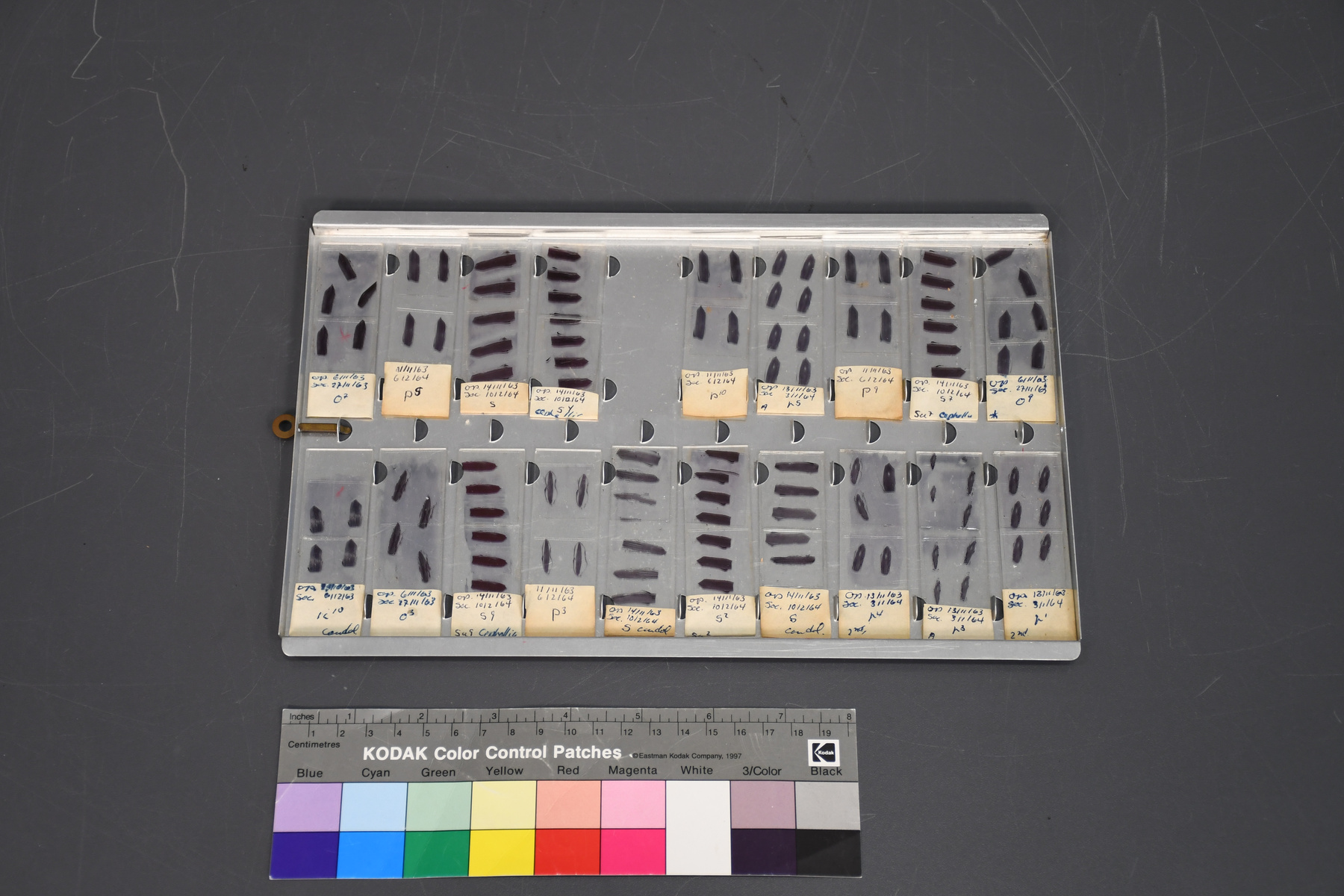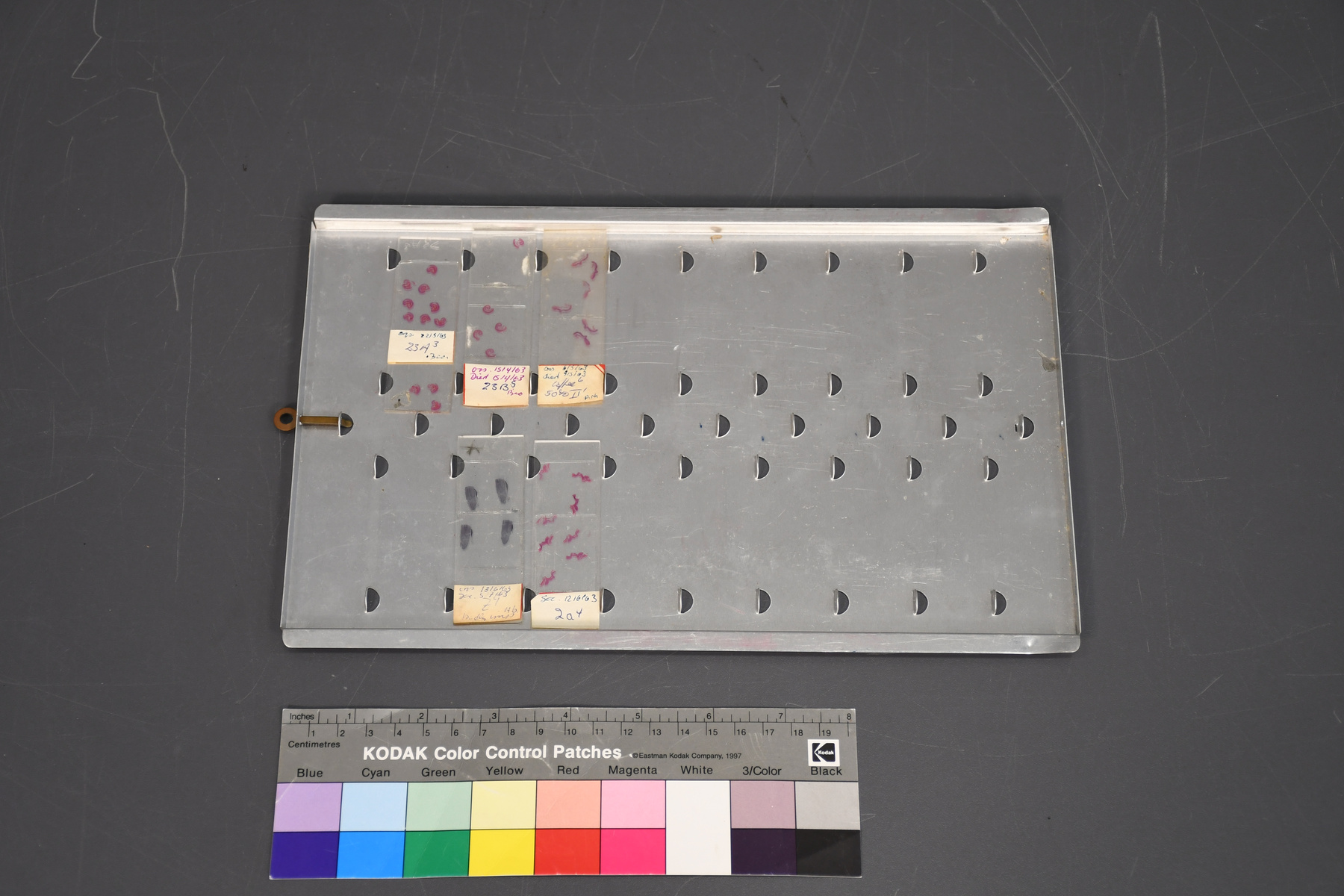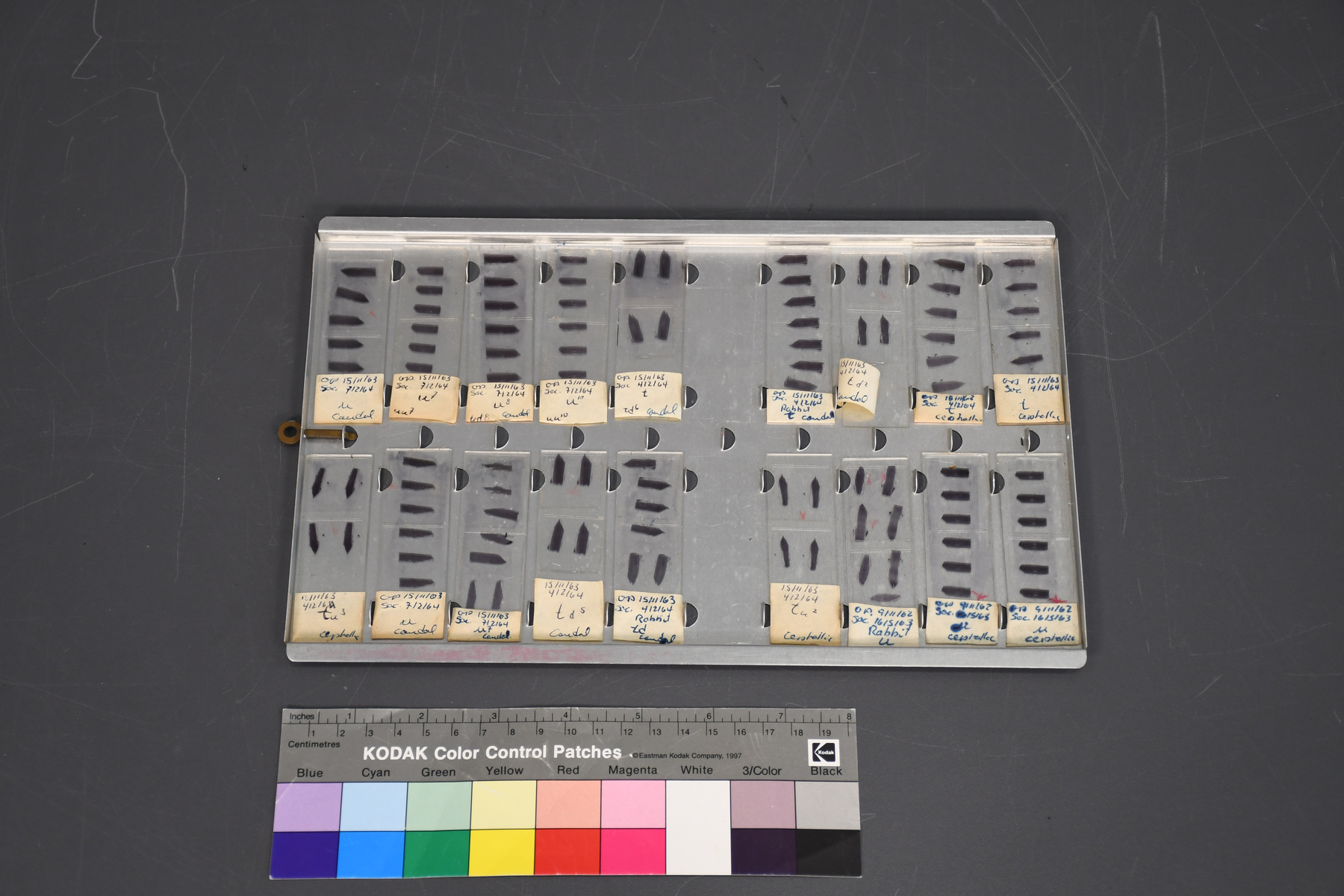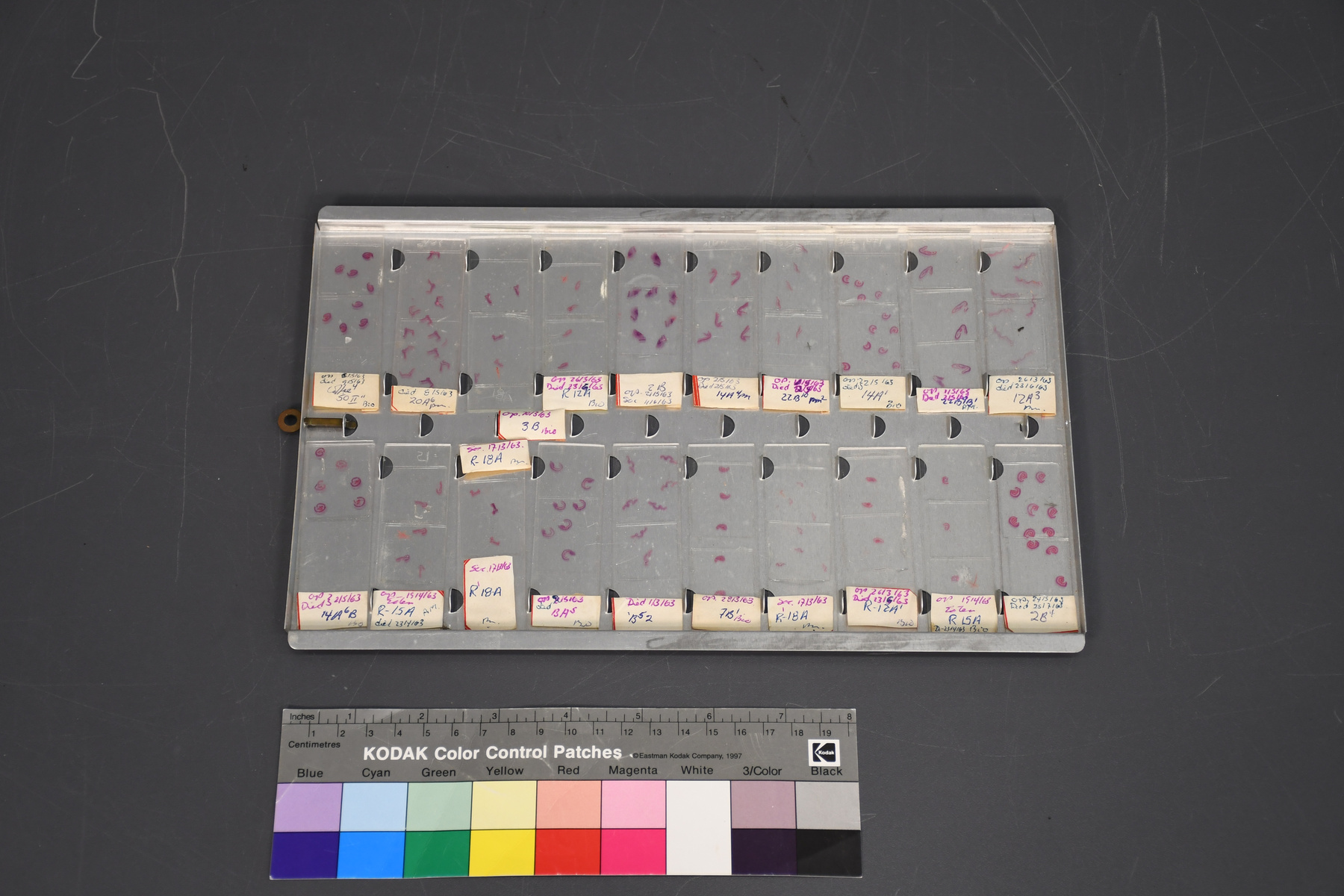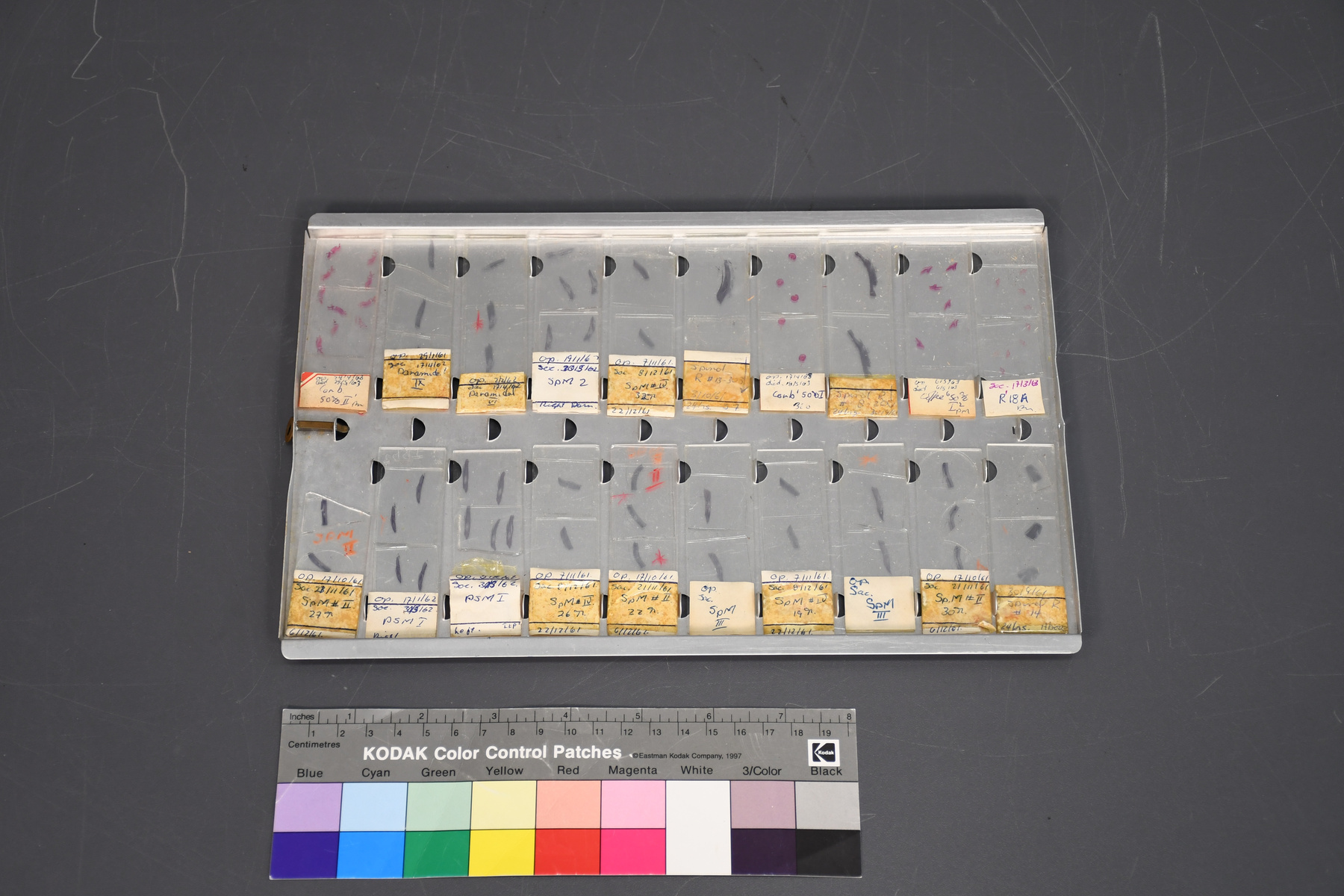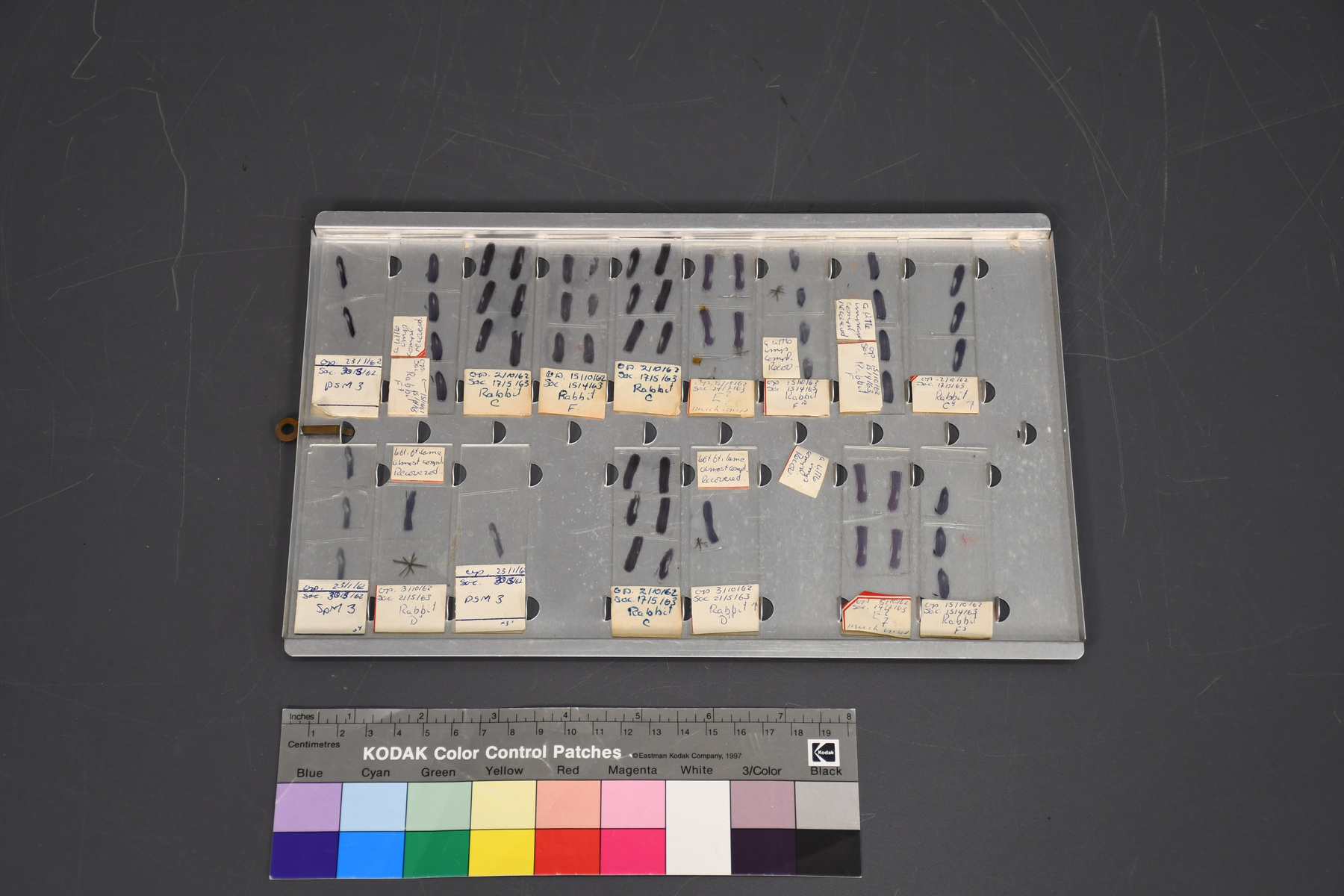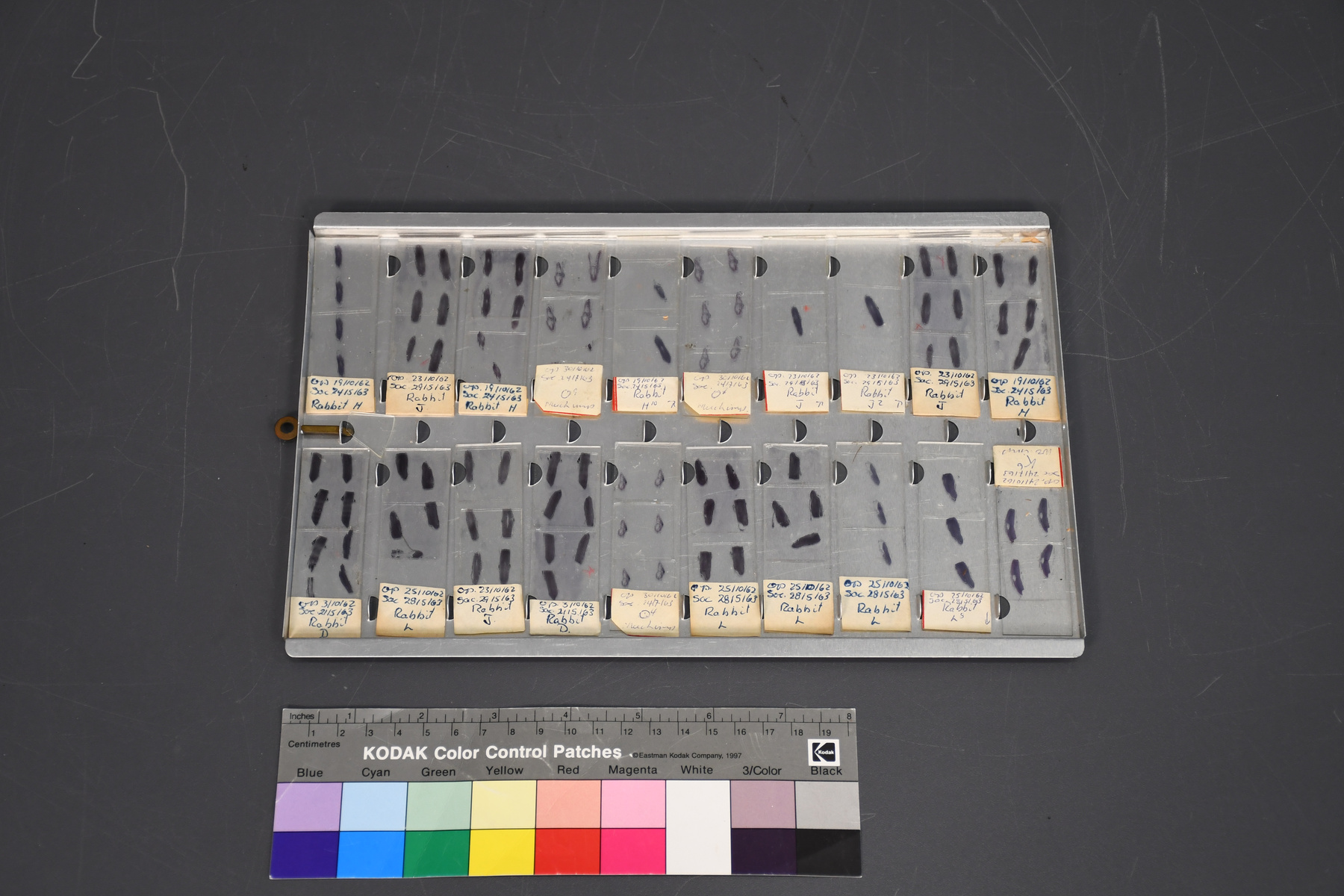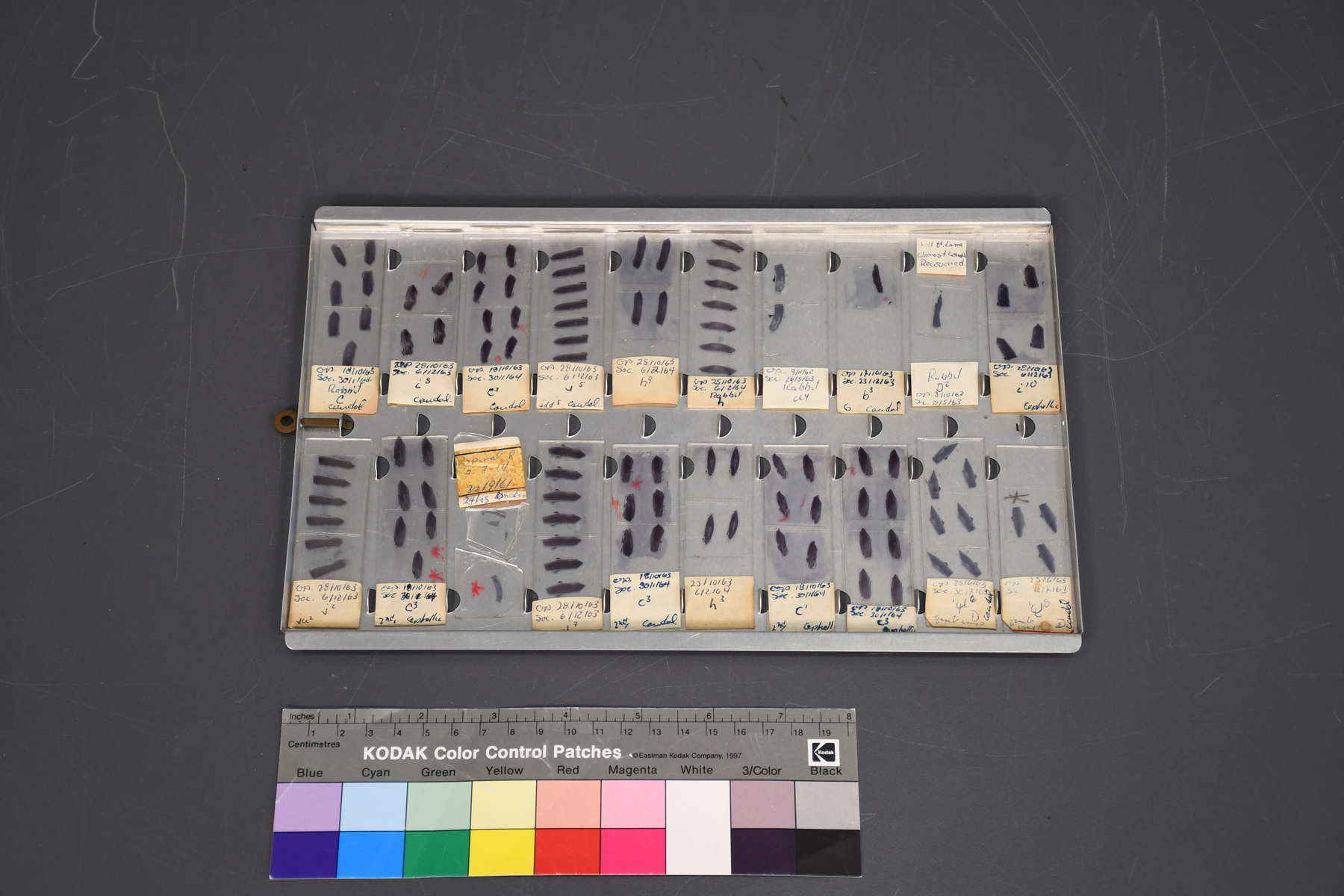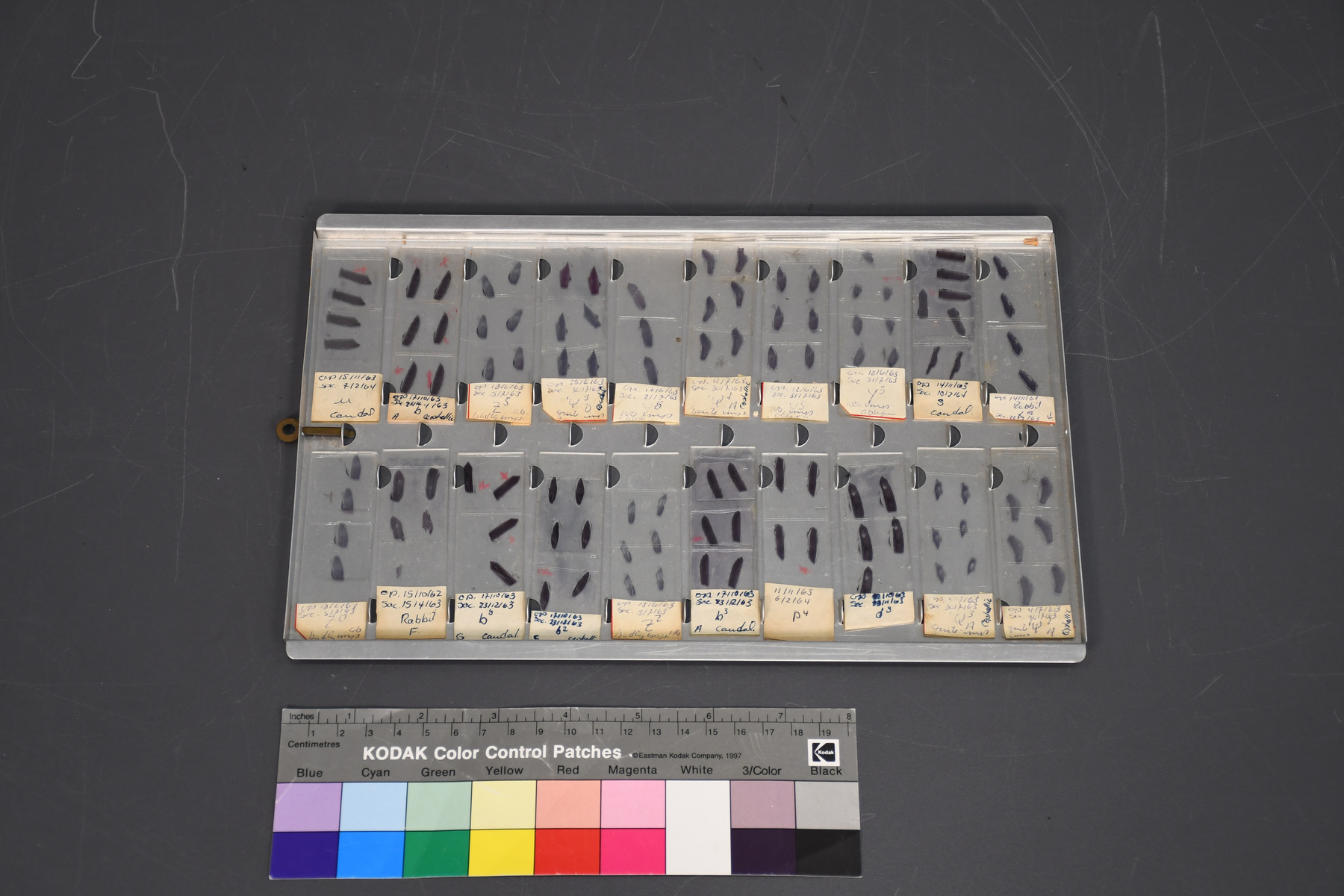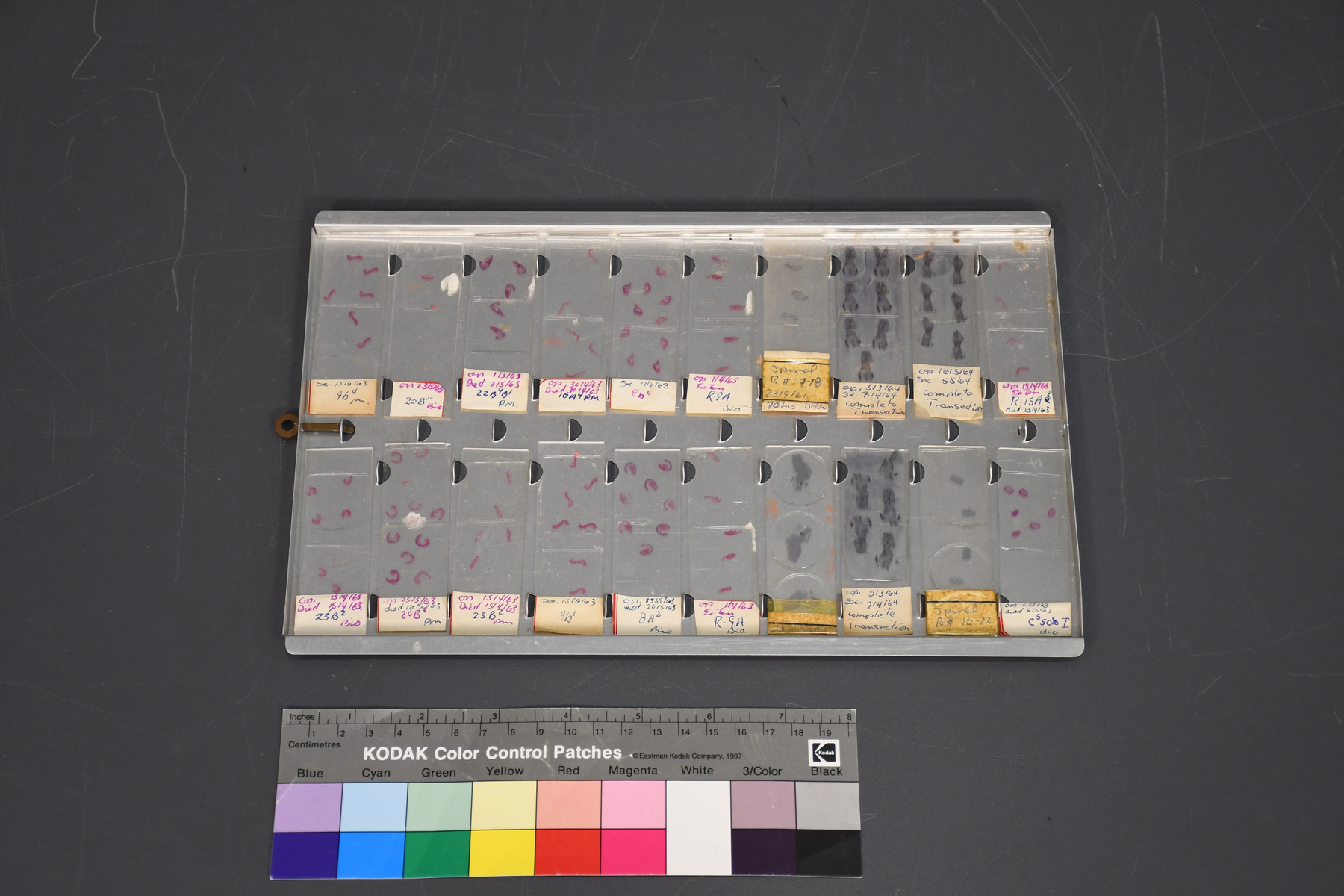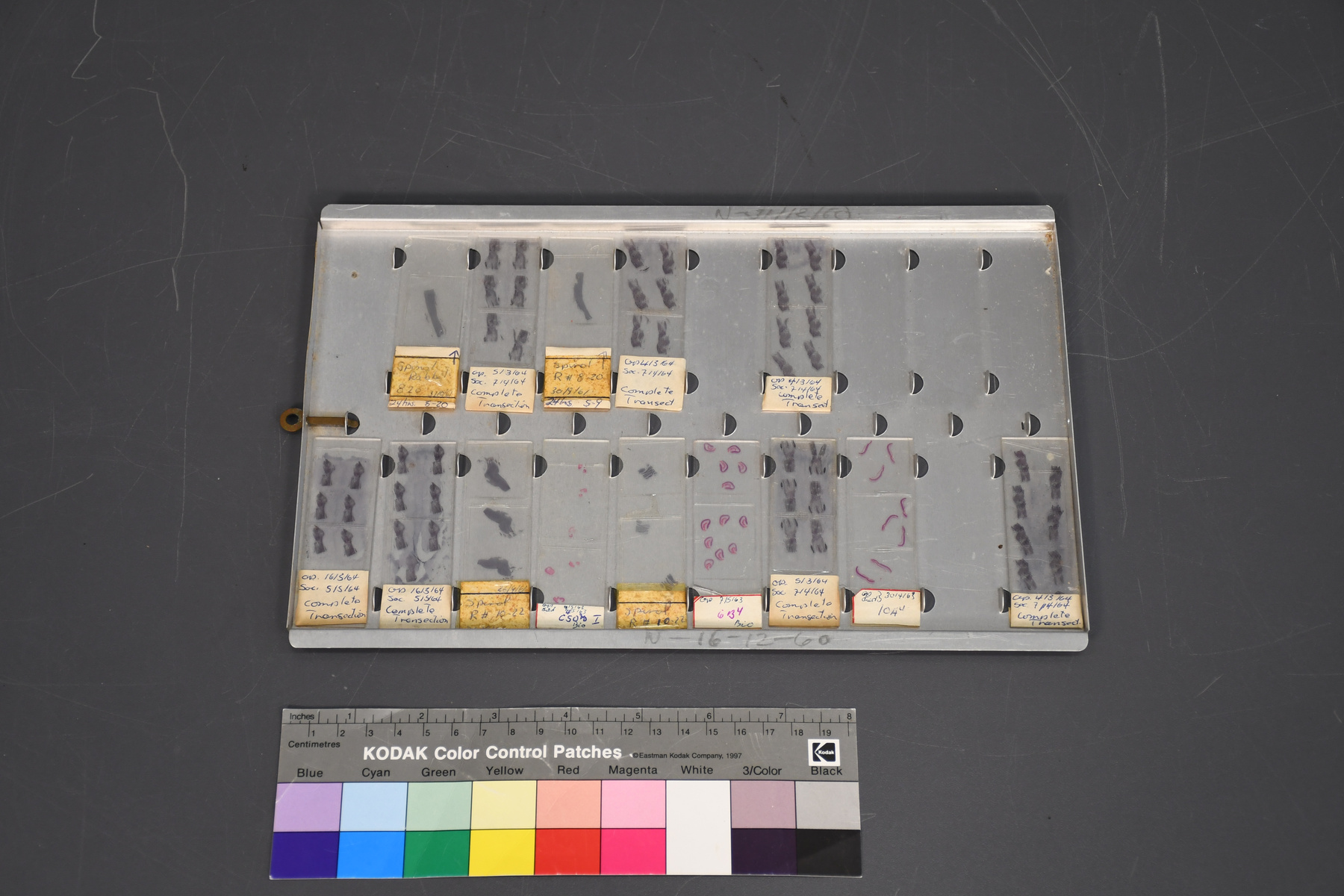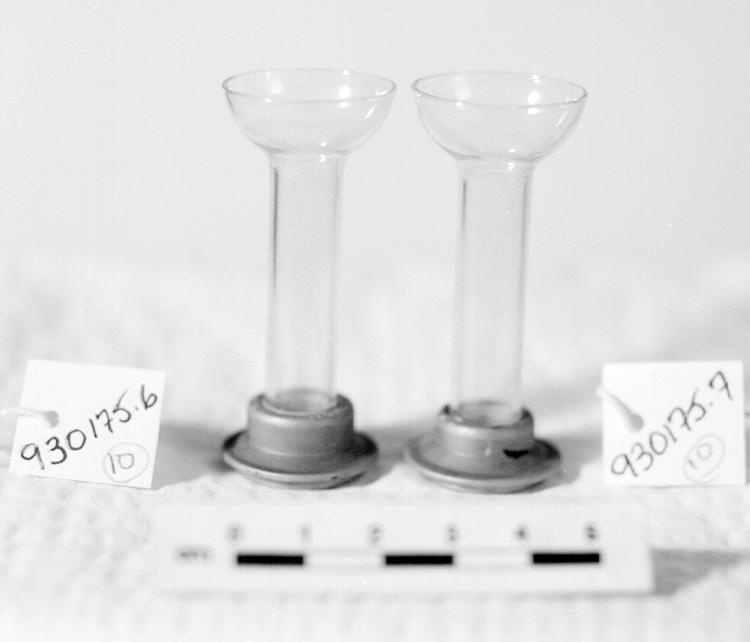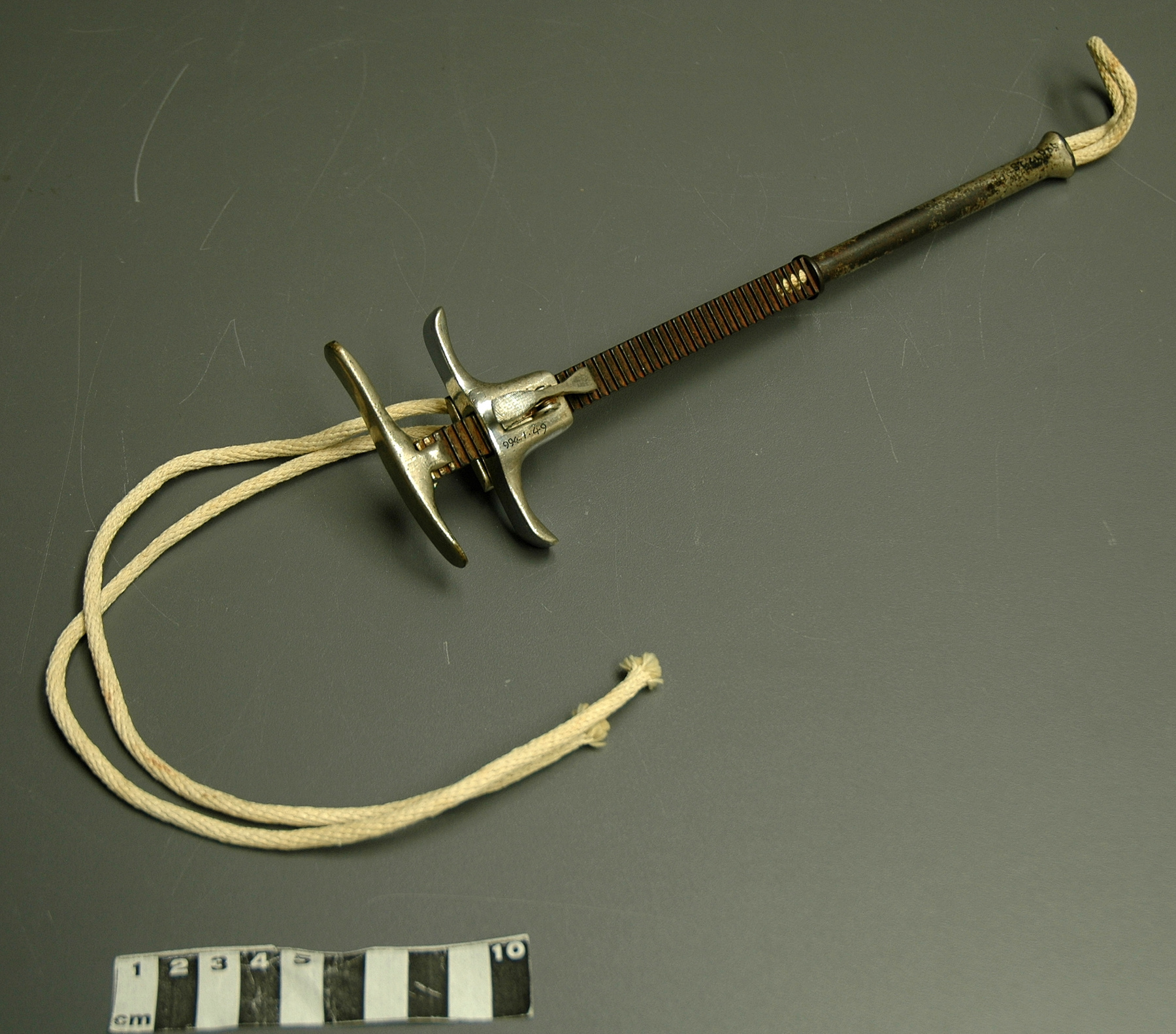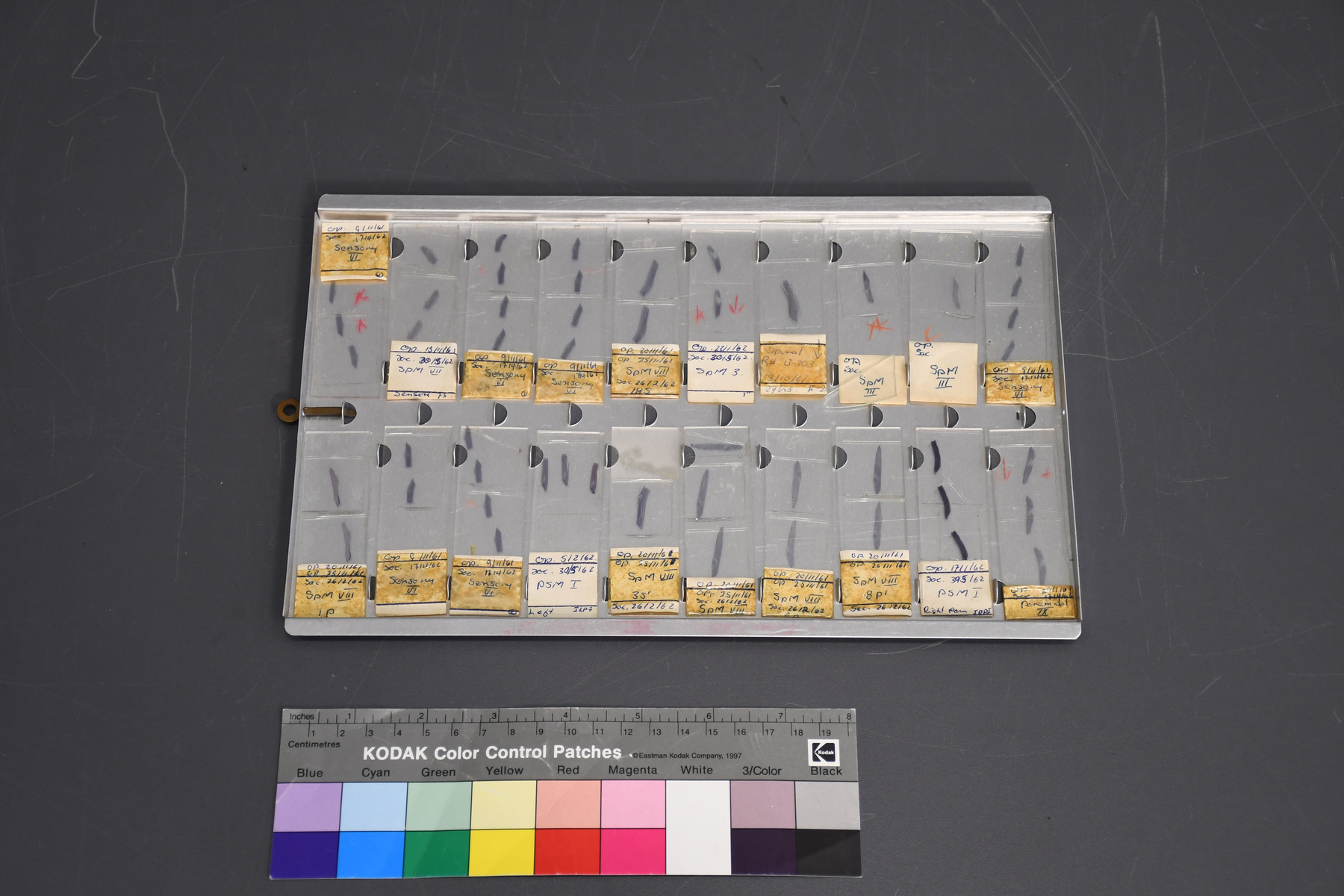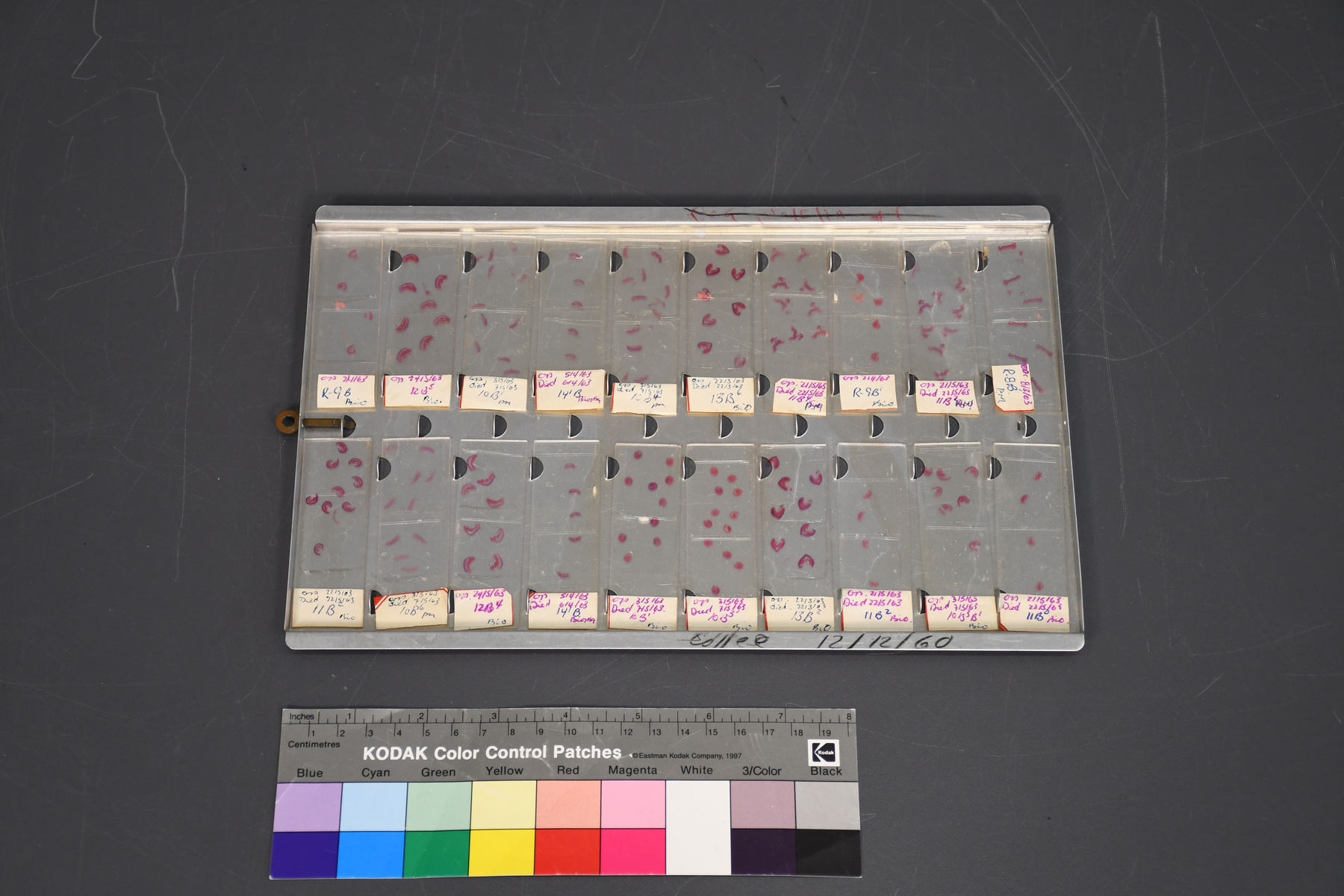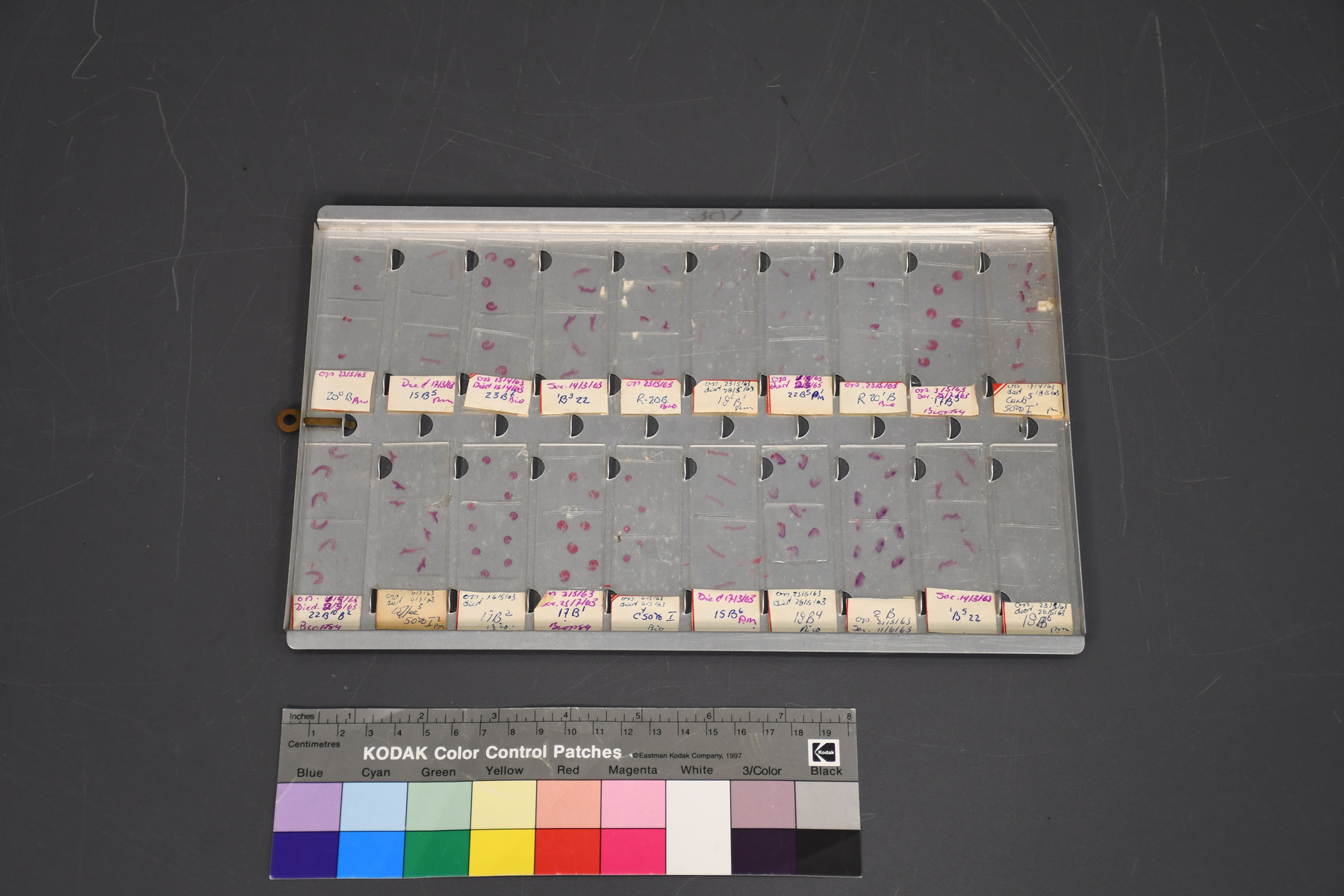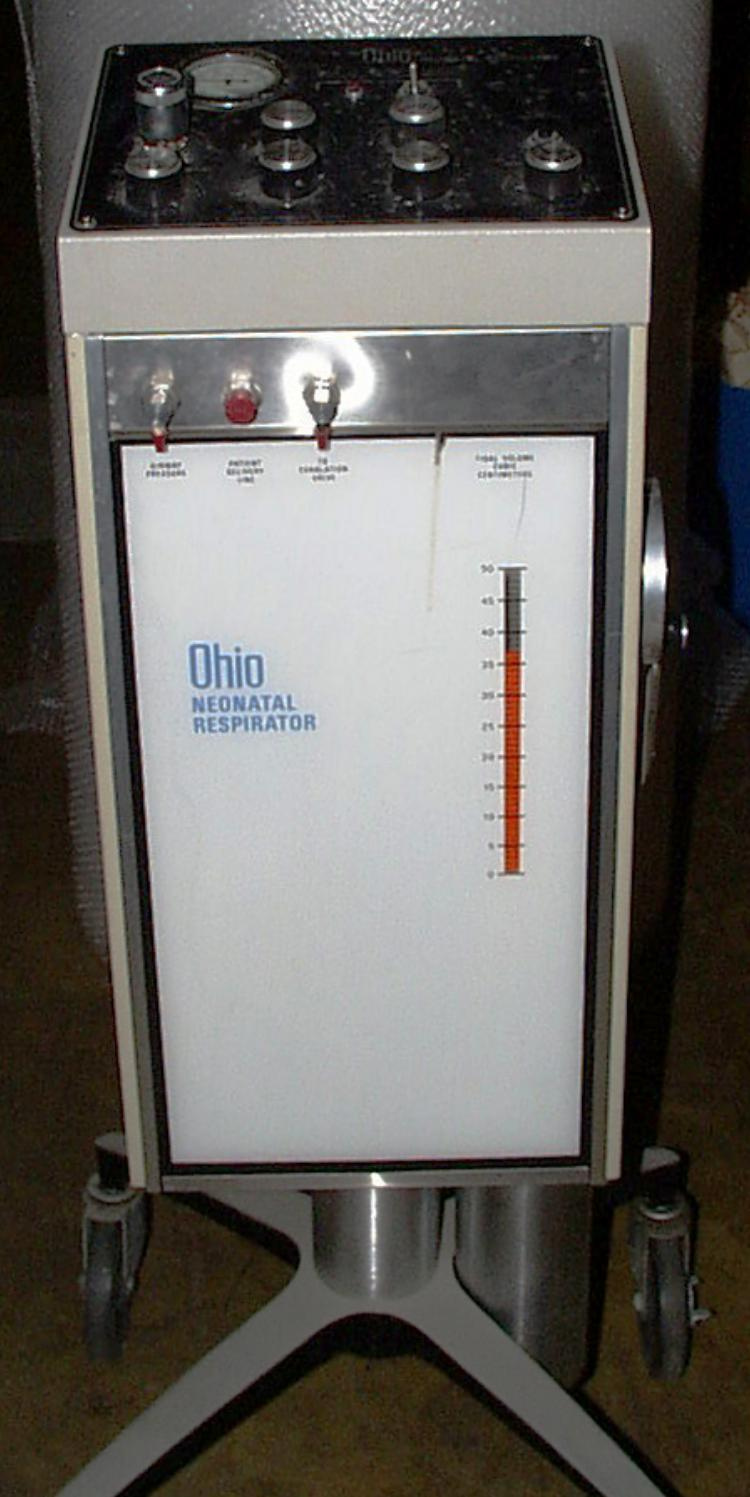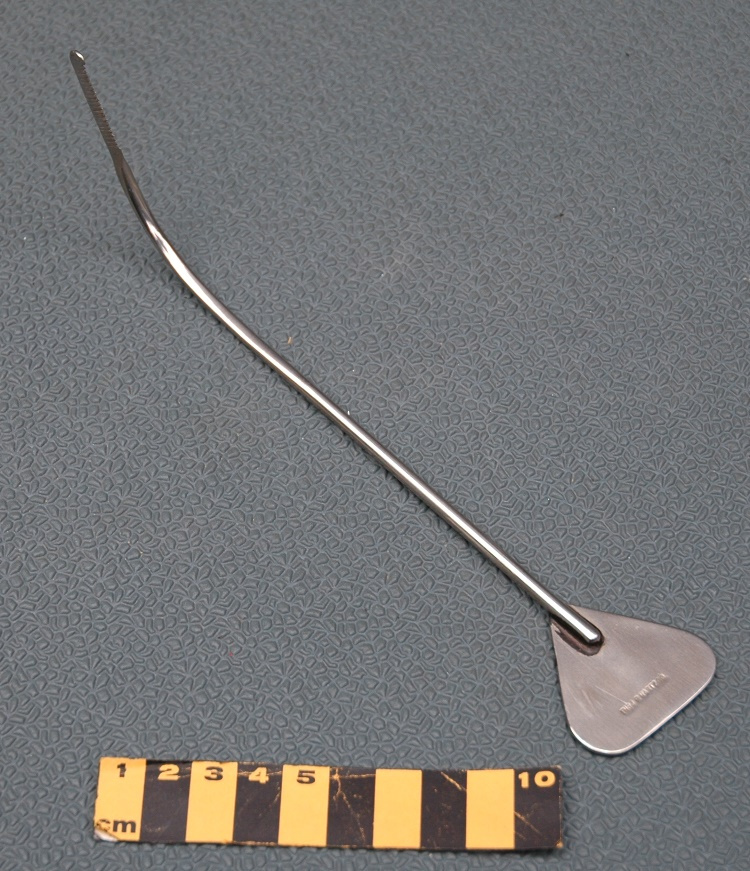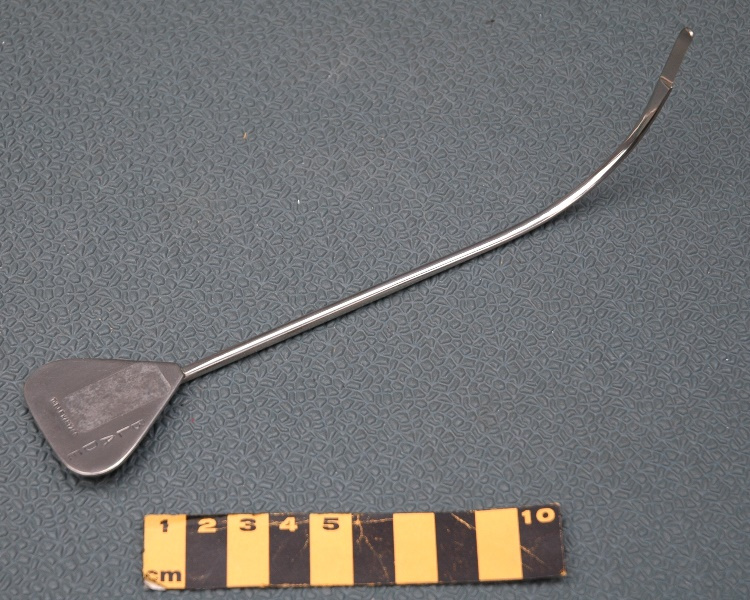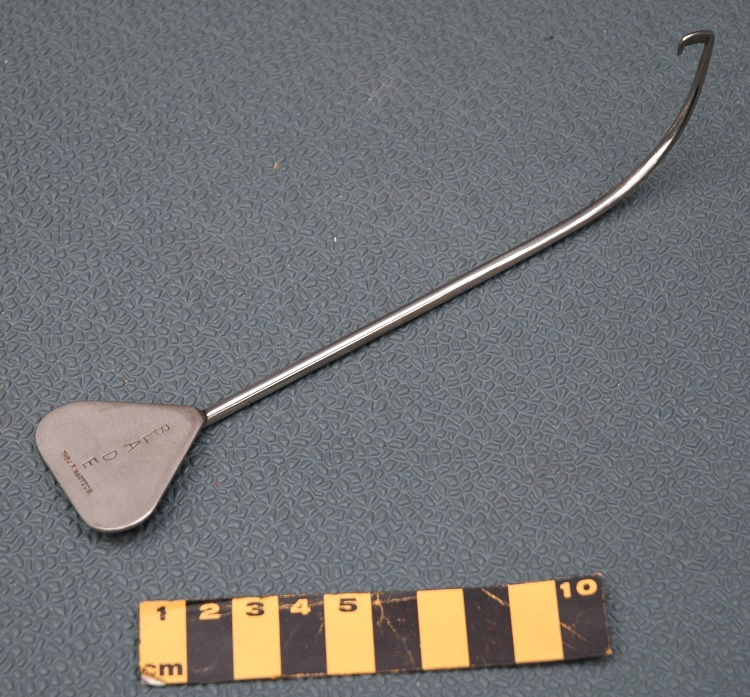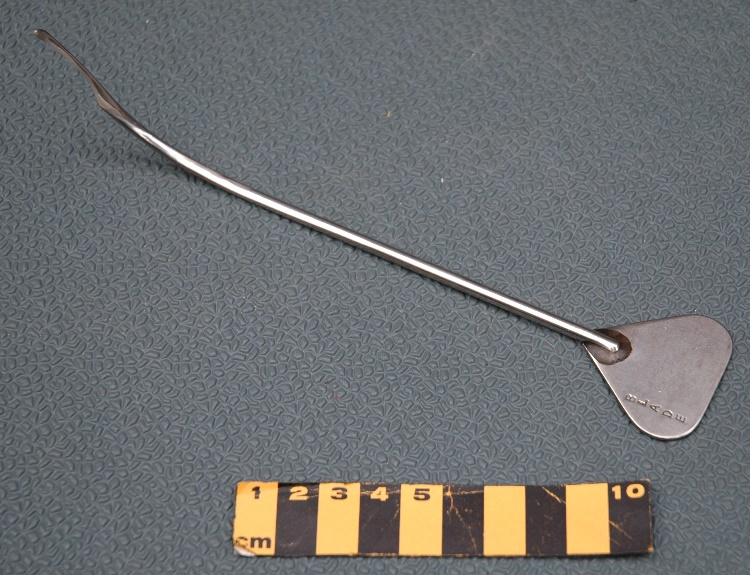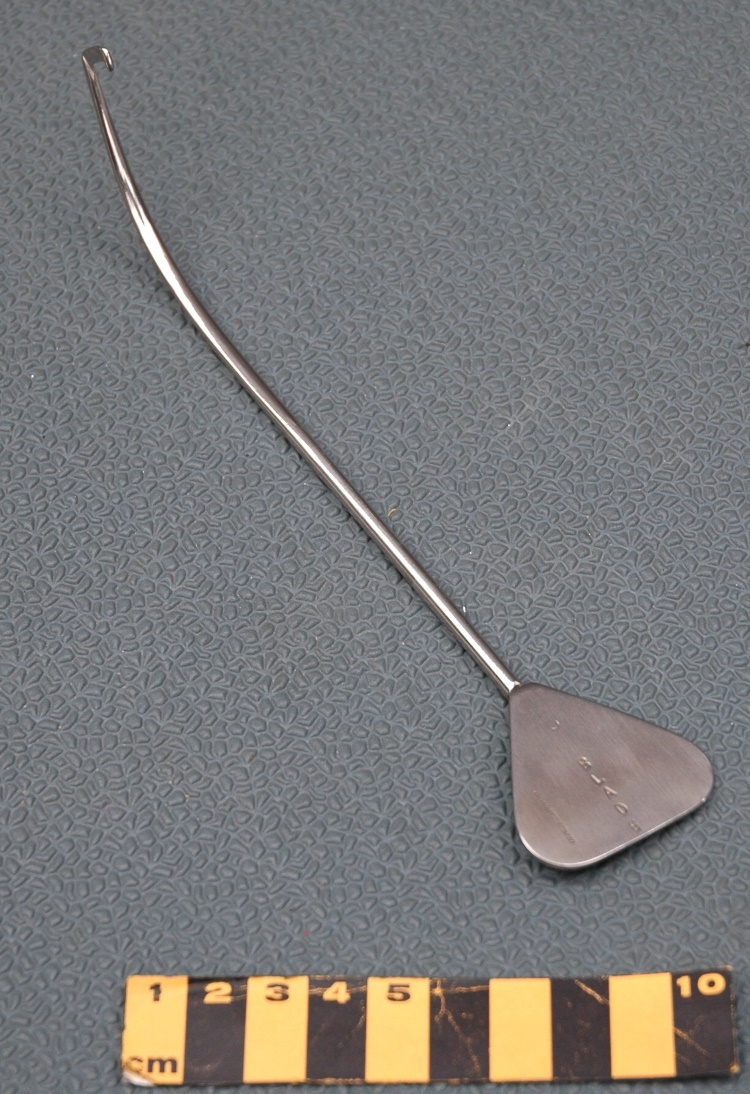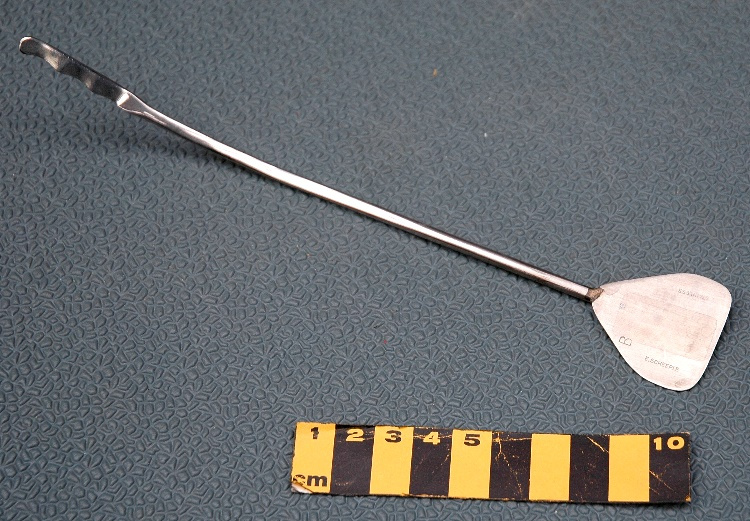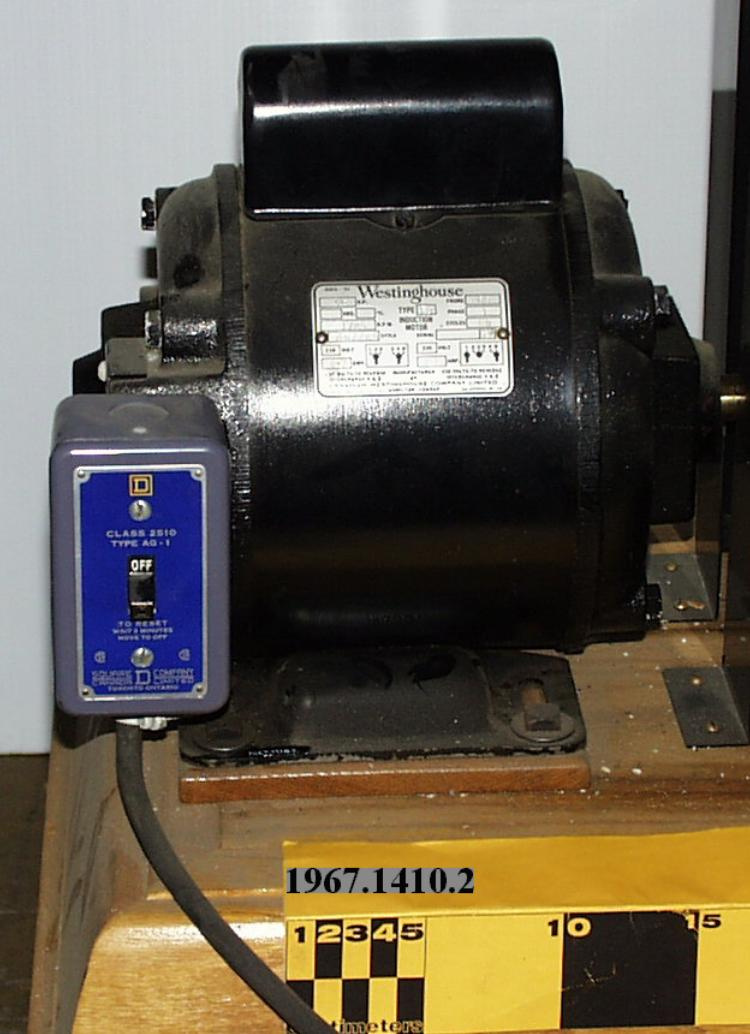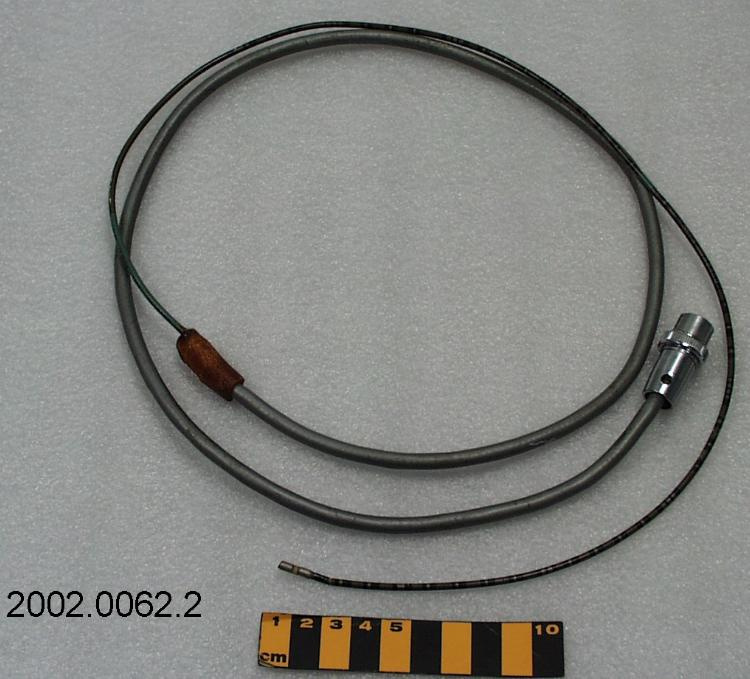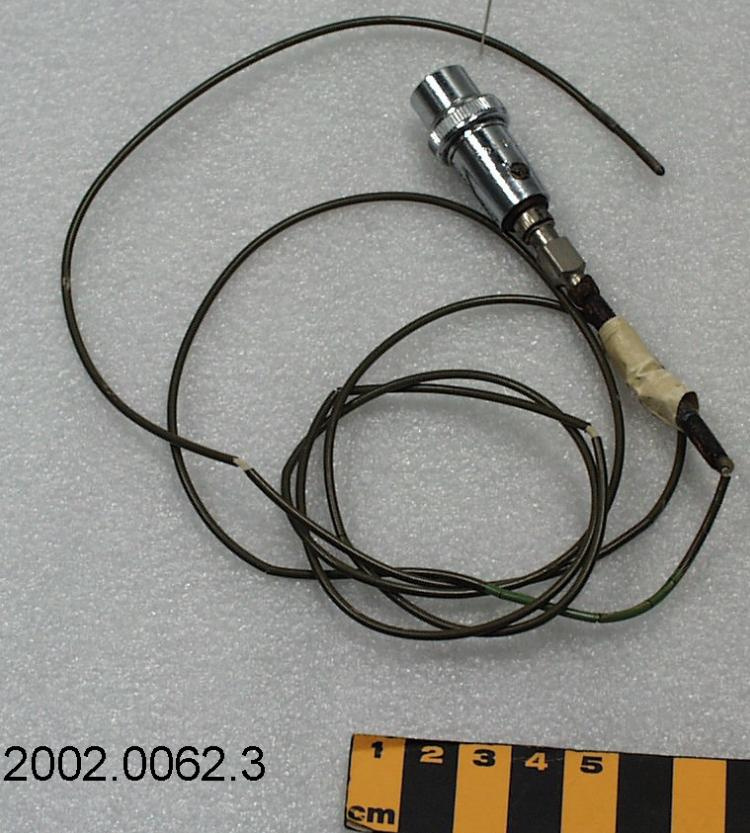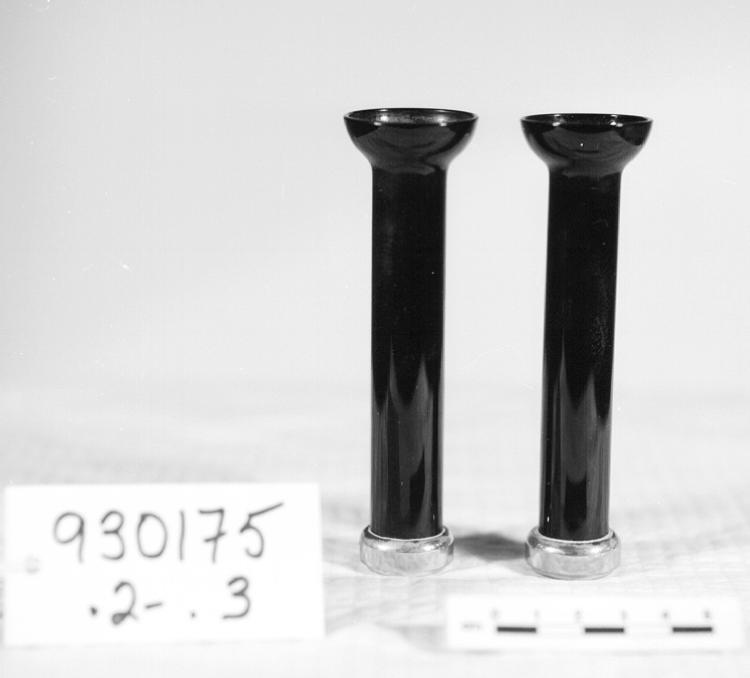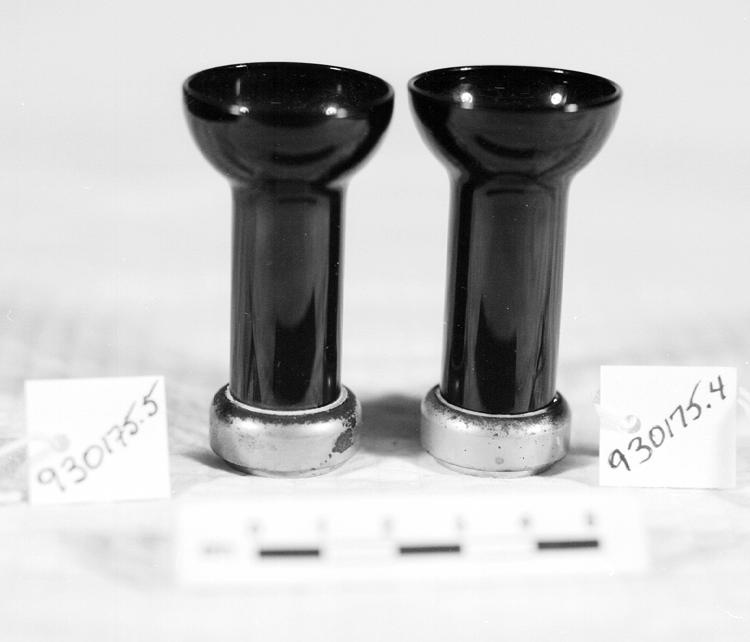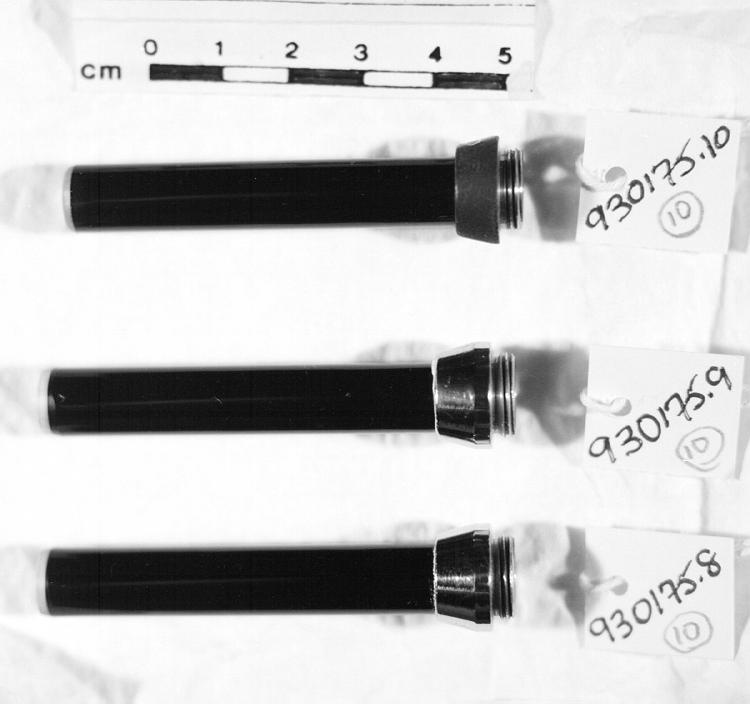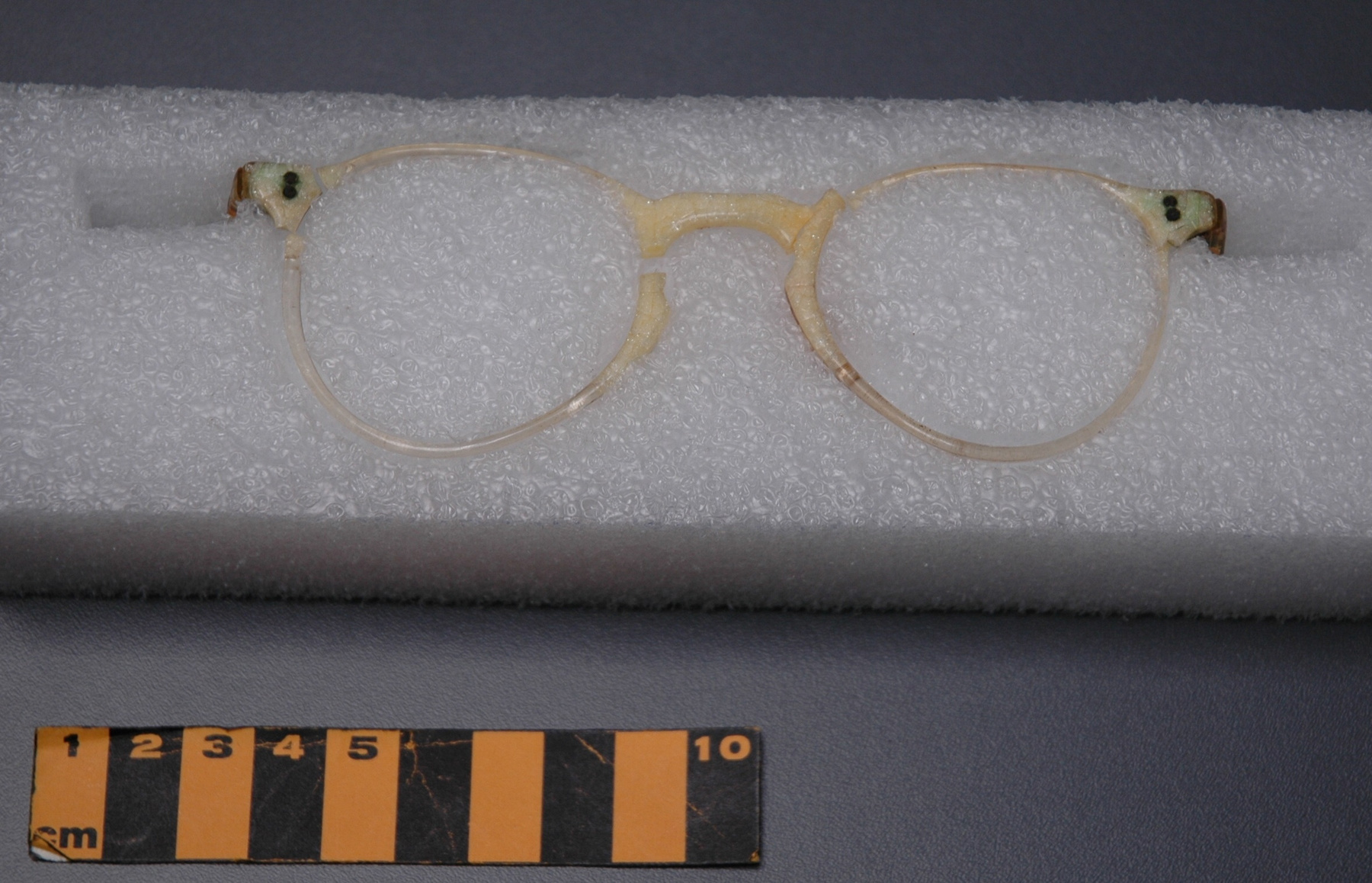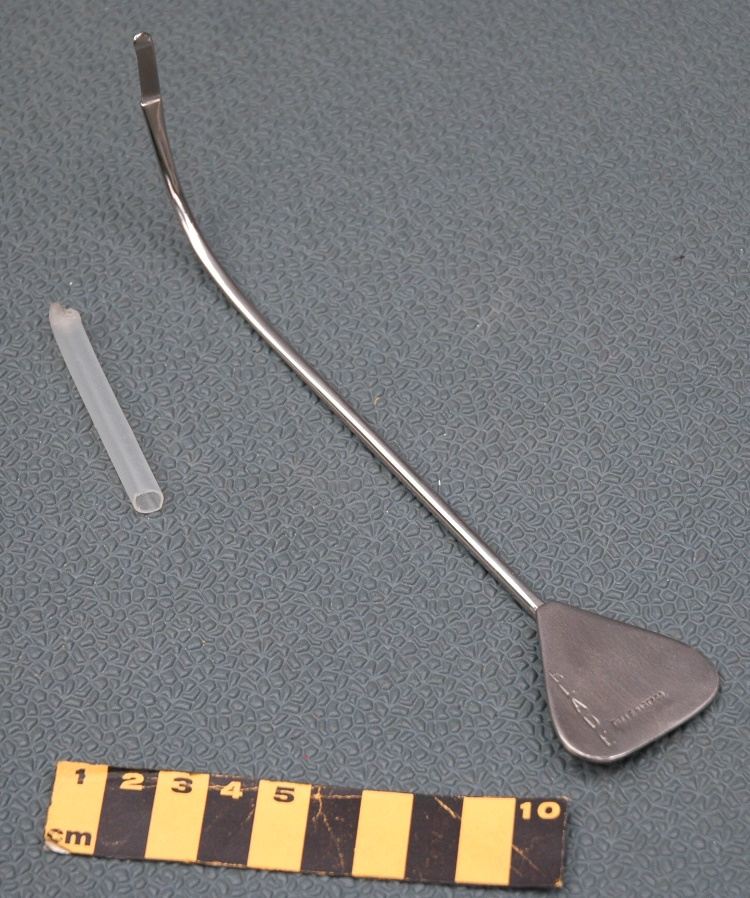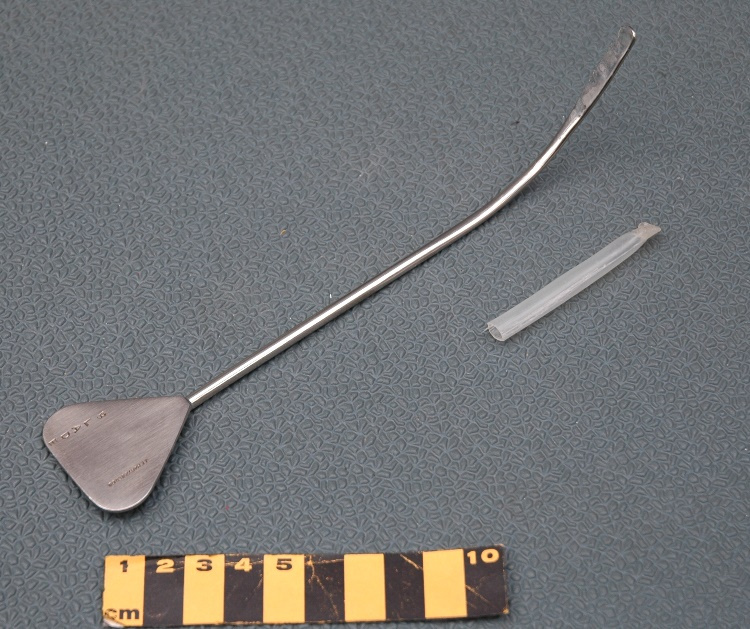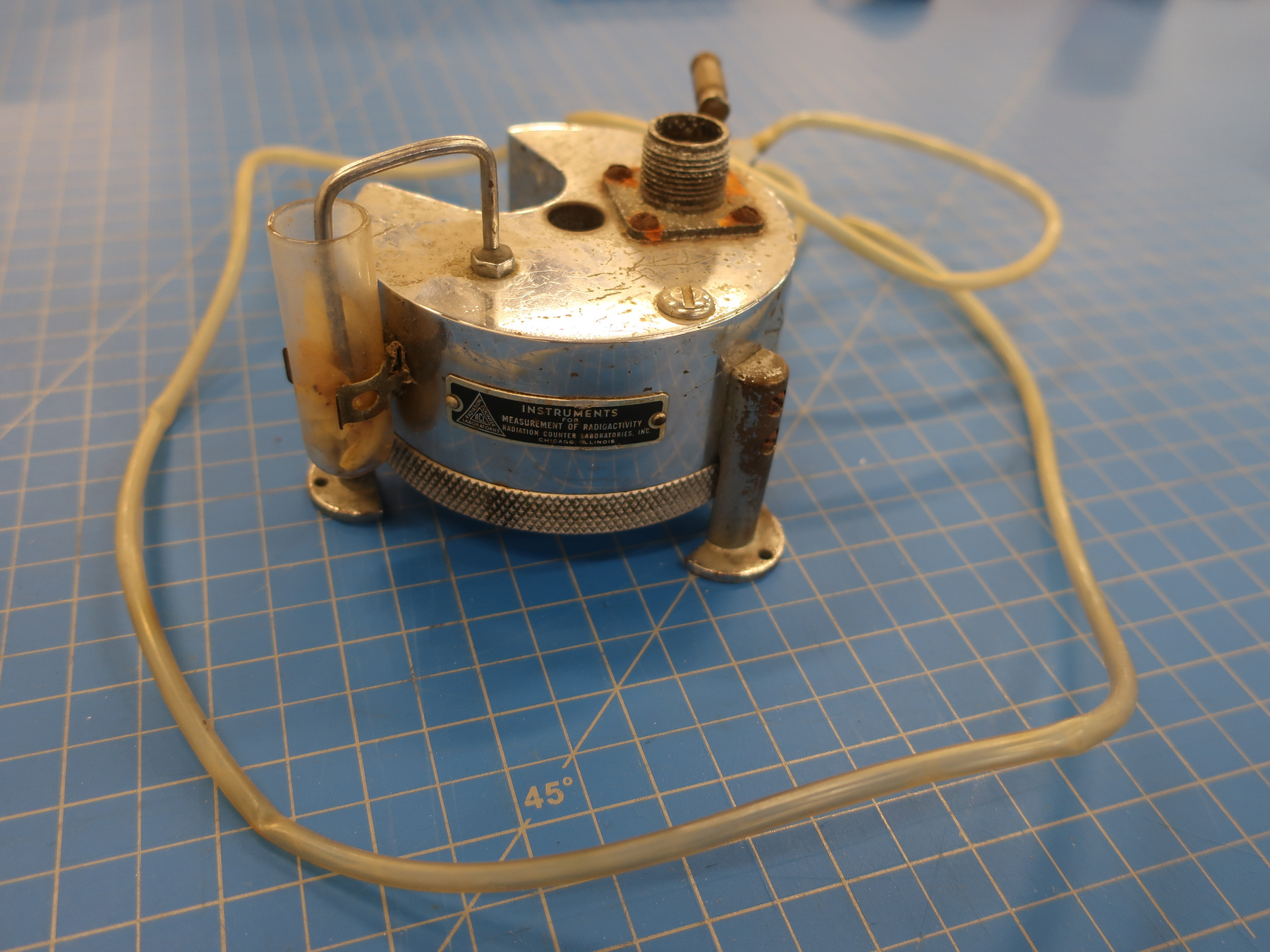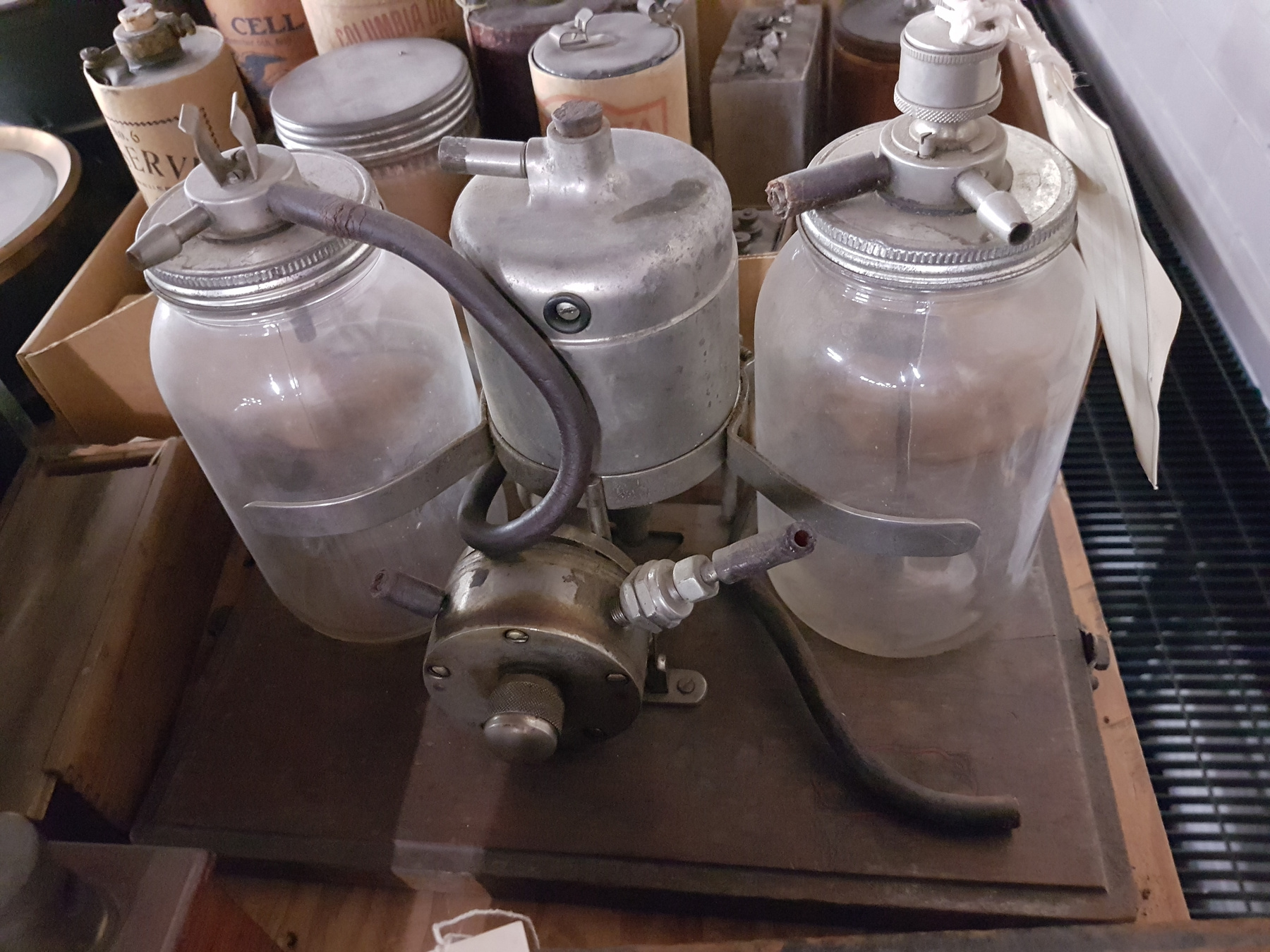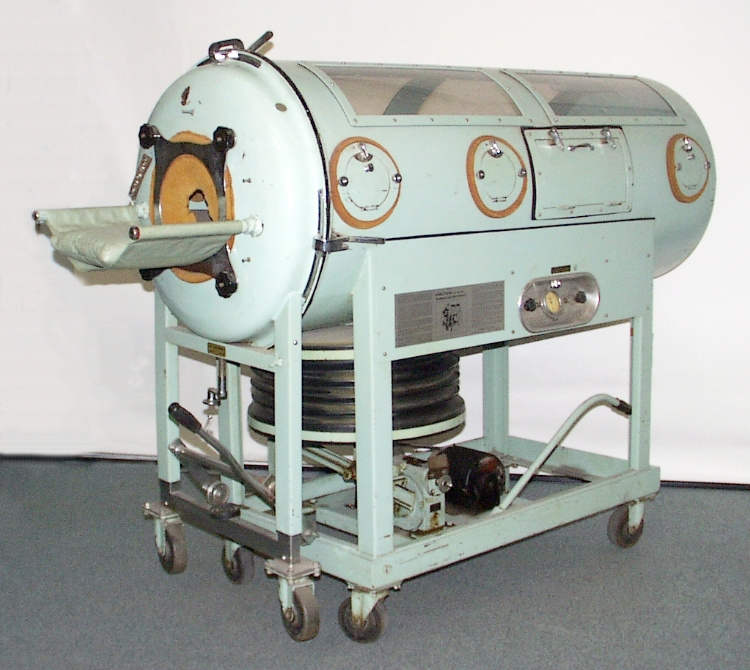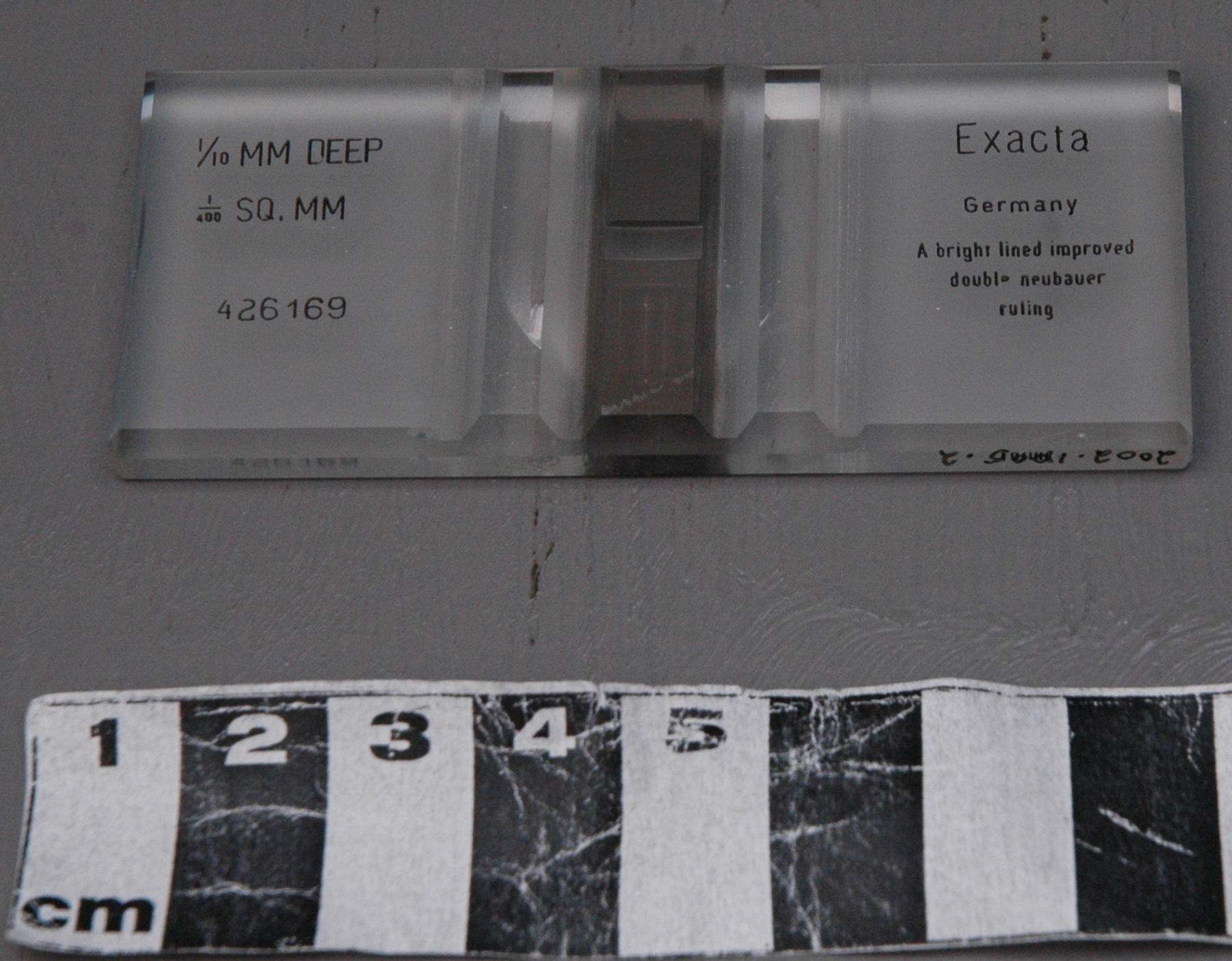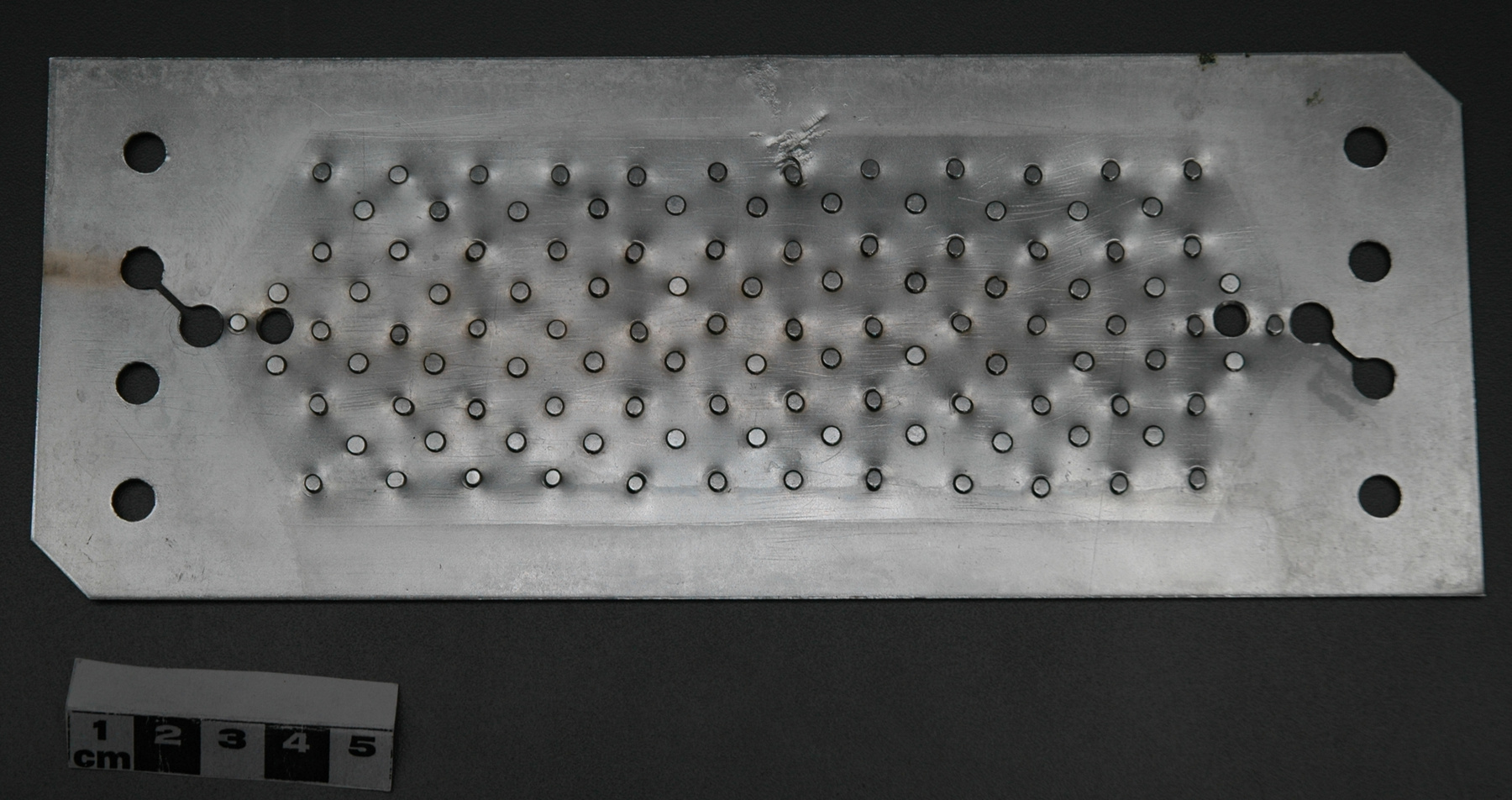Chamber, dialysate
Use this image
Can I reuse this image without permission? Yes
Object images on the Ingenium Collection’s portal have the following Creative Commons license:
Copyright Ingenium / CC BY-NC-ND (Attribution-NonCommercial 4.0 International (CC BY-NC 4.0)
ATTRIBUTE THIS IMAGE
Ingenium,
2002.0620.009
Permalink:
Ingenium is releasing this image under the Creative Commons licensing framework, and encourages downloading and reuse for non-commercial purposes. Please acknowledge Ingenium and cite the artifact number.
DOWNLOAD IMAGEPURCHASE THIS IMAGE
This image is free for non-commercial use.
For commercial use, please consult our Reproduction Fees and contact us to purchase the image.
- OBJECT TYPE
- N/A
- DATE
- 1951–1953
- ARTIFACT NUMBER
- 2002.0620.009
- MANUFACTURER
- Murray, Dr. G. & Roschlau, Dr. W.
- MODEL
- Unknown
- LOCATION
- Toronto, Ontario, Canada
More Information
General Information
- Serial #
- prototype
- Part Number
- 9
- Total Parts
- 10
- AKA
- artificial kidney machine dialyzer
- Patents
- N/A
- General Description
- chrome-plated brass
Dimensions
Note: These reflect the general size for storage and are not necessarily representative of the object's true dimensions.
- Length
- 22.8 cm
- Width
- 8.8 cm
- Height
- N/A
- Thickness
- N/A
- Weight
- N/A
- Diameter
- N/A
- Volume
- N/A
Lexicon
- Group
- Medical Technology
- Category
- Medical equipment
- Sub-Category
- N/A
Manufacturer
- AKA
- Murray Roschlau
- Country
- Canada
- State/Province
- Ontario
- City
- Toronto
Context
- Country
- Canada
- State/Province
- Ontario
- Period
- Used c. 1951-1953.
- Canada
-
Second artificial kidney designed and manufactured by Drs. Gordon Murray and Walter Roschlau at W.P Caven Research Foundation, Toronto c. 1951-1953. It was used experimentally in his laboratory on Holmwood Ave. (site of the CRV) and once for emergency treatment on a patient suffering kidney failure at Toronto General Hospital. [Ref.4] Murray's second-generation machine was an improvement from the original: it's design features made it more compact and efficient, easier to handle, set-up and use, and less intimidating for both patient and hospital staff. [Ref. 8] Murray abandoned his renal dialysis research c. 1954 . Murray was a remarkable surgeon and innovator whose work earned him international recognition. In the 1930s Dr. Murray introduced the anticoagulant Heparin to world clinical practice; in the '40s he developed the first artificial kidney in North America; and in 1955 he performed the first successful transplant of a human heart valve. Unfortunately, these achievements are often overshadowed by his later, controversial work on an anti-cancer serum, and on unconventional surgery for injuries caused by traumatic paraplegia. (2002.0619 Ref. 3] - Function
-
Part of assembled filter unit of artificial kidney machine. - Technical
-
Approx. 0.75 mm thick, dialysate chambers have inflow and outflow through conduit holes that run parallel to those of the blood chambers, with slits into and out of the dialysate chambers. They are mounted to operate in a counter current. The dialysate chambers were designed as solid plates, with rivets projecting from both sides of each plate, in order to stabilize the adjoining cellophane dialyzing sheets and to maintain a uniform dialyzing capacity. For these reasons, one plate has two dialysate chambers, each defined by a rubber gasket frame and the height of the rivet heads. The capacity of one pair of dialysate chambers is approx. 14 mL in an assembled and compressed dialyzer. Like blood chambers [2002.0620.8], dialysate chambers are rounded for ease of identification and assembly within dialyzer. [Ref. 5] - Area Notes
-
Unknown
Details
- Markings
- None, save UHN catalogue no. "994.18.1" printed by hand in black ink in one corner .
- Missing
- None.
- Finish
- Bright silver metal (chrome-plated brass).
- Decoration
- N/A
CITE THIS OBJECT
If you choose to share our information about this collection object, please cite:
Murray, Dr. G. & Roschlau, Dr. W., Chamber, dialysate, between 1951–1953, Artifact no. 2002.0620, Ingenium – Canada’s Museums of Science and Innovation, http://collections.ingeniumcanada.org/en/item/2002.0620.009/
FEEDBACK
Submit a question or comment about this artifact.
More Like This
